Last updated on April 21, 2024
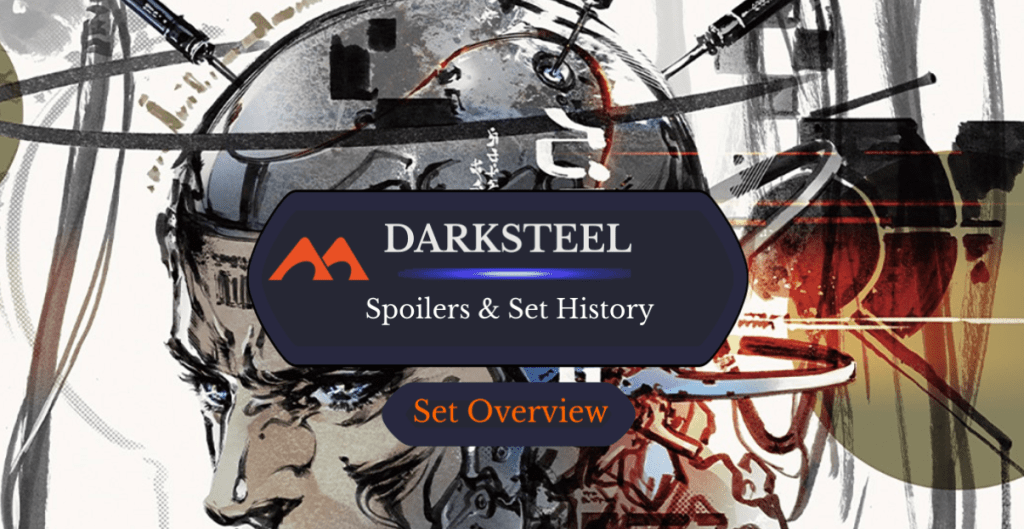
Skullclamp | Illustration by Yoji Shinkawa
Debuting in early 2004, Darksteel is the second set in the Mirrodin block and it continues the artifact-heavy theme established by Mirrodin. At that time, small sets were usually small variations of the previous large set, including a few chase rares and one or two new mechanics.
Small sets should also be compatible in Limited, since you’d draft Darksteel alongside Mirrodin, so there wasn't much room for big changes. But while Mirrodin was a safe set without many development problems, Darksteel provoked the most bannings in Constructed MTG since Urza’s Saga.
Let’s dive into the story of Darksteel and see why Constructed took a huge hammer!
Darksteel Basic Information
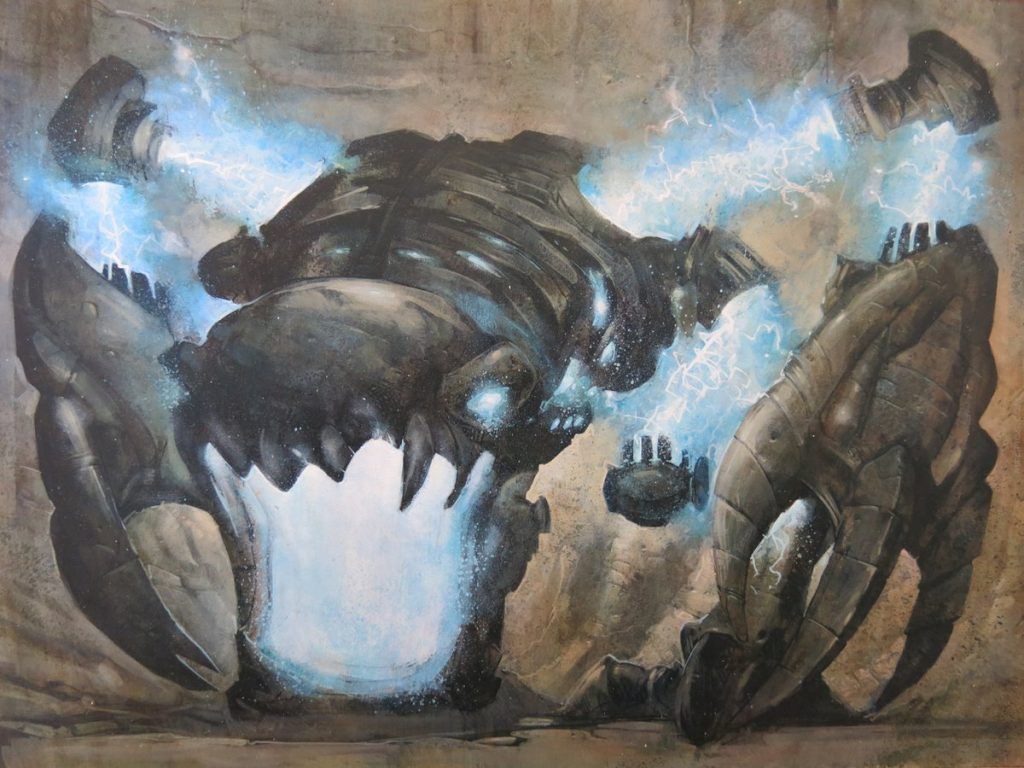
Arcbound Ravager | Illustration by Carl Critchlow
Set Details
| Set Symbol |  |
| Set Code | DST |
| Number of Cards | 165 |
| Rarities | 55 commons, 55 uncommons, 55 rares |
| Mechanics | Affinity for artifacts, Affinity for basics, Entwine, Indestructible, Modular |
Important Dates
| Event | Date |
|---|---|
| Pre-release Week | February 24-25, 2004 |
| Paper Release Date | February 6, 2004 |
| Release on Magic Online | March, 2004 |
| Available on Draftsim's Draft Simulator | No |
| Available on Arena Tutor | No |
About the Set: The Story
As the second set in the Mirrodin block—composed of Mirrodin, Darksteel and Fifth Dawn—Darksteel continues the story that began in Mirrodin. Glissa Sunseeker, Bosh, Iron Golem, and Slobad, Goblin Tinkerer venture through different parts of the plane, getting attacked by the levelers and uncovering the truth about Memnarch and his plans for both Mirrodin and Glissa.
In Darksteel, we learn that Mirrodin's Core is filled with fungi called the Mycosynth that are responsible for turning artifacts into creatures as well as developing metal parts into organic beings. Naturally, this ties into the flavor of the Mycosynth cards. The next set, Fifth Dawn, concludes the story.
Constructed Impact
Darksteel made waves in multiple Constructed formats, including Standard and Block Constructed. The combination of Darksteel cards like Arcbound Ravager and Skullclamp with the artifact lands amped up the power of existing Affinity decks until their dominance necessitated bannings. It’s also fair to point out that WotC’s design and test process wasn’t nearly as advanced as it currently is, with sets being tested a few months prior to the release. An article that came out after the set even revealed that developers caught wind of Skullclamp’s overwhelming power, but all they could do was pray that smart and dedicated MTG players didn’t misuse the card. These prayers went unanswered.
Darksteel Mechanics
Affinity for Artifacts
Returning from Mirrodin, the infamous affinity for artifacts mechanic makes a spell cost less mana for each artifact you control. Cost reduction mechanics are easy to exploit in Constructed decks and often lead to broken interactions. Good examples of affinity cards in DST are Furnace Dragon and Chromescale Drake.
Affinity for Lands
In Darksteel, Affinity was extended to basic land types. These are all commons, some of which see Pauper play, like Spire Golem and Razor Golem.
Entwine
Another mechanic returning from Mirrodin, Entwine cards allow you to choose one of two modes when casting the spell. If you pay the entwine cost, however, you get both modes. In this sense, the mechanic is very similar to kicker as the spell gets stronger when you pay more mana. Savage Beating and Reap and Sow are prime examples of entwine in DST.
Indestructible
In MTG lore, Darksteel is an indestructible metal, so it makes sense that the set keyworded indestructible as a mechanic. Indestructible is evergreen now, but it started here. Darksteel Colossus—which later became Blightsteel Colossus—is the iconic indestructible card from DST.
Modular
Modular is the set’s strange and wordy mechanic. Artifacts with modular X start with X +1/+1 counters, and when they die, you may transfer all their counters to another artifact creature. Sacrificing your own artifact creatures with modular for profit acts as a combat trick since you can buff other creatures with the +1/+1 counters. The most iconic card with the modular mechanic from this set is Arcbound Ravager.
Darksteel Card Gallery
White
Blue
Black
Red
Green
Colorless
Lands
Notable Cards
Death Cloud
Death Cloud is a hell of a catchup card, and it’s interesting to cast when you have fewer creatures, lands, or cards than your opponents. It sees play in EDH decks with discard synergies as well as stax/aristocrats decks. You can even win via Death Cloud if you have the most life.
Savage Beating
Savage Beating serves extra combat EDH decks very well, allowing you to take an extra combat or give your creatures double strike, with the entwine cast offering red decks a convincing finisher. Many aggressive EDH decks looking to end the game in a flurry of combats, potentially with mechanics like myriad and goad, love a good Savage Beating.
Aether Vial
Aether Vial is a staple in creature decks like merfolk or Death & Taxes. It’s one of the few MTG cards that allows you to put creatures into play for no cost beyond the mana deposit. Putting a creature into play with Aether Vial sidesteps the stack, making it uncounterable, and effectively granting it flash. Vial is also good because it gives you free mana each turn to play creatures.
Arcbound Ravager
Affinity decks wouldn’t be the same without Arcbound Ravager. It’s very tough to deal with a board that has one Arcbound Ravager and other artifacts. The sacrifice clause is free, so you can sacrifice other artifacts, including artifact lands, to pump the Ravager. Your opponents need to block it since it always threatens lethal. If you kill one Ravager, it dumps all its counters onto the next threat, allowing you to maintain a constant board presence through interaction.
Darksteel Colossus
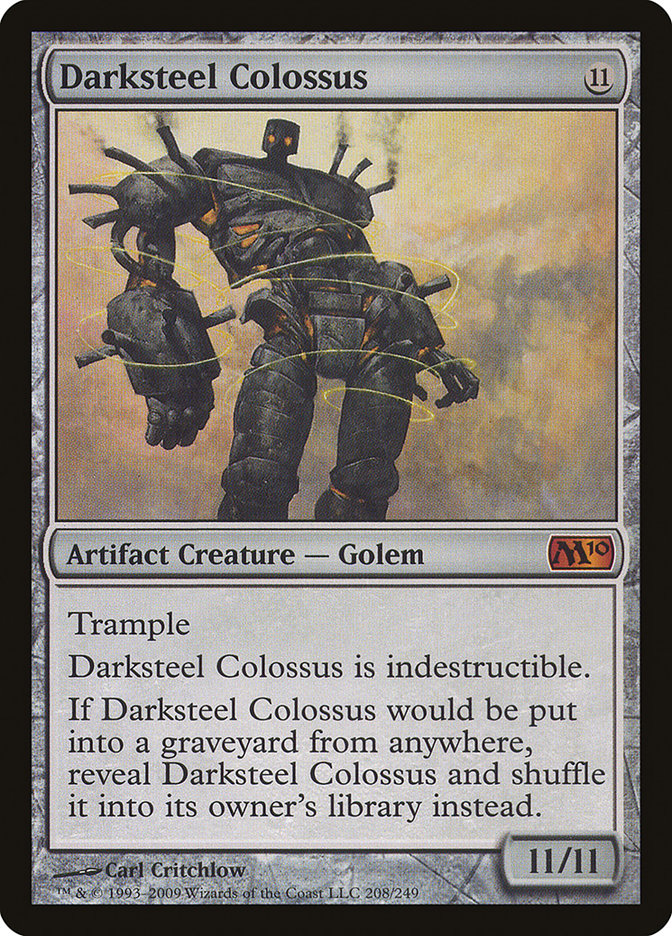
The original big indestructible creature, Darksteel Colossus saw heavy play in Tinker decks, ramp decks, and Tooth and Nail decks. Once you have an 11/11 trample and indestructible in play, your opponent is toast in a few turns. It’s lost that glamor thanks to Blightsteel Colossus, but it’s still a nice threat in artifact EDH decks looking for top-end, not to mention that it's way cheaper to acquire this card than other premium expensive colorless cards.
Darksteel Citadel
This indestructible artifact land has no downside and can be a strong fit when turned into a creature. Darksteel Citadel has lost some charm with the printing of Modern Horizon 2‘s indestructible artifact dual lands.
Darksteel Forge
Darksteel Forge still sees play in artifact-heavy EDH decks. Giving indestructible to all your homies is a big buff and the 9-mana cost can work out with the help of Grim Monolith and Mana Crypt.
Darksteel Reactor
Darksteel Reactor deserves a mention here since there are few cards that outright say you win the game. This card can be a somewhat reliable win condition with proliferate and extra upkeeps—or Vorel of the Hull Clade’s ability.
Memnarch
A Darksteel legend and an important part of Mirrodin’s lore, Memnarch is a cool commander to build a deck around. Paying 4 mana to steal an artifact (or less, with cost reduction spells like Training Grounds) is strong, and at least you’ll get a mana rock from someone. With more mana available or Mycosynth Lattice, you can swipe all kinds of permanents.
Mycosynth Lattice
Mycosynth Lattice transforms everything into artifacts. That has a few synergies with cards we’ve already looked at, like making your cards indestructible with Darksteel Forge and destroying everybody else’s permanents with a Vandalblast, stealing stuff with Memnarch, destroying commanders with Ancient Grudge, and so on. It’s currently banned in Modern thanks to the A + B combo formed with Karn, the Great Creator to lock opponents out of the game.
Panoptic Mirror
Panoptic Mirror is one of the few lock cards available in MTG, in the sense that you imprint a spell on the Mirror and play it every turn, so you can have infinite turns with Time Warp. It’s currently banned in Commander.
Skullclamp
Skullclamp might be the most broken card from Darksteel. The clamp sees play in most EDH decks that produce 1/1 tokens because it’s such a cost-effective source of consistent card draw. It even provides your best creatures with an insurance policy! Let’s say I equip it to a 4/4 trample; I now have a 5/3 trample that draws me two cards if you kill it. The card plays offense and gives resources for the late game at the same time.
A fun fact: It was supposed to give +1/+1 instead of +1/-1, but developers deemed it too meh and changed it without further playtesting.
Sword of Fire and Ice
The first iteration of the classic sword cycle of equipment was born here in 2004. It took almost 20 years to complete the cycle of Swords, finally concluding with March of the Machine’s Sword of Once and Future. Swords give a +2/+2 bonus, protection from two colors and two saboteur effects based on the colors it gives protection from. Sword of Fire and Ice saw plenty of Constructed play and is still a powerful piece of equipment in casual circles.
Sword of Light and Shadow
Sword of Light and Shadow is the second member of the sword cycle, and a little weaker than Sword of Fire and Ice. Gaining life and returning a creature from your graveyard to your hand are both situational abilities, especially when compared with Fire and Ice which always gives you a card and damage.
Trinisphere
Trinisphere is one of many ways MTG has to mess with everybody's mana. It’s highly recommended to cast Trinisphere after you’re way ahead of your opponents so they’ll have a harder time catching up. It’s very good for fighting Storm combo since storm players need to cast many spells in a single turn, which becomes nearly impossible when they all cost 3 mana.
Available Products
Darksteel Booster Pack

Here’s your traditional booster pack containing 15 Darksteel cards, with a rare, three uncommons, and 11 common cards.
- Brand new in original factory-sealed packaging!
- Look for - Blinkmoth Nexus. Darksteel Colossus, Arcbound Ravager..Each pack contains 15 cards per pack,1 rare 3 uncommon, and 11 common.
Darksteel Fat Pack
Darksteel fat packs contain only six booster packs, but also come with The Darksteel Eye novel, a player’s guide with all card arts, two premium cards, plus the traditional spindown lifecounter.
Darksteel Booster Box
Many players consider the Mirrodin/Darksteel Limited environment to be one of the most balanced and interesting in the game, making a Darksteel Booster Box perfect for players who want to experience it for themselves. It may be hard to find, and Darksteel doesn’t have that many expensive cards and chase cards, since cards like Aether Vial or Sword of Fire and Ice get reprinted at a fair rate, helping lower prices.
Master Blaster
Darksteel had four theme decks. Master Blaster is the red burn deck / artifact destruction deck. Red is the best color to destroy artifacts, and that’s important in the Mirrodin plane. There are also lots of creatures that can sacrifice artifacts for profit, including the ones you steal from your opponent. The rares here are Gemini Engine and Pulse of the Forge.
Mind Swarm

Mind Swarm is a black deck filled with evasive creatures and powerful equipment. Slap a Leonin Scimitar or Bonesplitter onto an Emissary of Despair or Dross Golem and you’re all set. Rares include Mephitic Ooze and Pulse of the Dross.
- The "Mind Swarm" deck is fun to play because it has multiple paths to victory.
Swarm & Slam
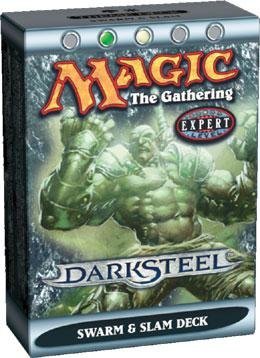
Swarm & Slam is your typical Green and White go-wide token strategy. Cards like Raise the Alarm and One Dozen Eyes generate a massive token army, letting you win via Stir the Pride or Echoing Courage. Myr Matrix and Pulse of the Tangle are the rares.
- A ready to play 60 card theme deck
- Green and White Cards
Transference

Transference is a blue deck containing tournament staples Seat of the Synod and Skullclamp. Arcbound Reclaimer and Reshape are the rares here. The deck is filled with artifact creatures and the arcbound creatures with the modular mechanic, hence the name transference – you’ll transfer the +1/+1 counters around. Vedalken Engineer can ramp out your artifacts while Rust Elemental is both a flying beater and a sacrifice outlet, so you can kill your arcbound creatures and buff the Elemental with the +1/+1 counters.
Wrap Up

Darksteel Colossus | Illustration by Carl Critchlow
Anyway, that’s all from me on Darksteel guys. This interesting set contains lots of good mechanics, cards, and ideas, despite some development mistakes. Mirrodin block taught WotC that concentrating power on colorless cards that go into any deck is not good for the game or deck diversity. Today we see many colored artifacts in sets, and that’s a good thing for the game and the color pie. Darksteel’s mistakes influenced Champions of Kamigawa big time, making the set a lot safer and somewhat uninteresting in power level, and balance only returned in the original Ravnica, but that’s a story for other articles.
What about you guys? Were you playing Standard back then? Do you agree that Mirrodin + Darksteel is an awesome Limited format? Let me know in the comments section below, or leave us a comment at Draftsim Discord.
As usual, thanks for reading, and I’m glad I could share with you another tidbit of MTG’s rich history.
Note: this post contains affiliate links. If you use these links to make a purchase, you’ll help Draftsim continue to provide awesome free articles and apps.
Follow Draftsim for awesome articles and set updates:
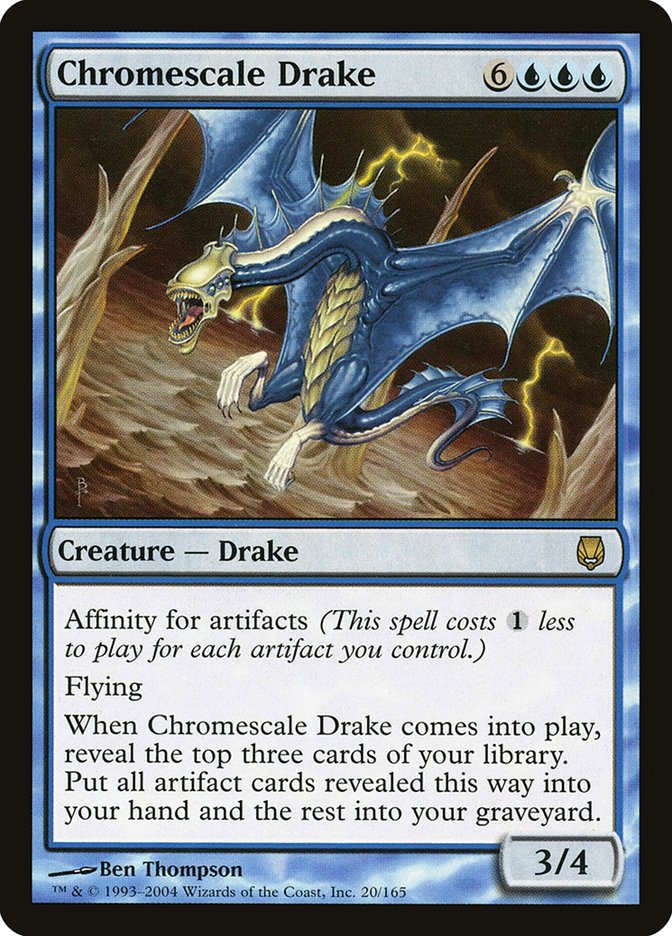
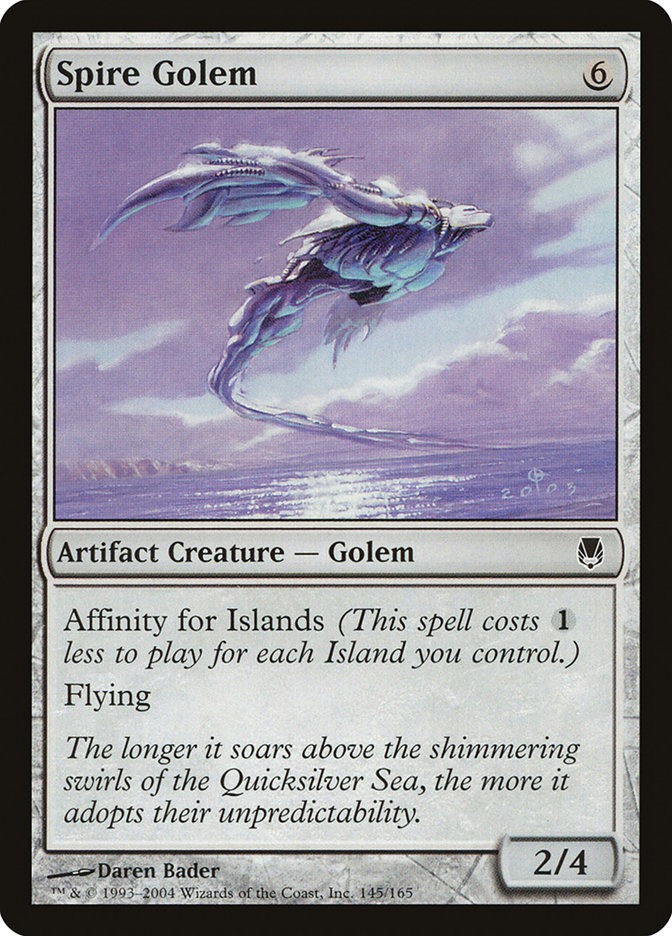
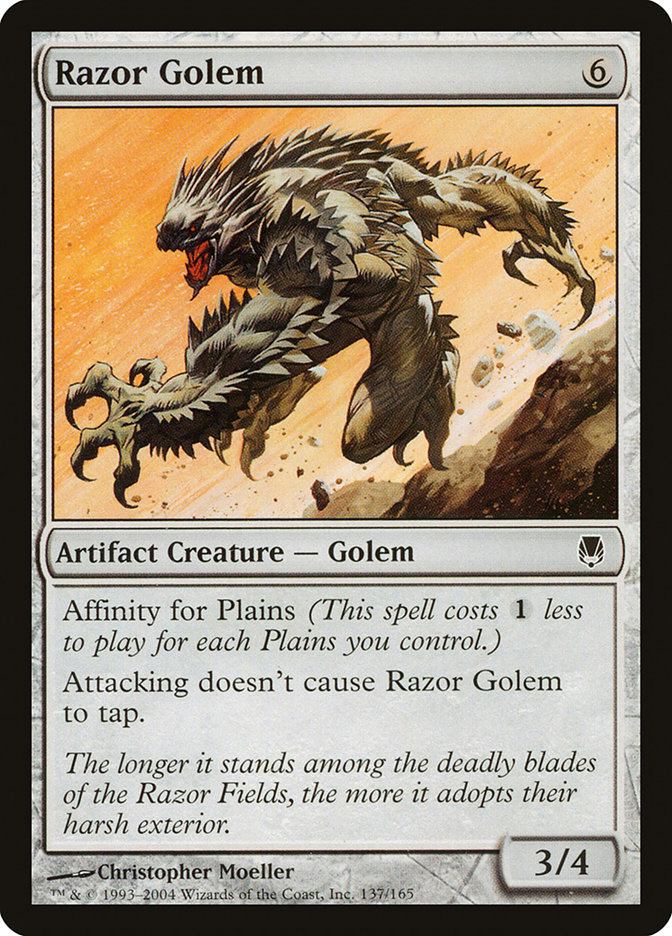

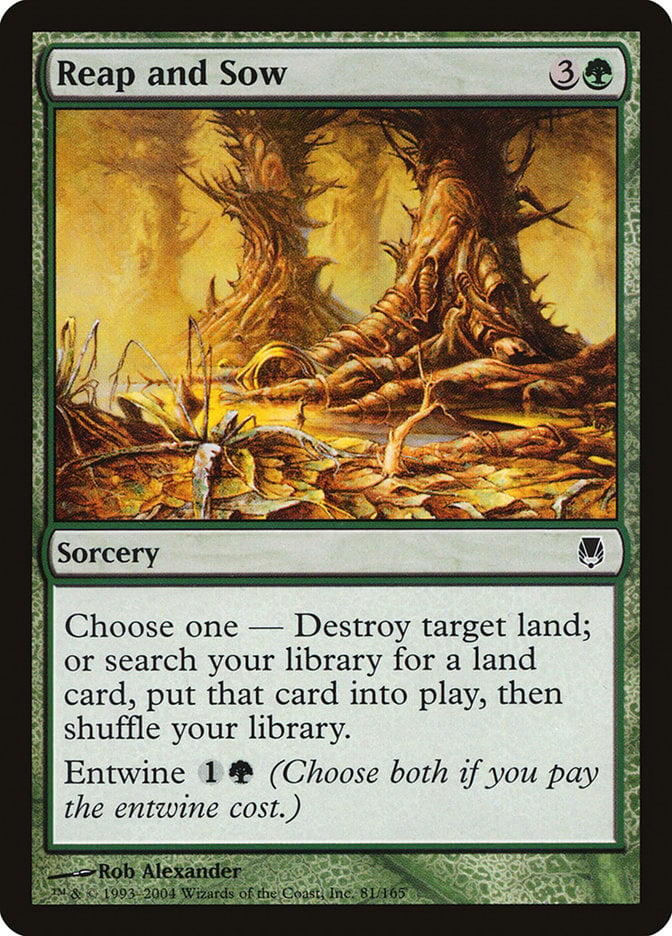

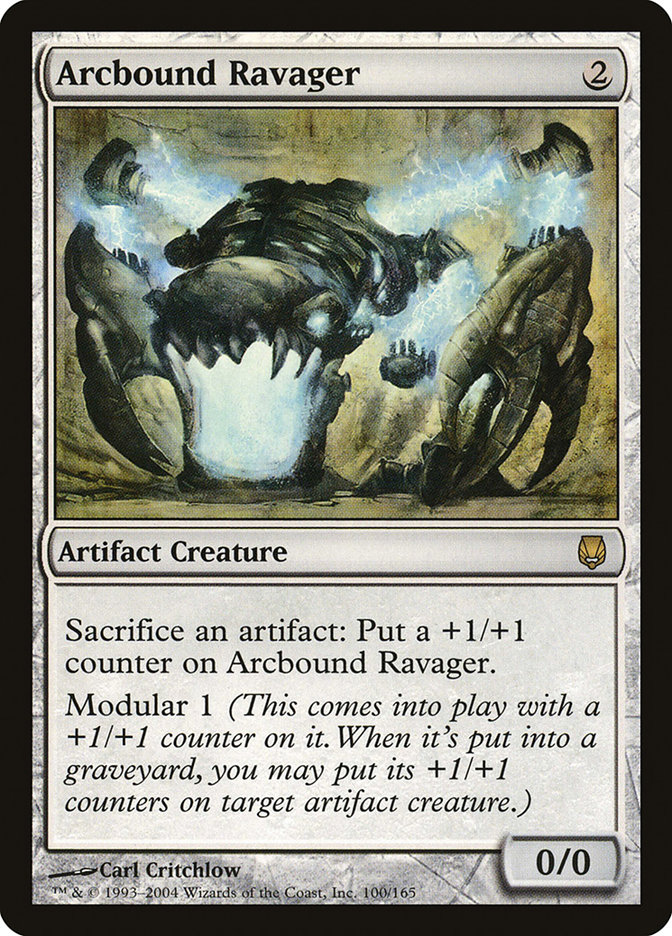
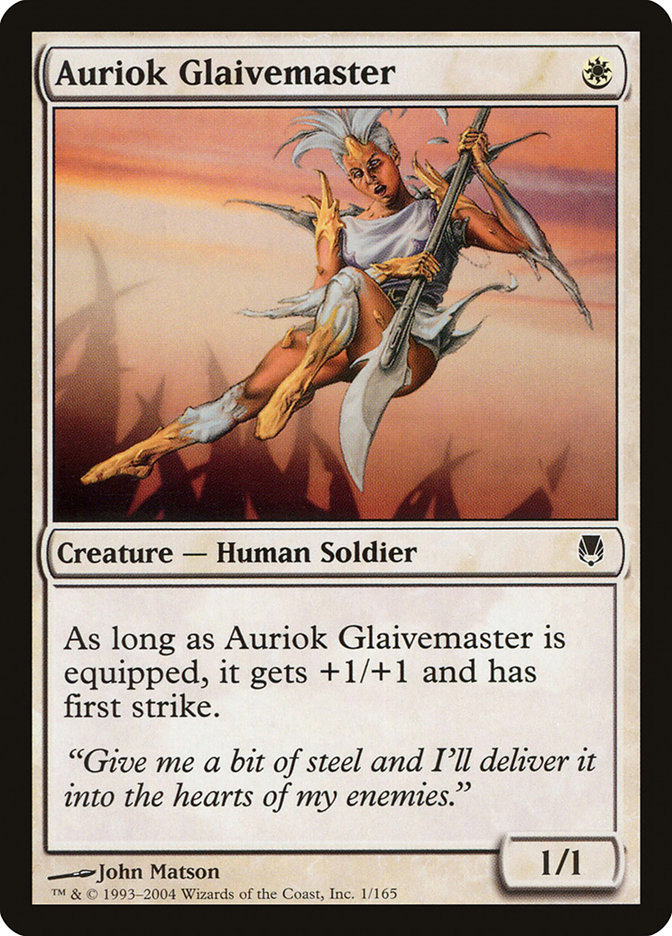
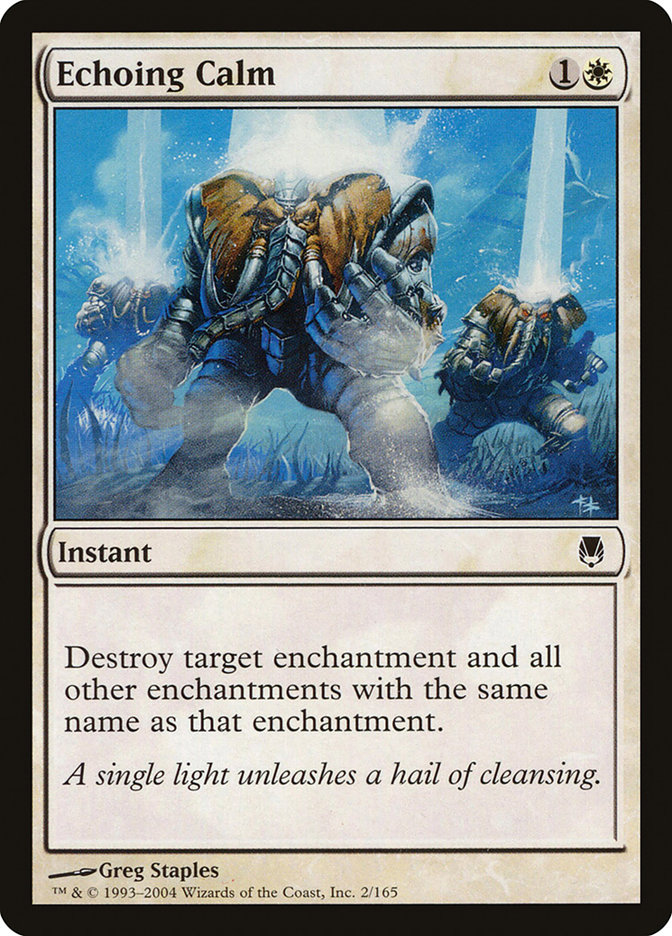
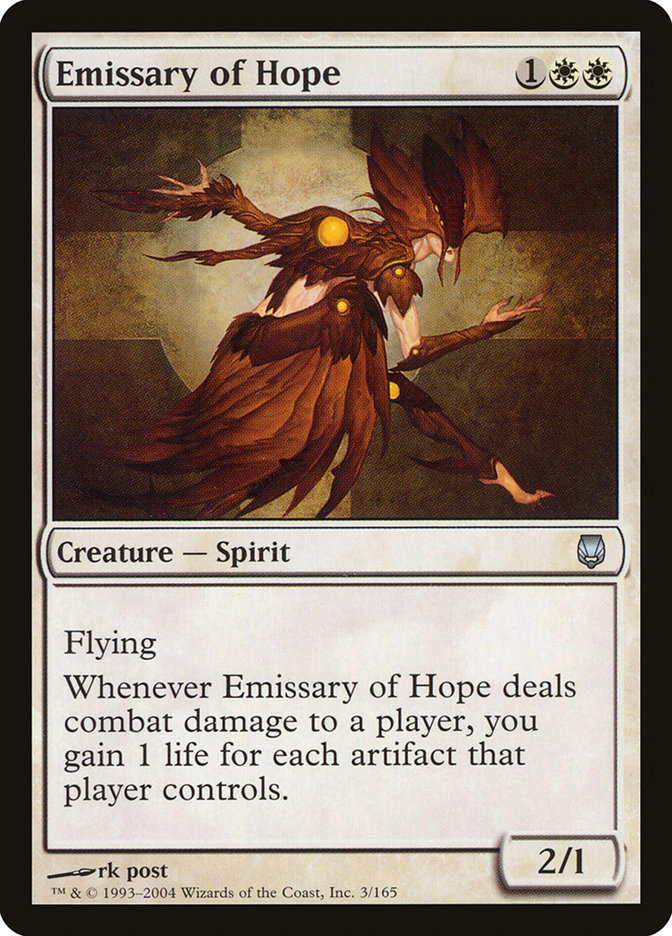
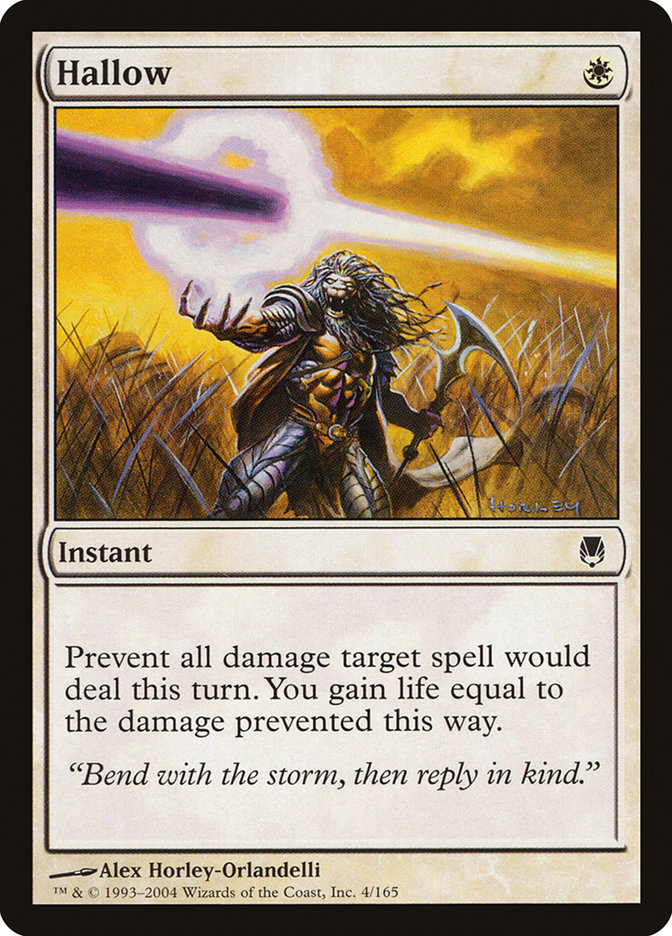


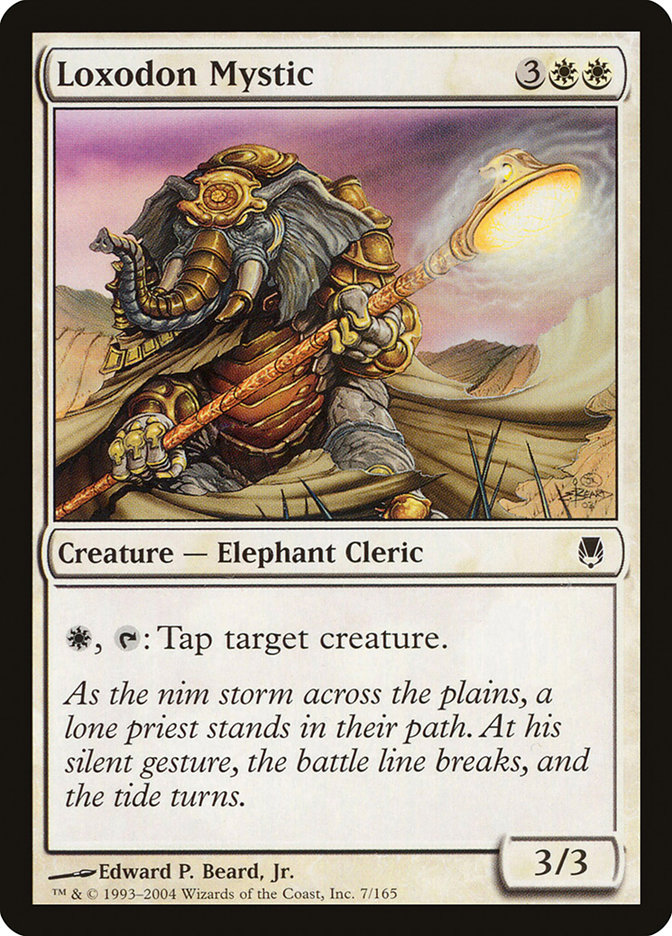

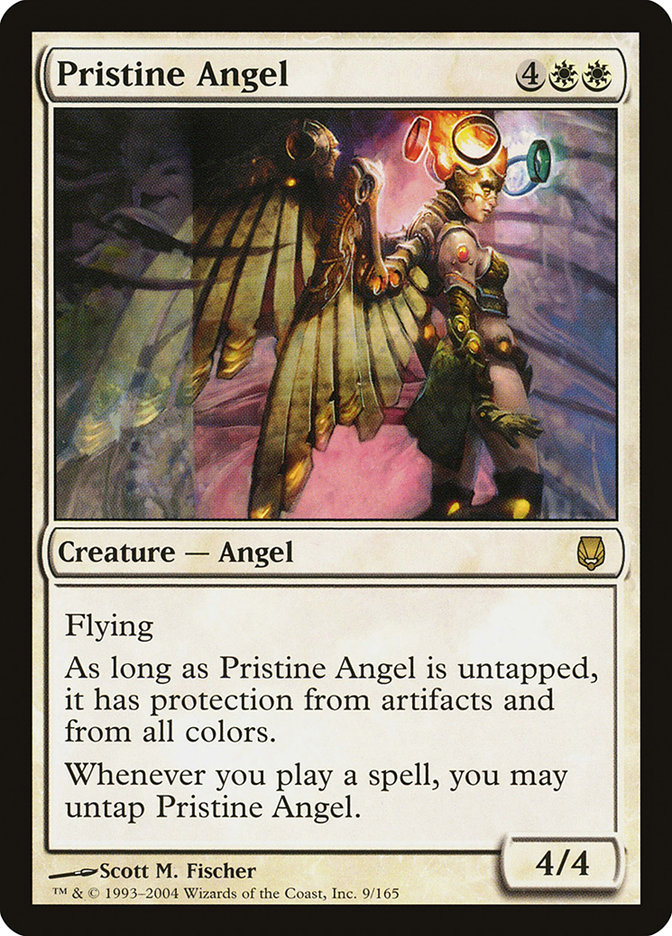
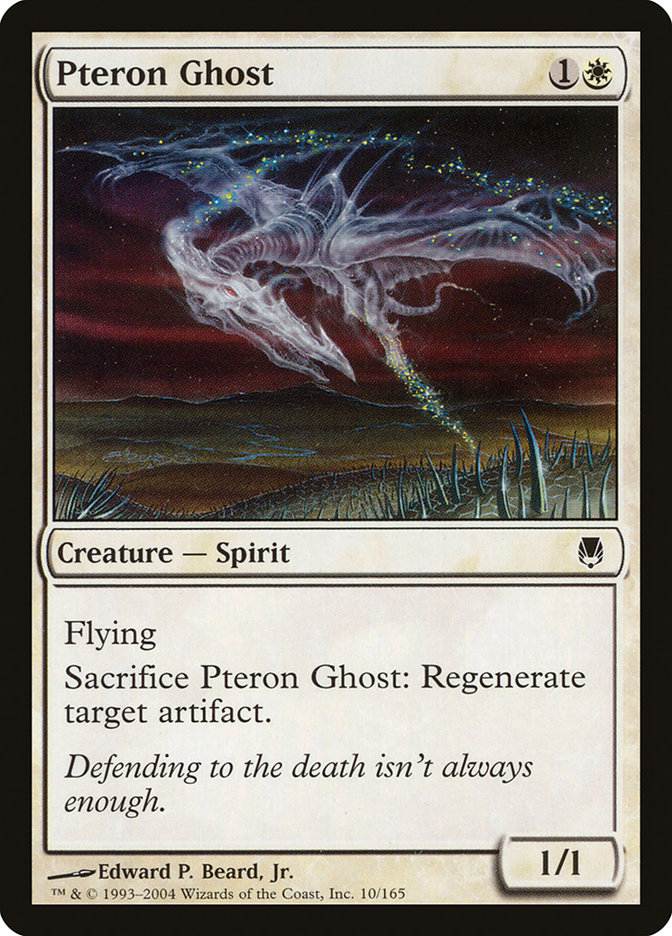
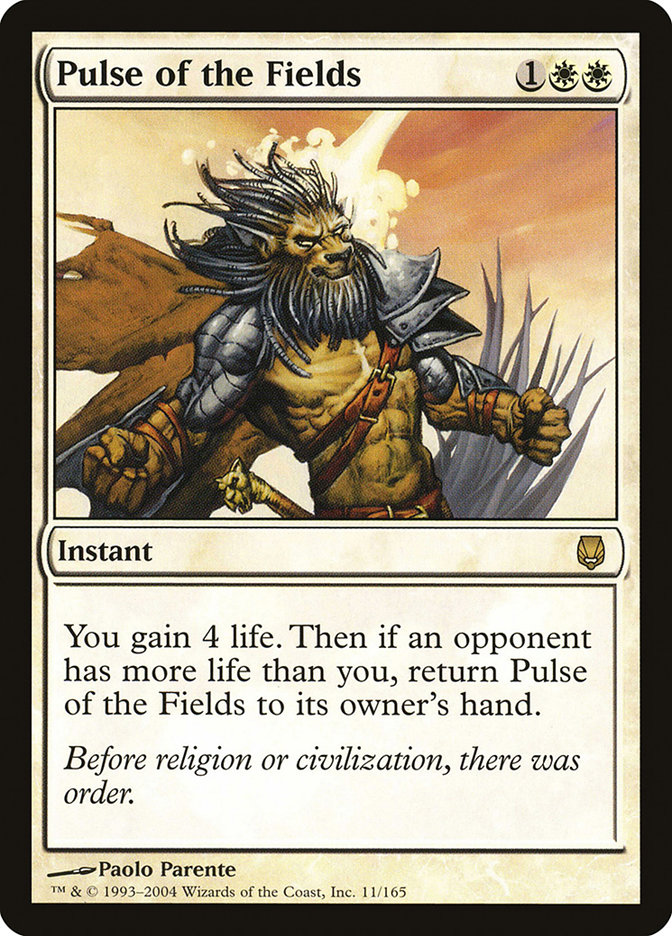

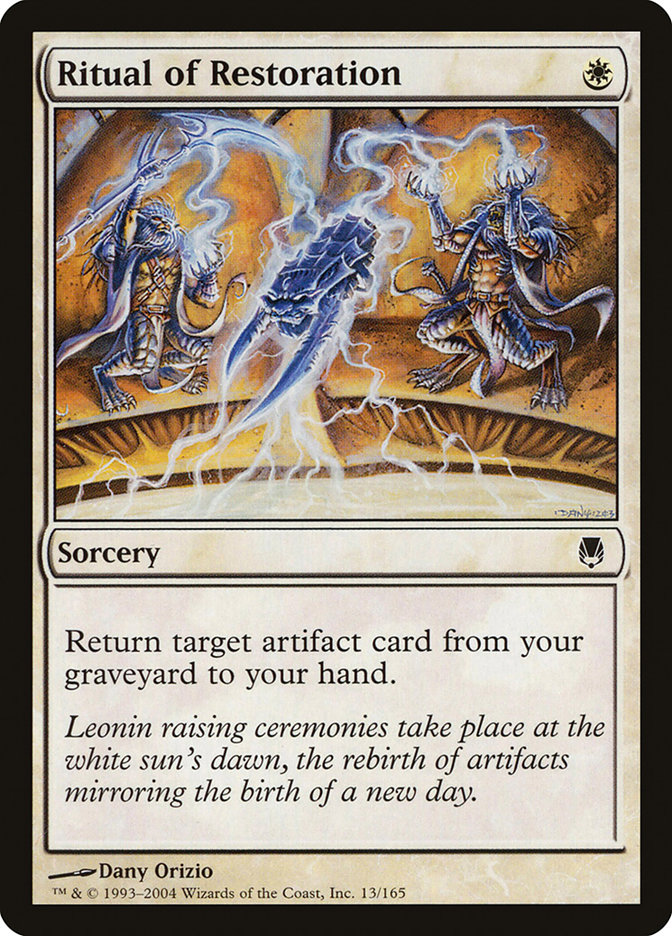
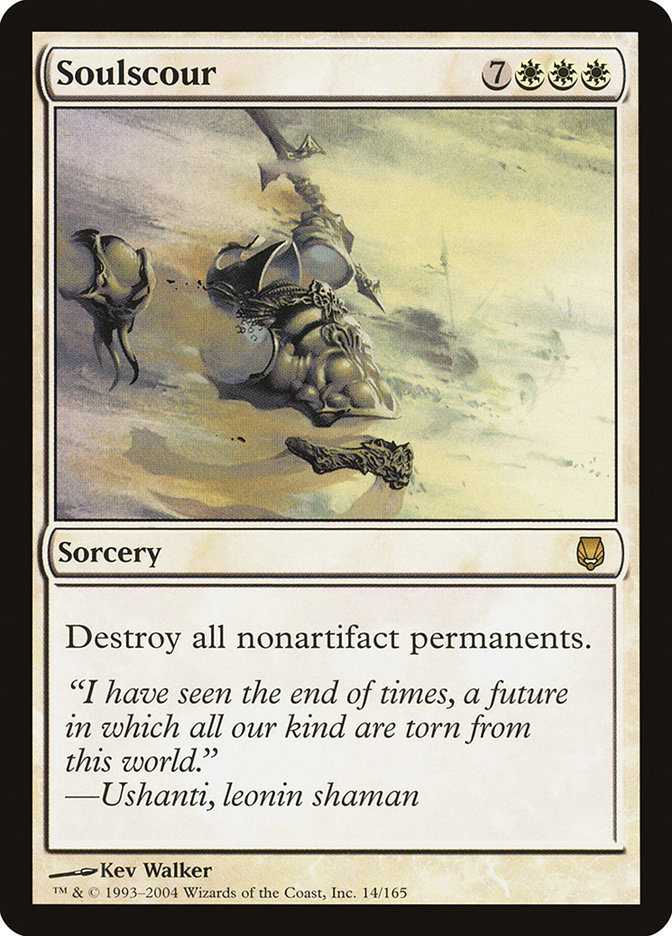

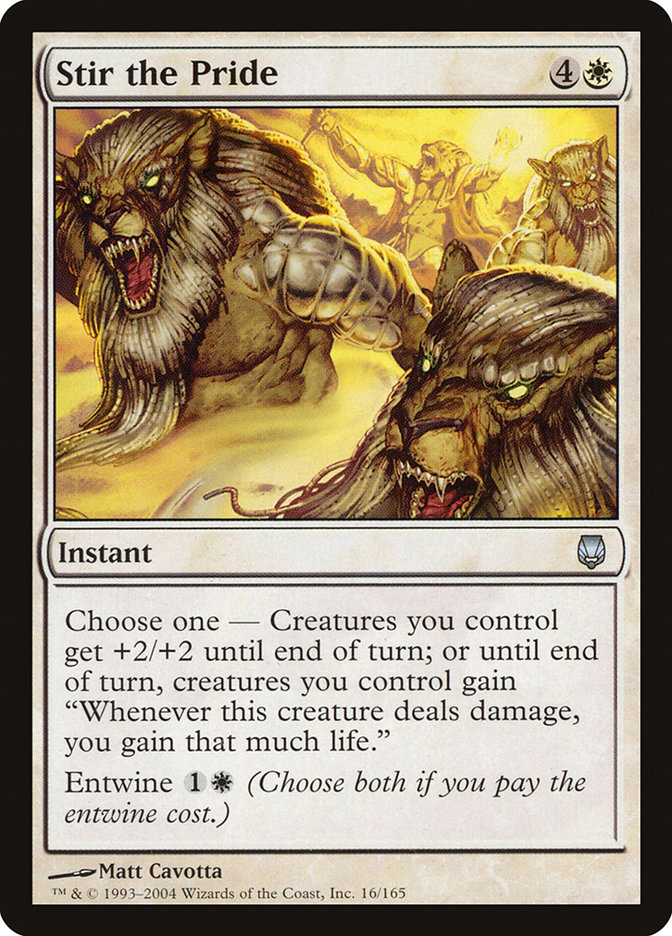
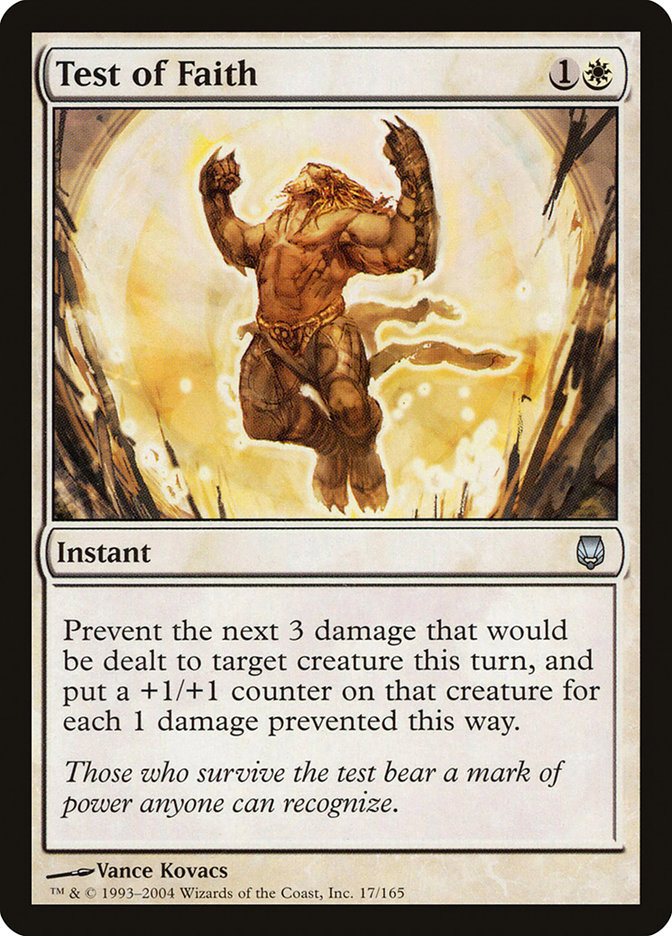
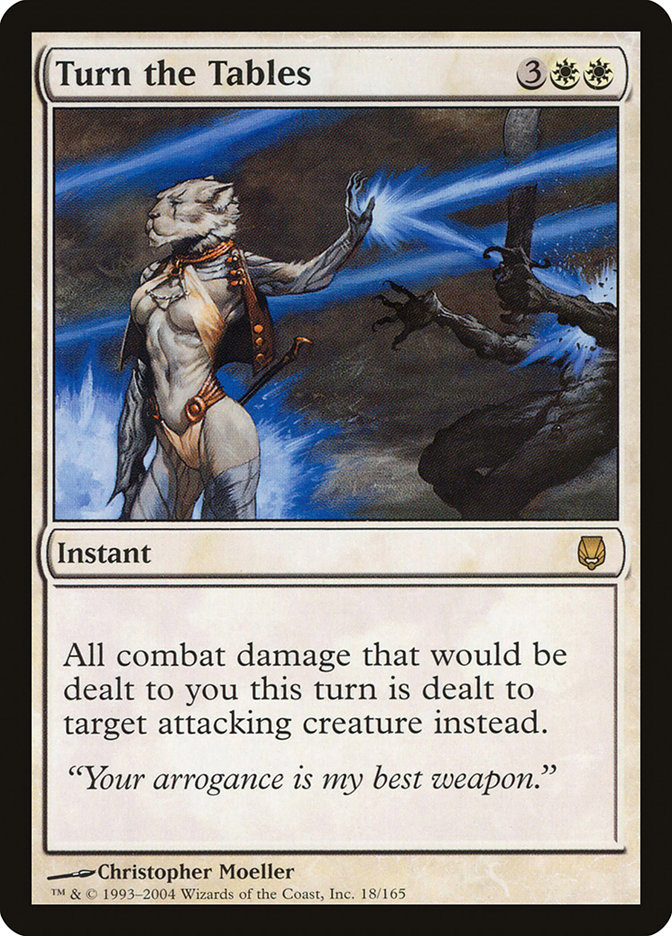
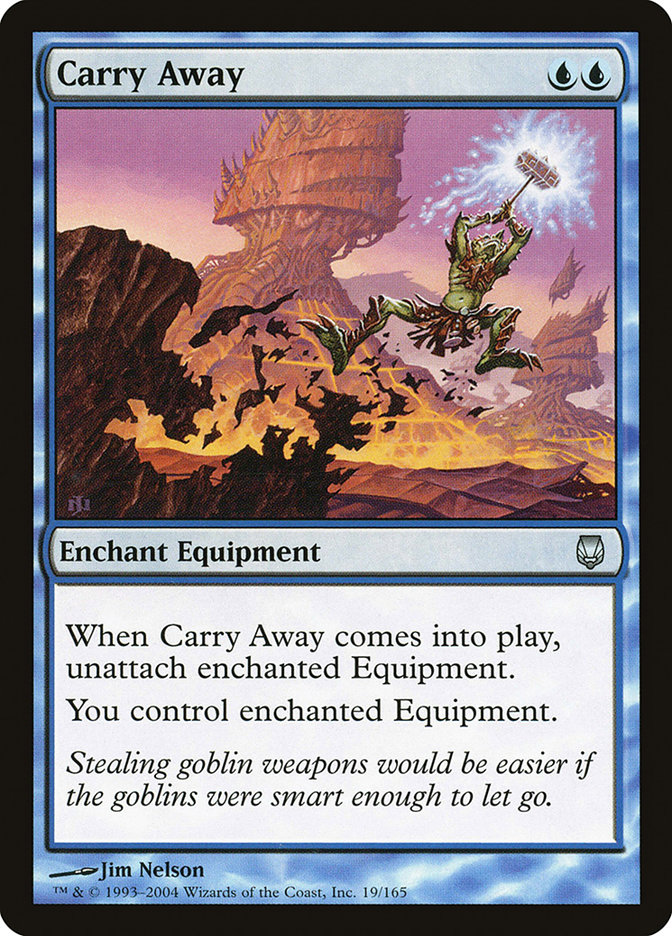
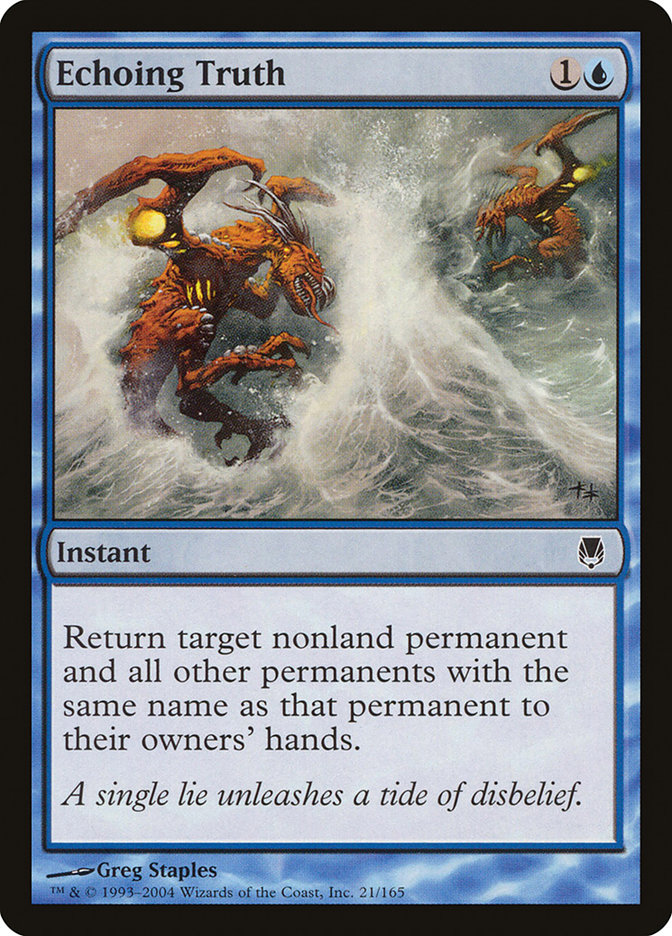
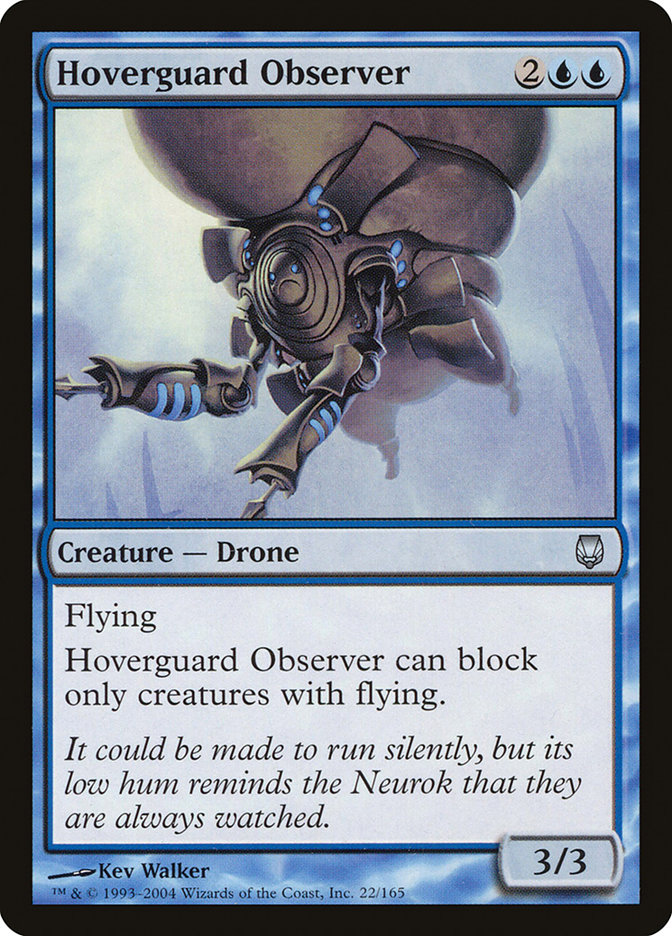
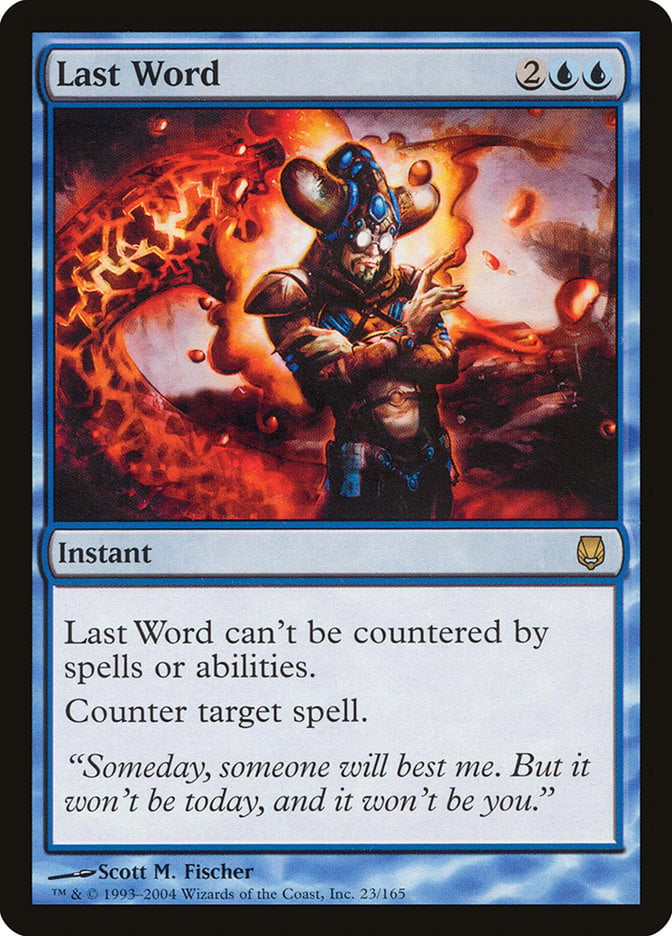
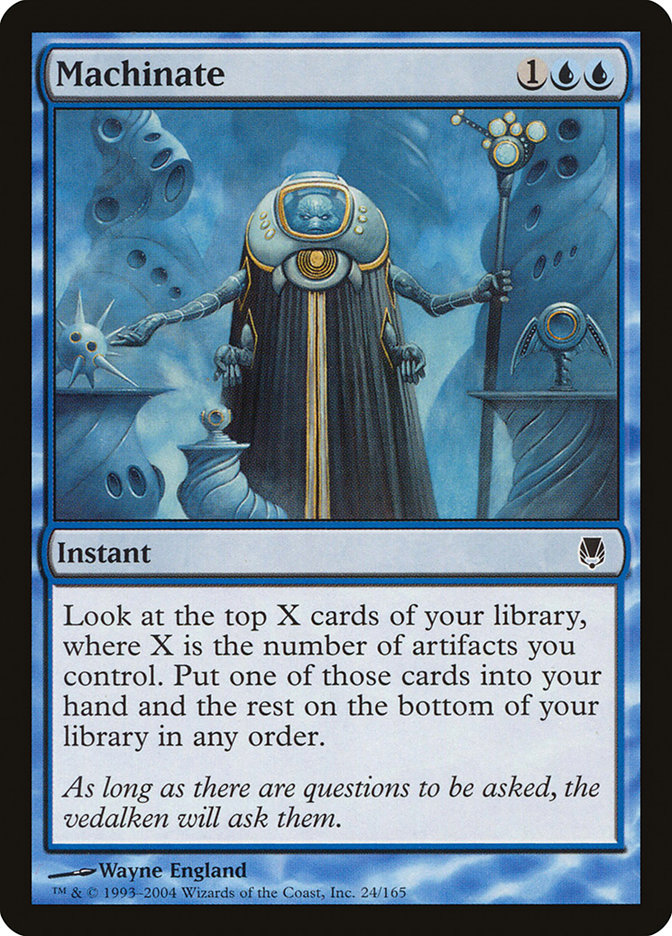
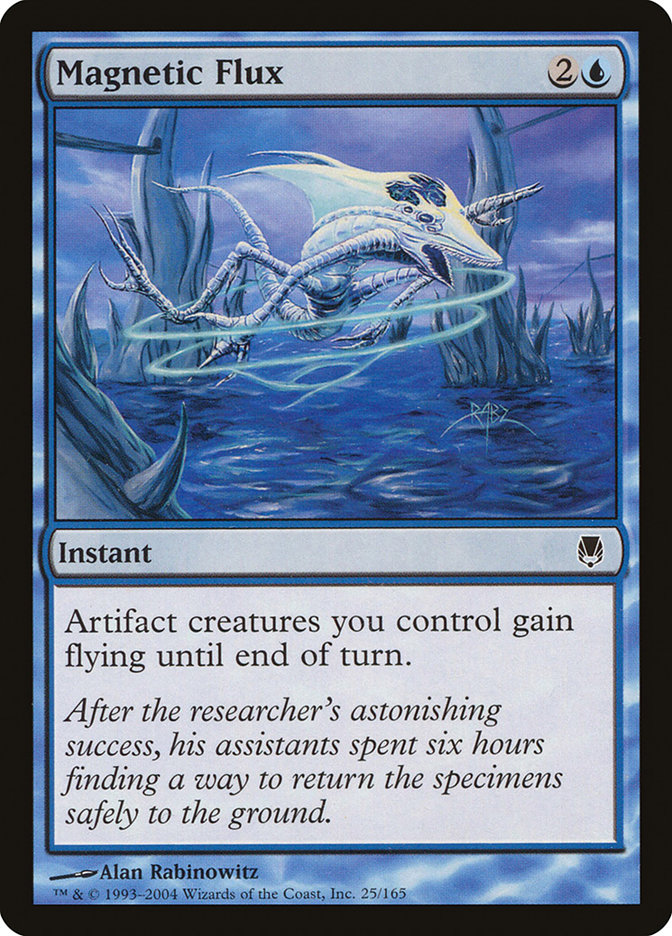
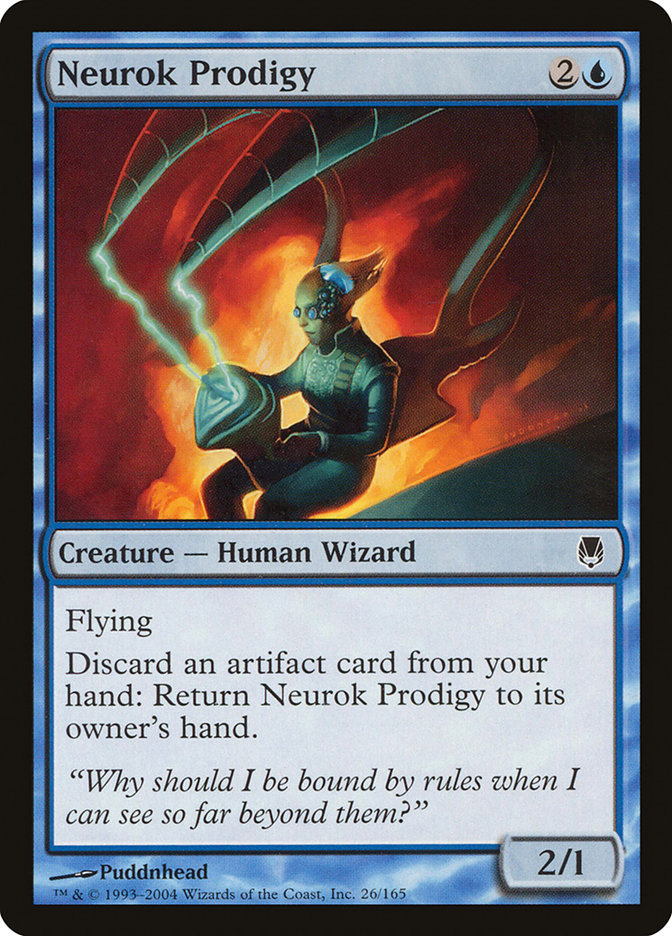
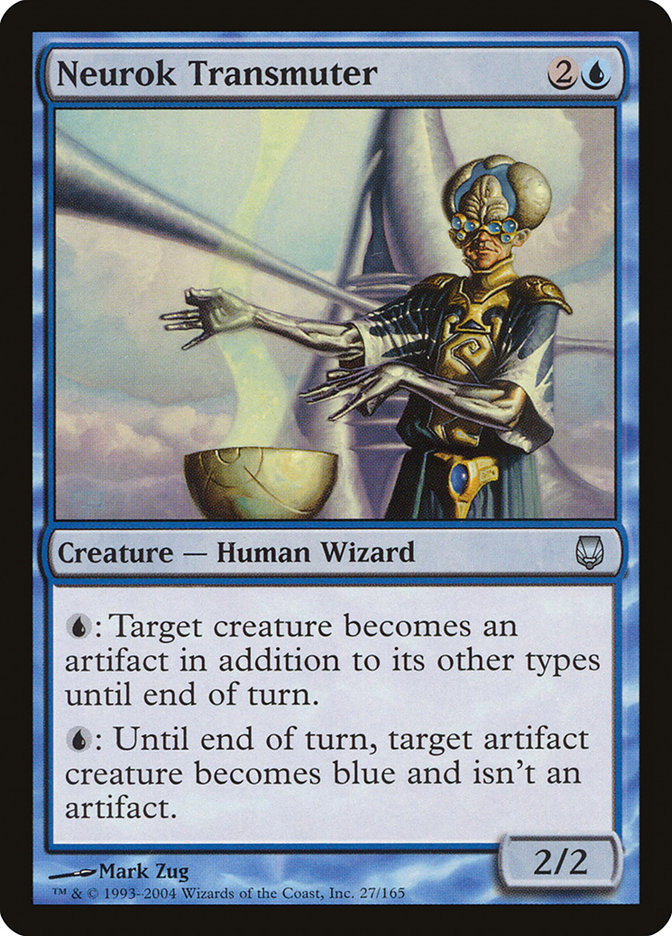
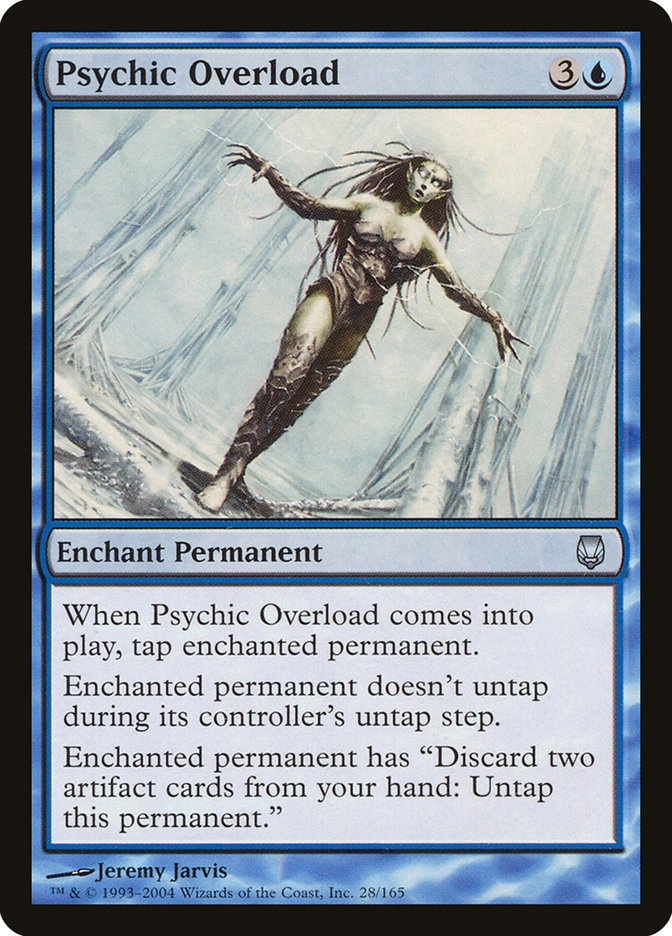

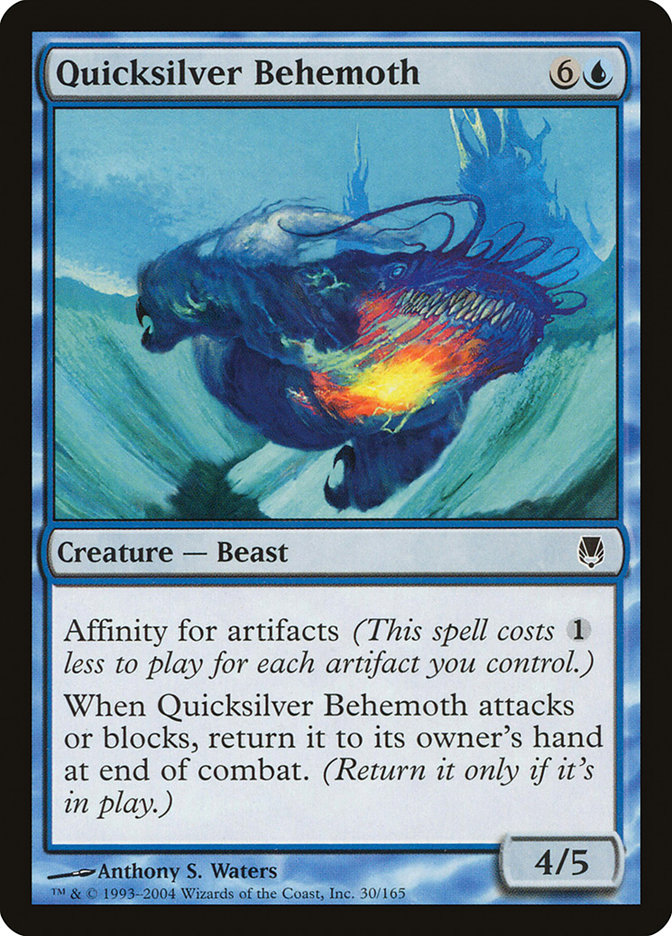
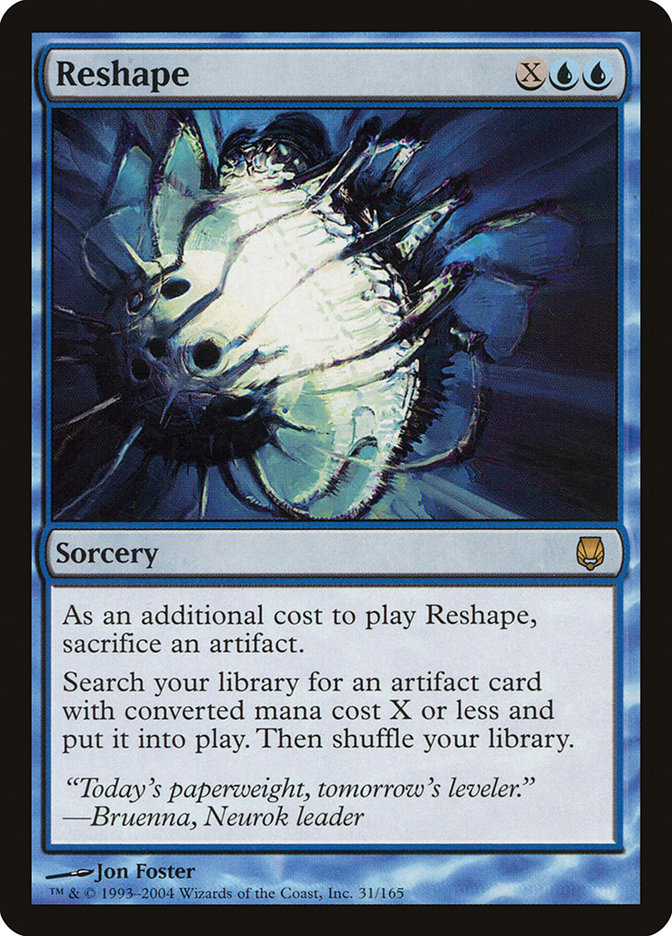
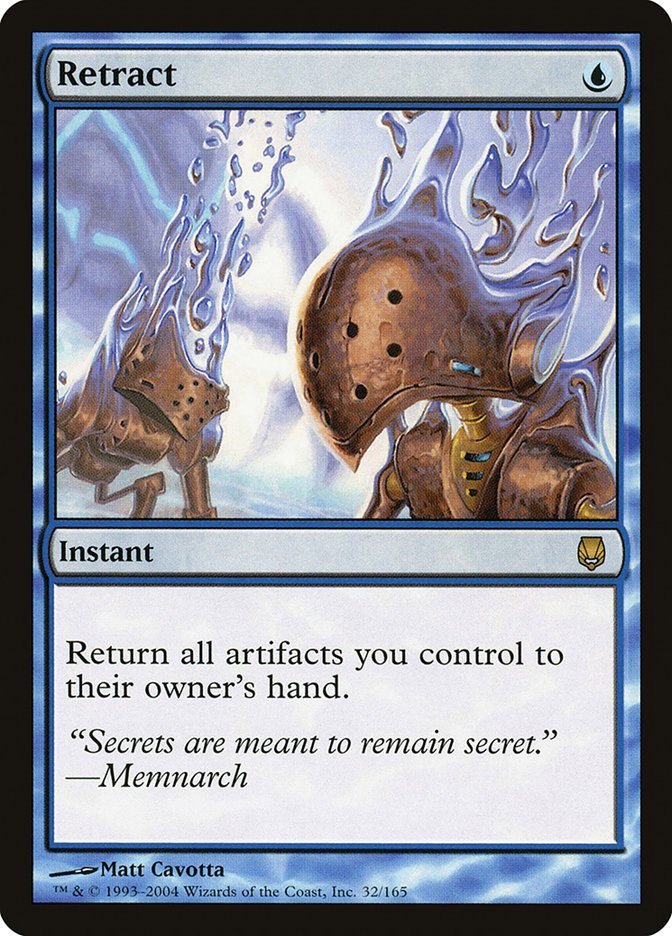

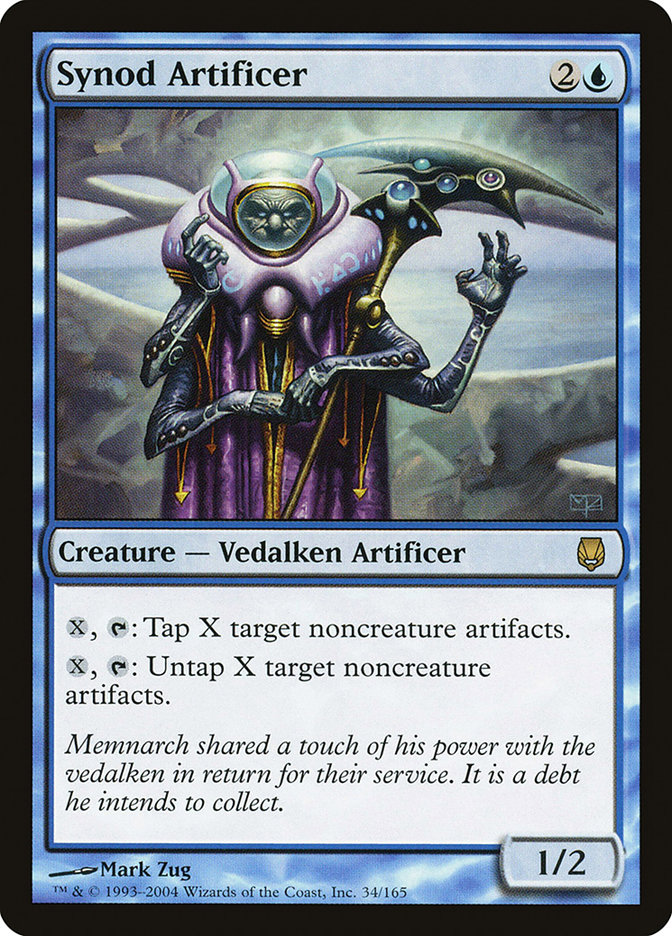

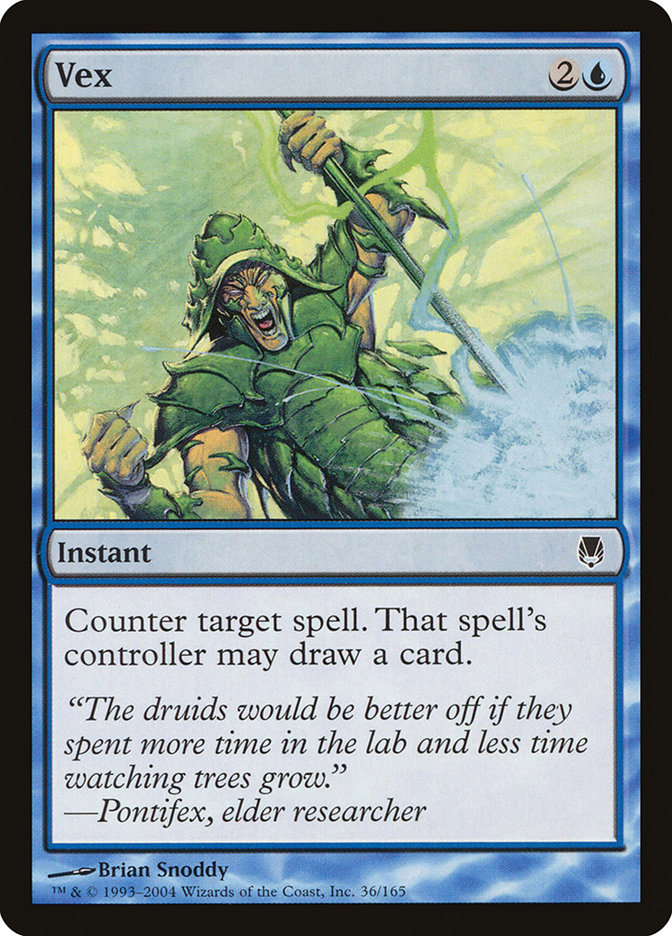
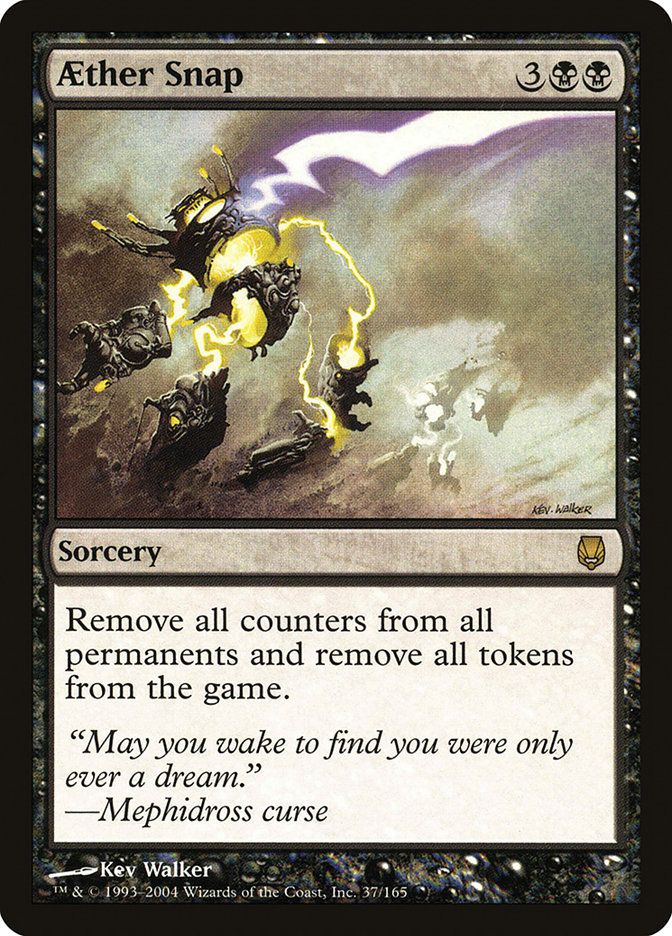
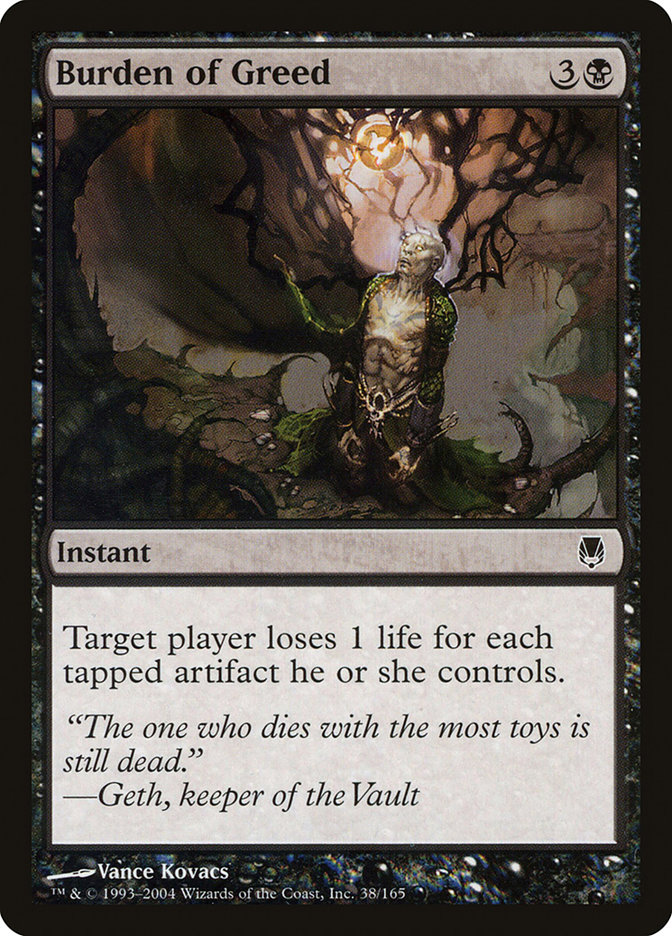
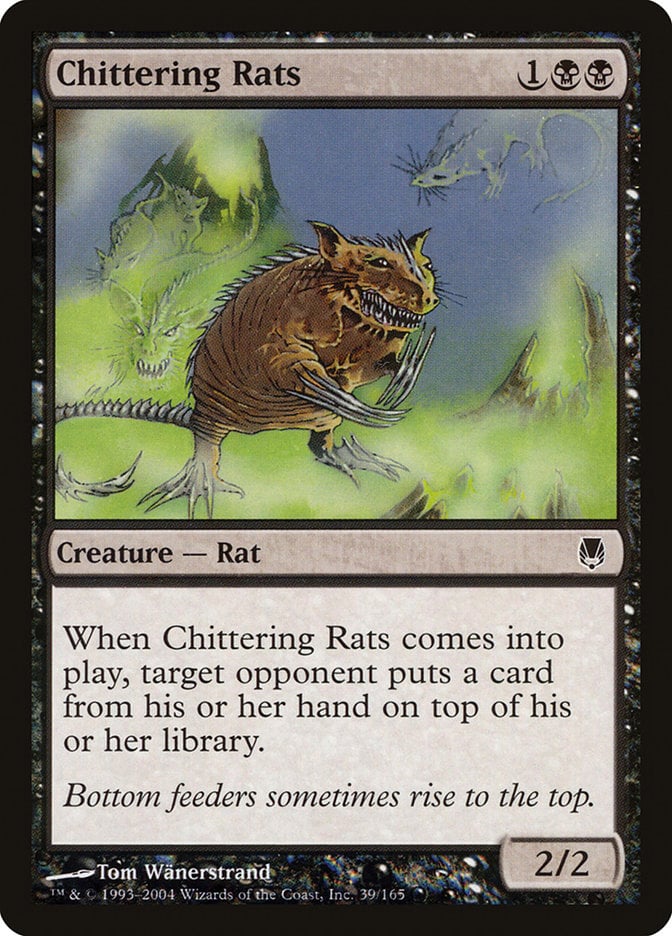
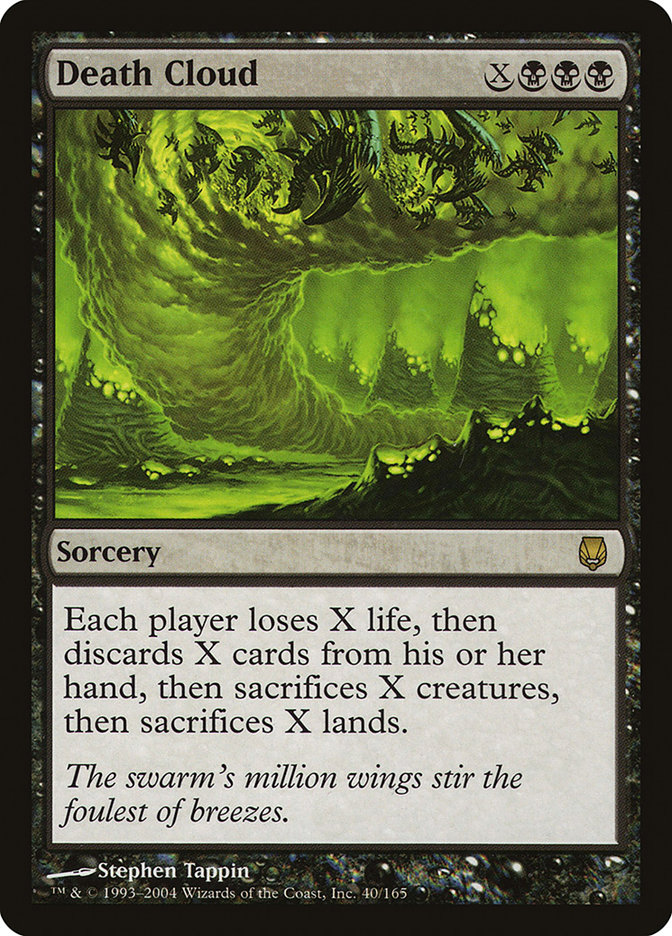



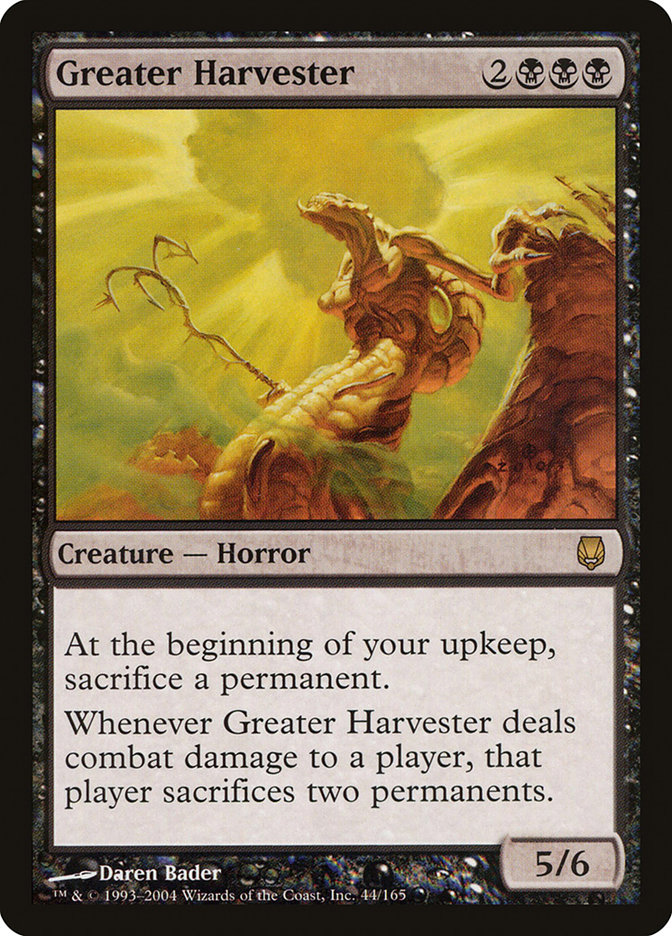
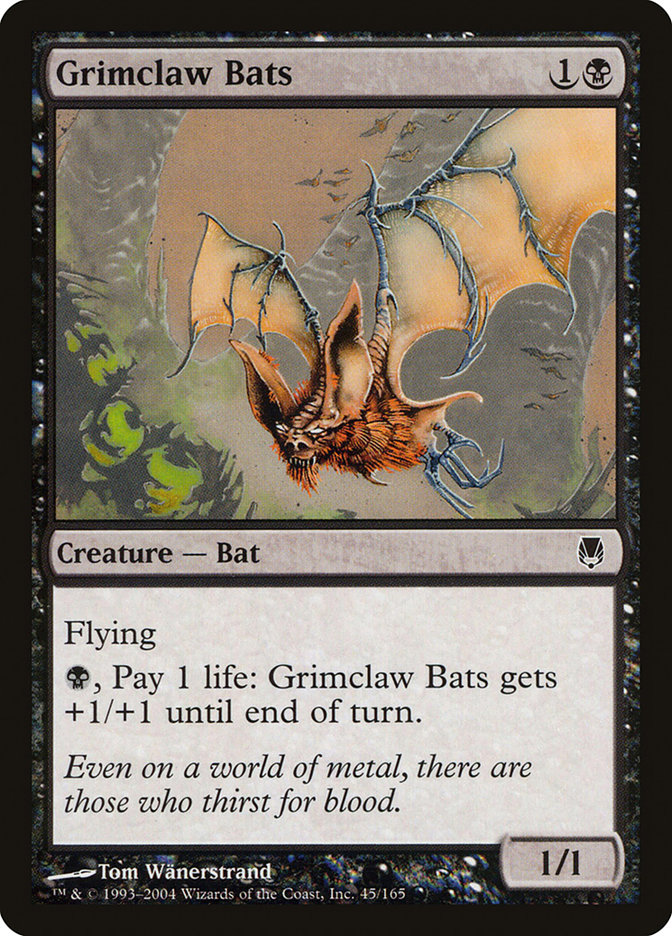
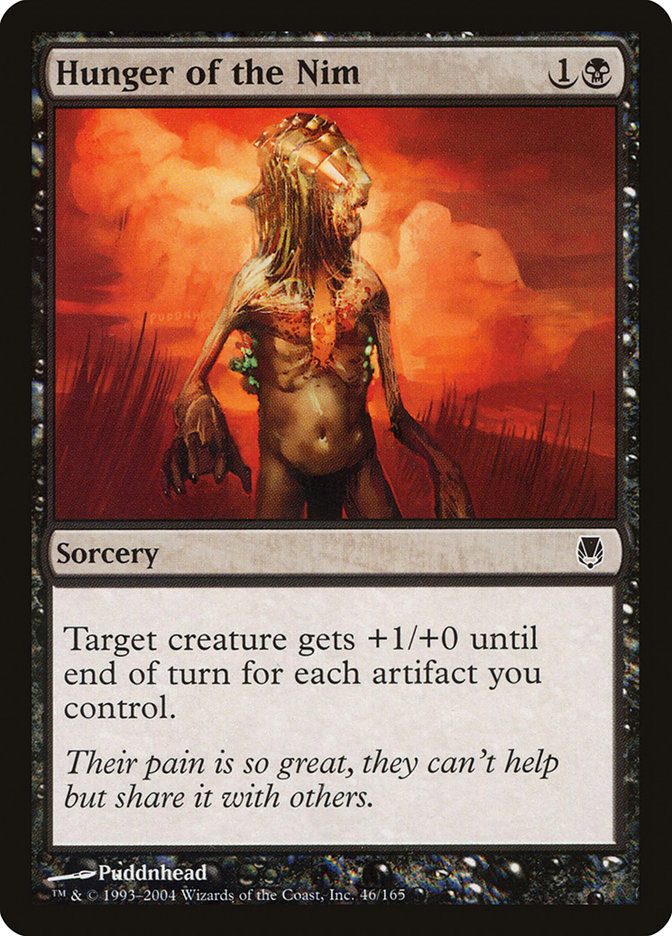
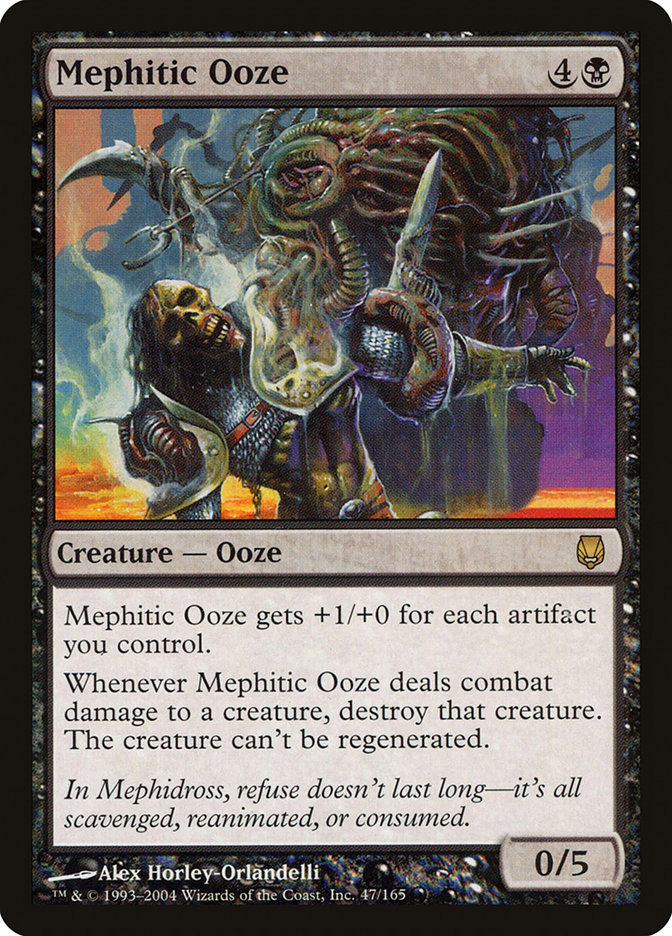
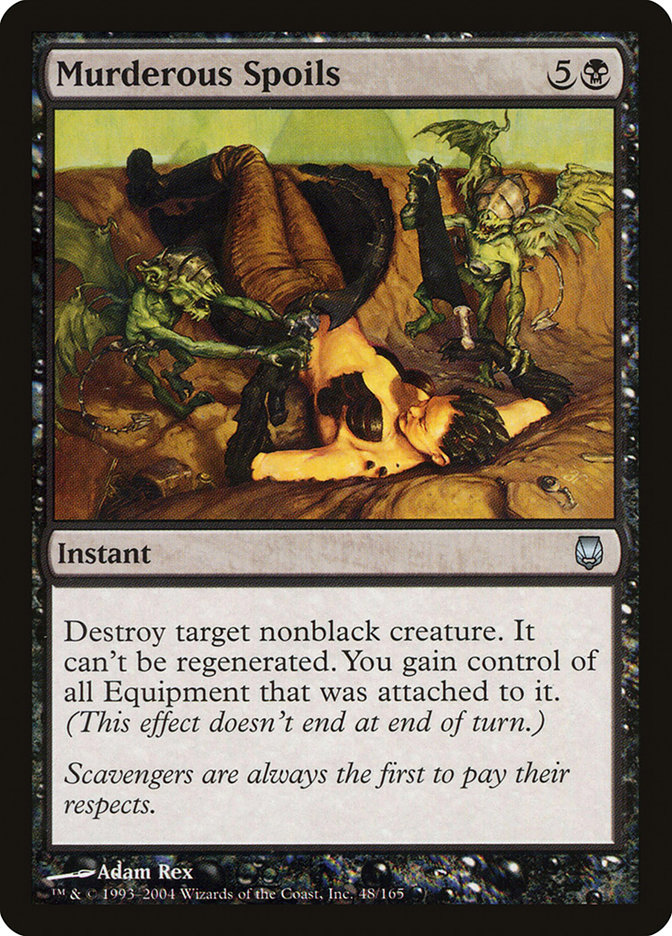
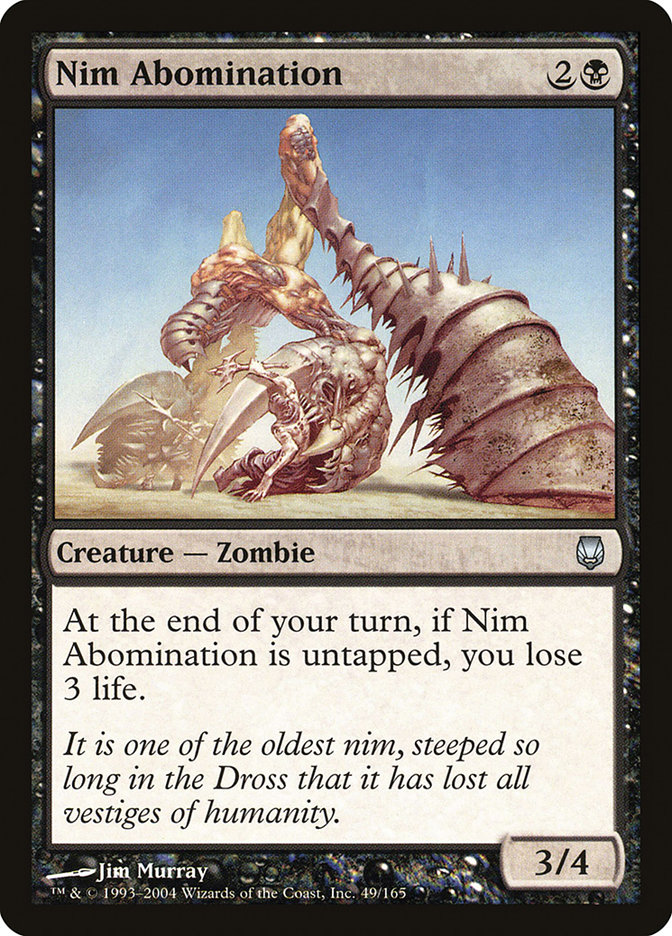

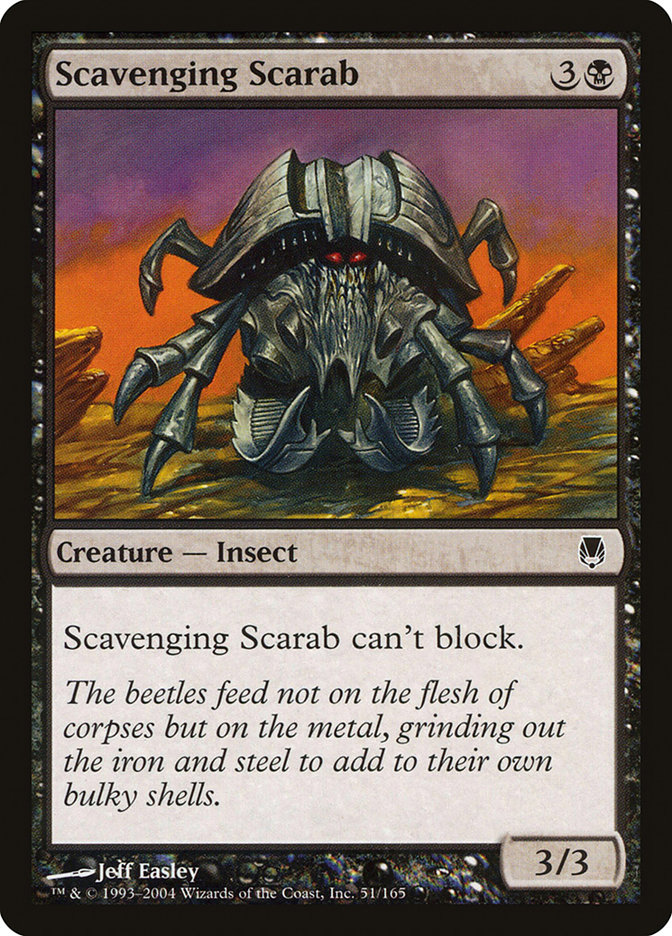
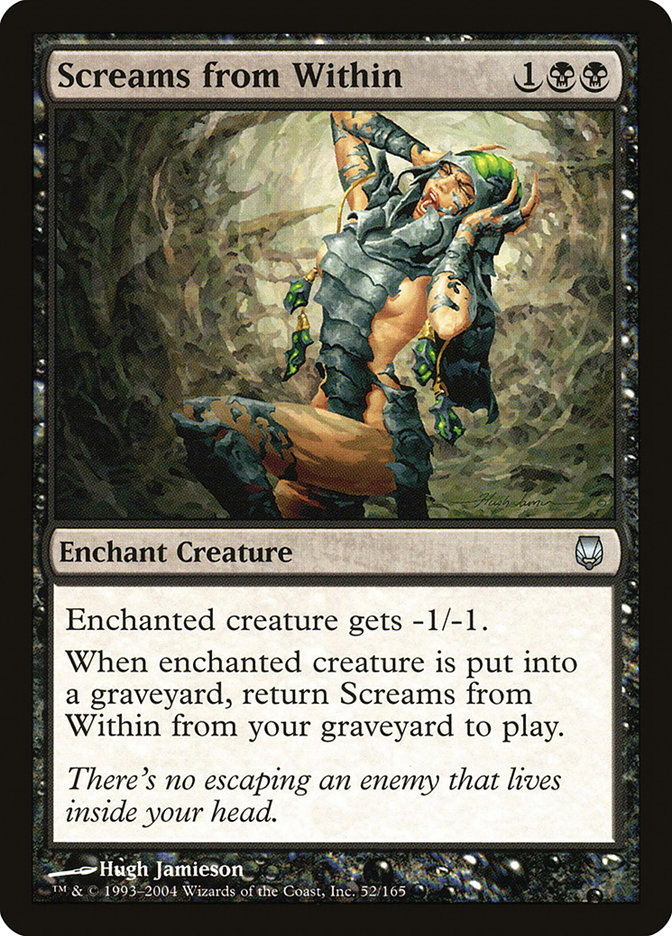
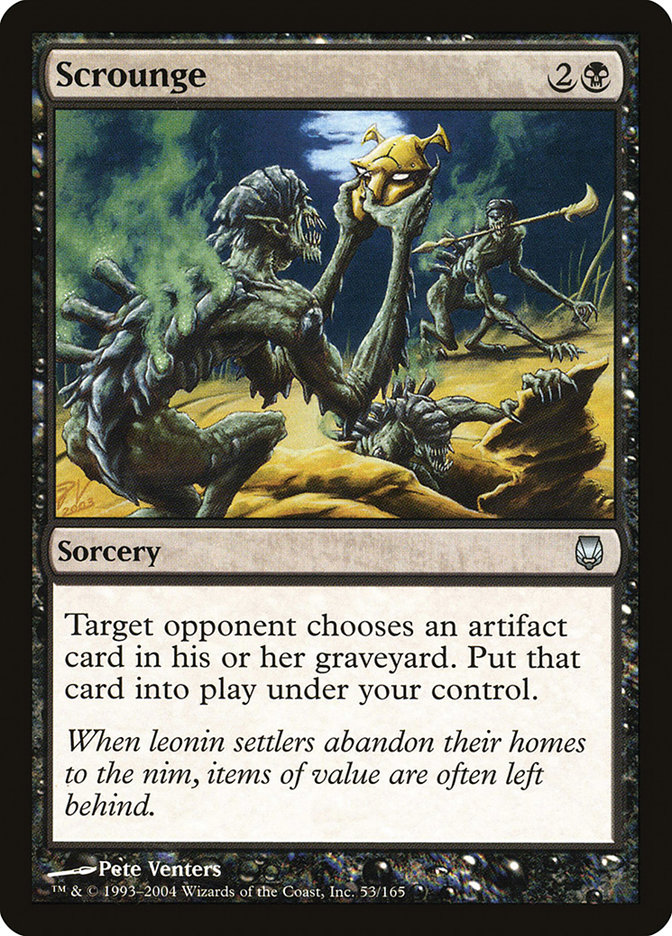
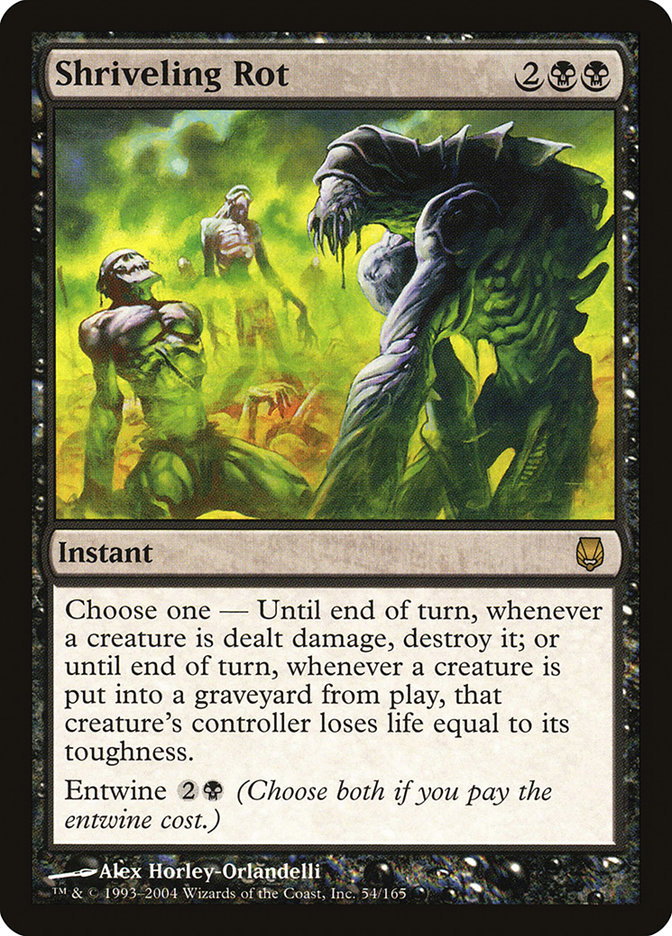
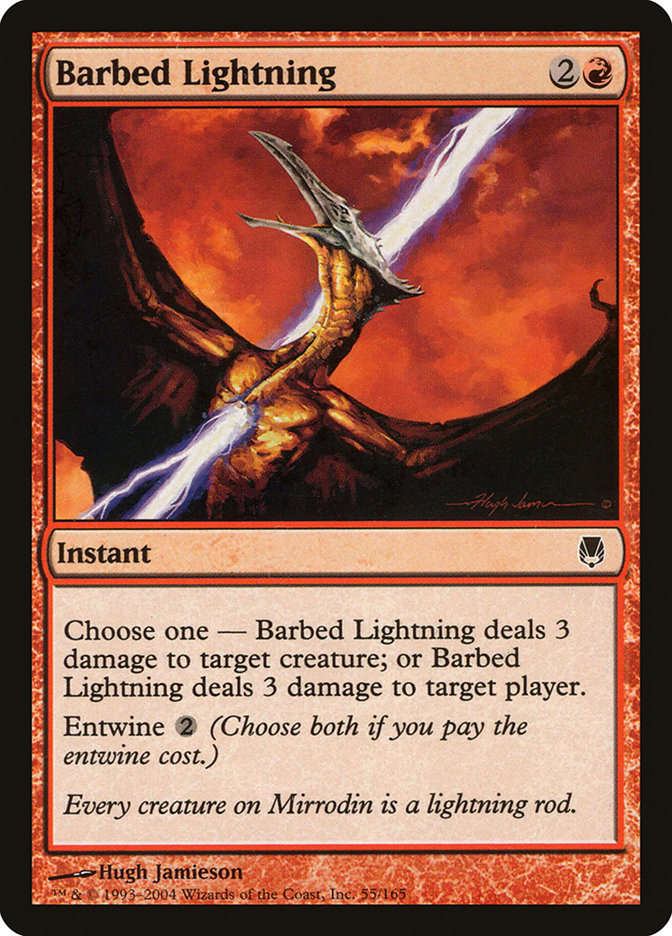
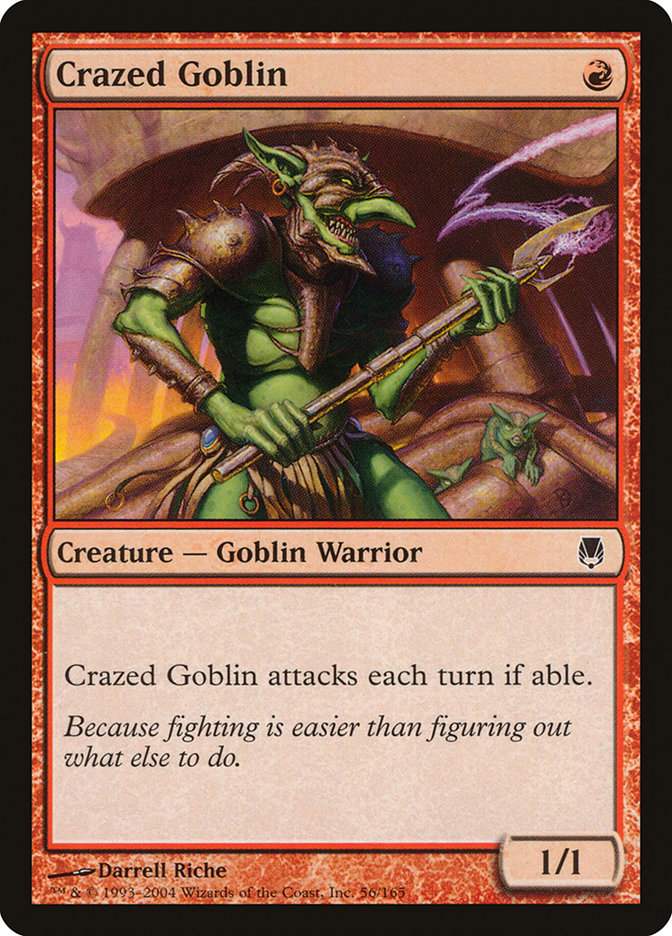

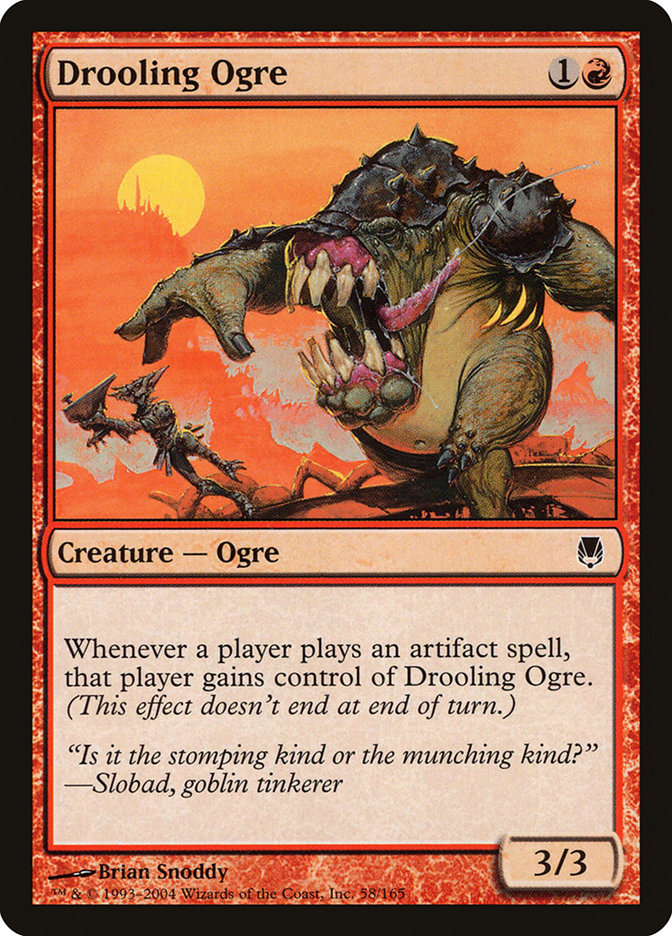



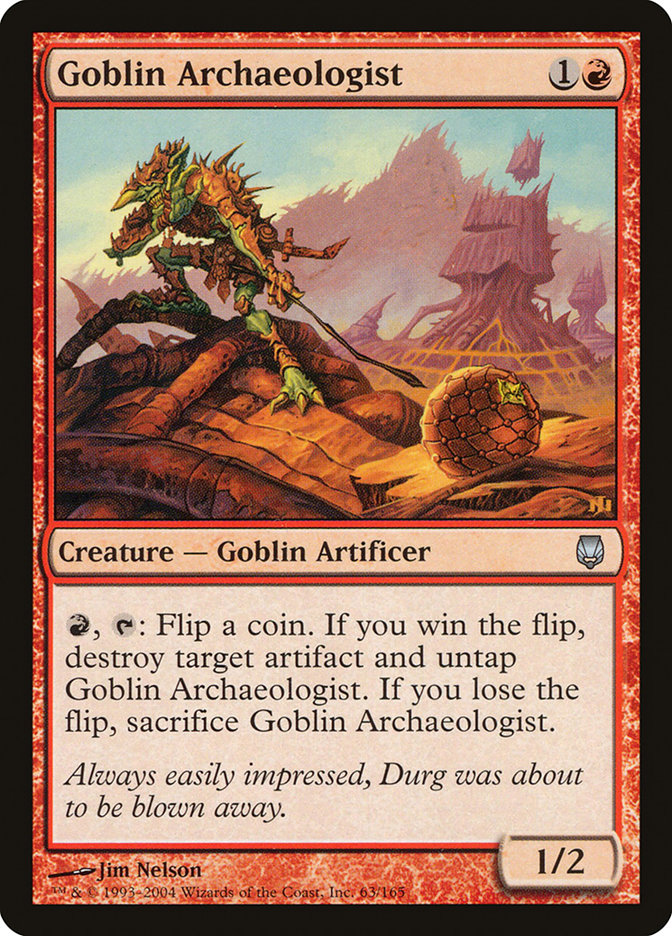

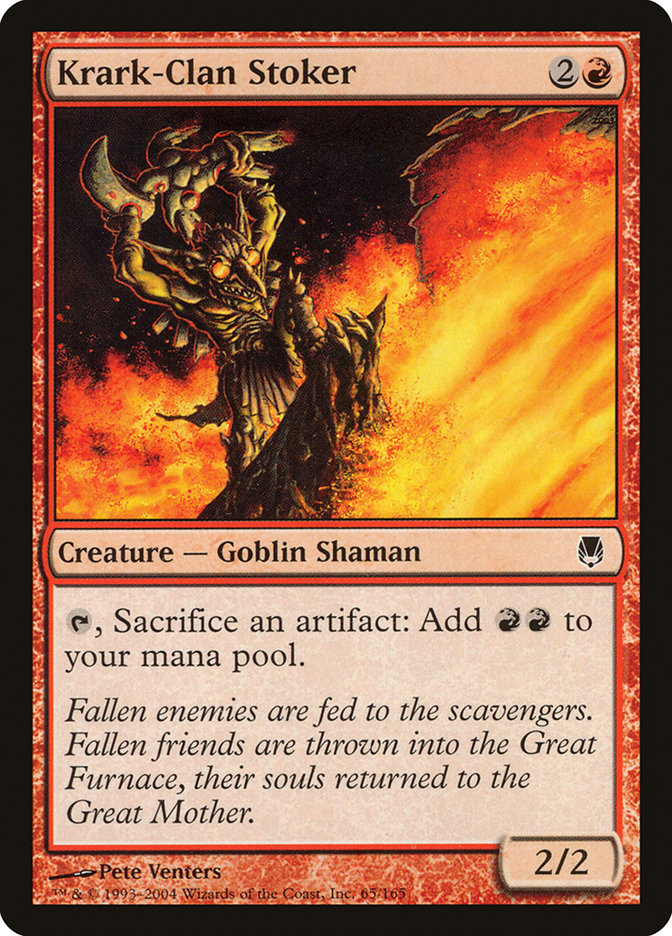

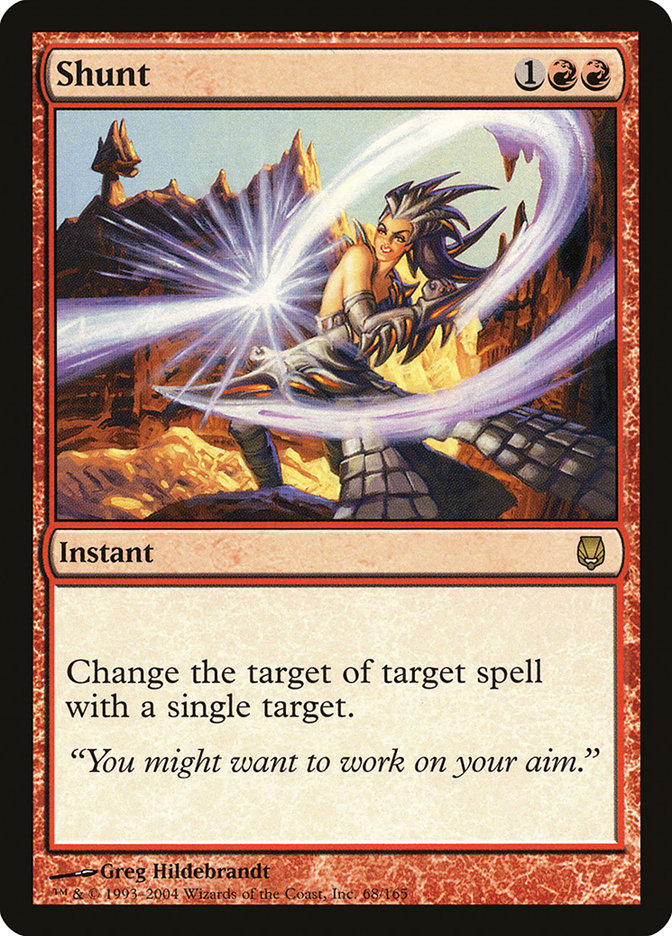
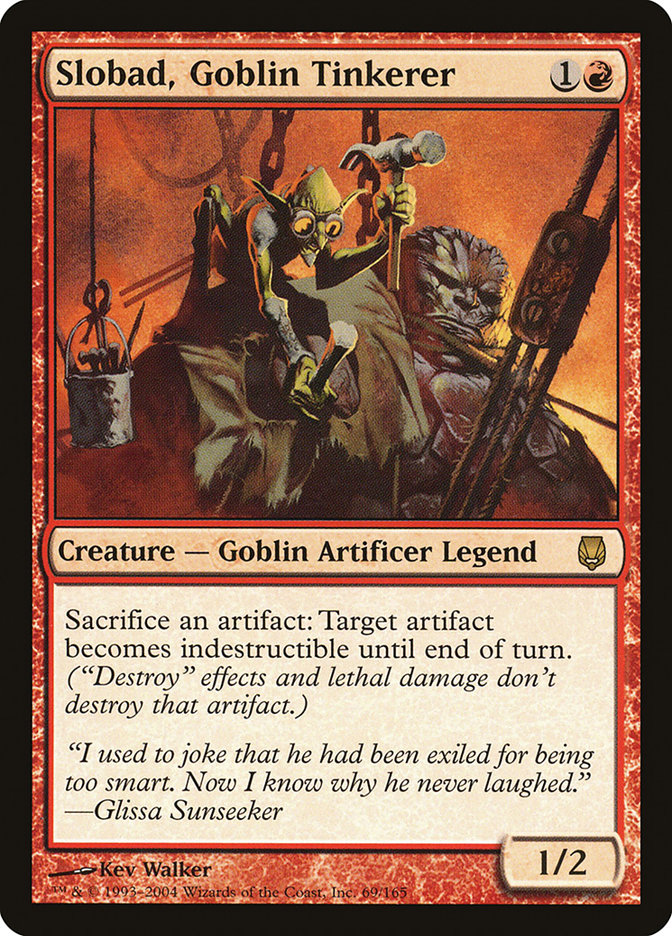
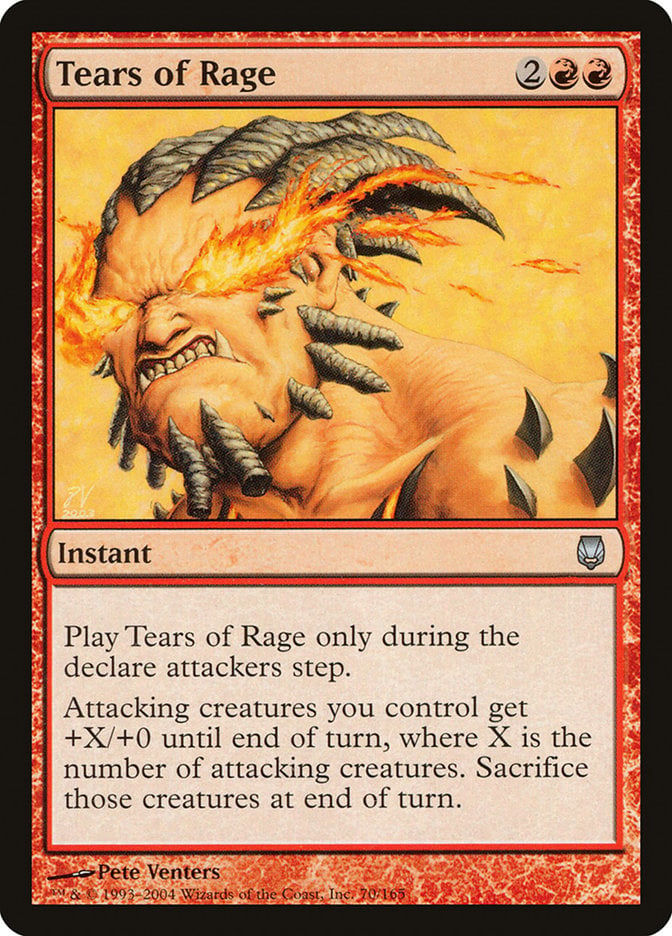

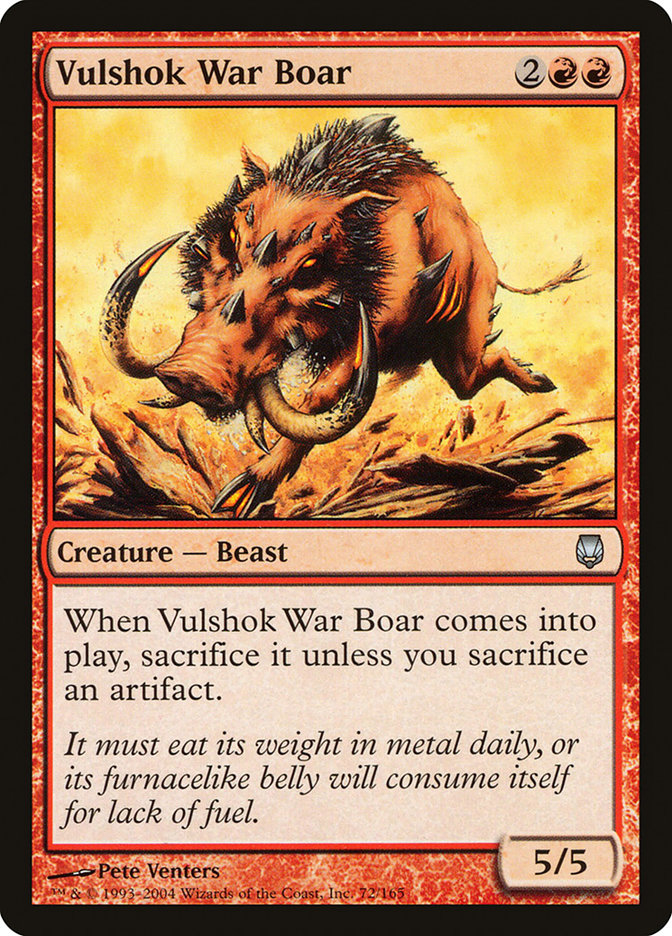
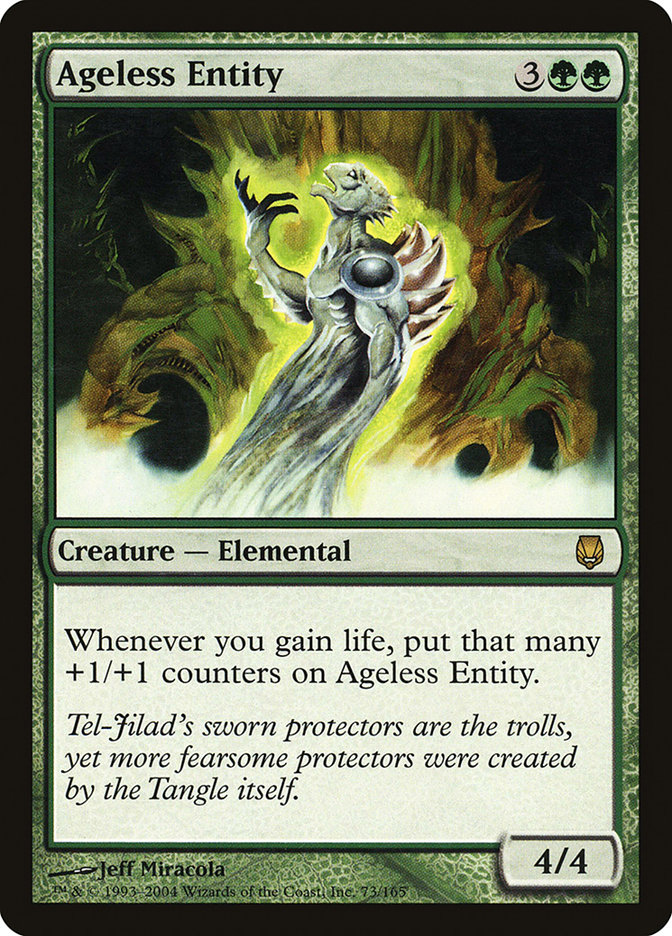
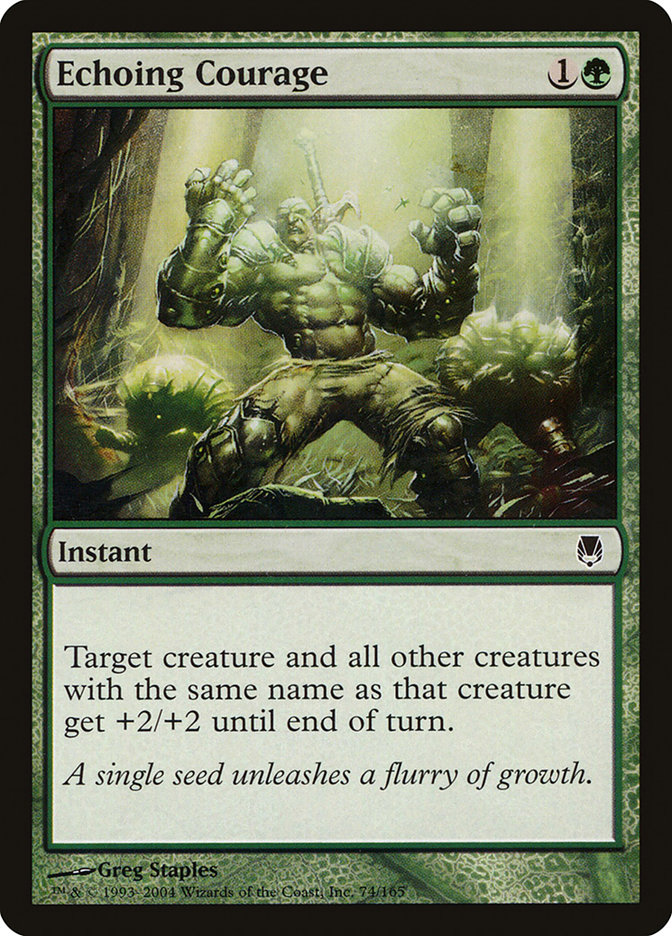
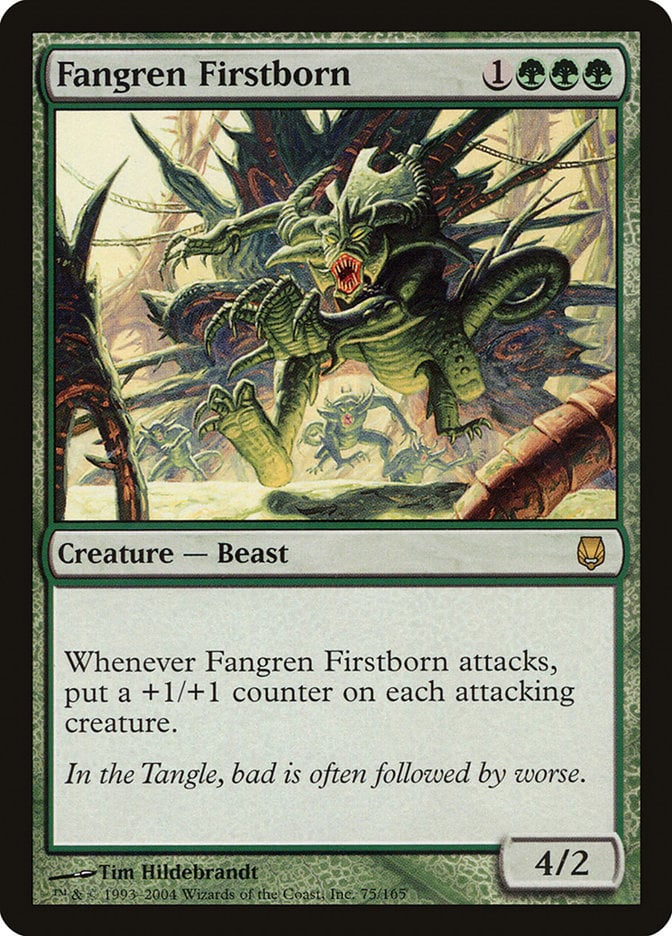
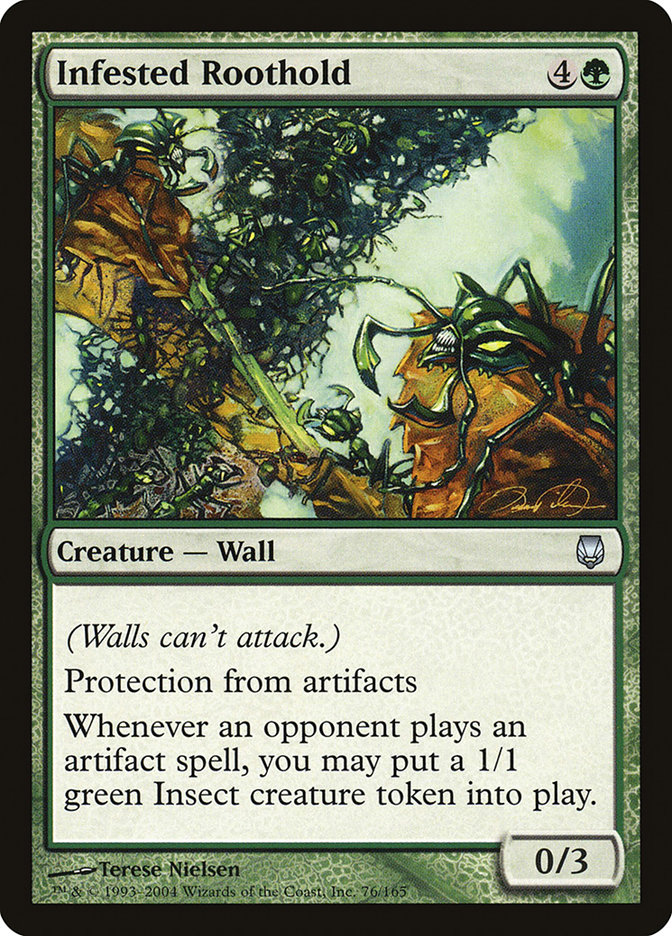

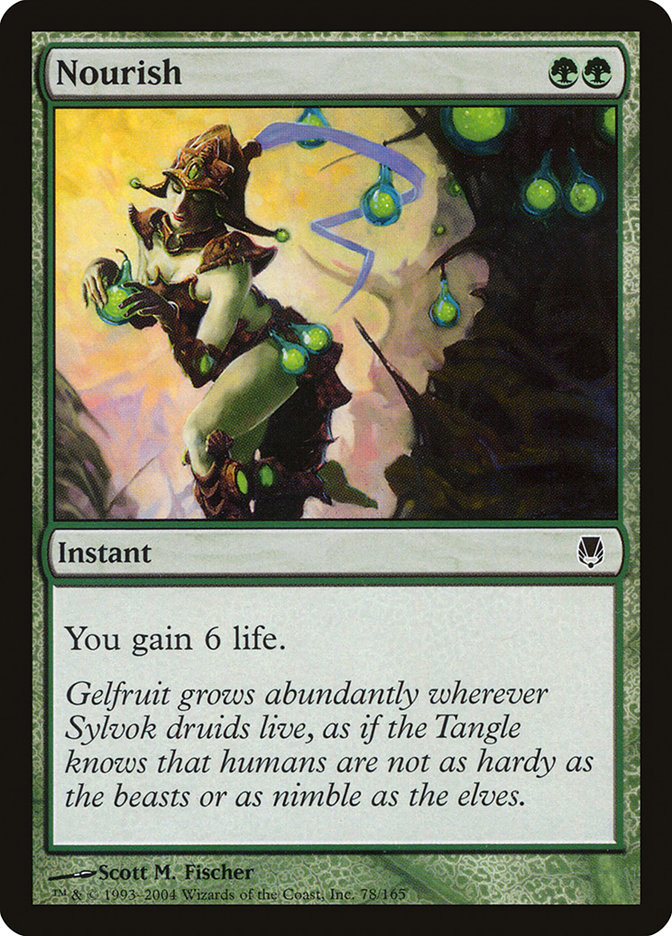

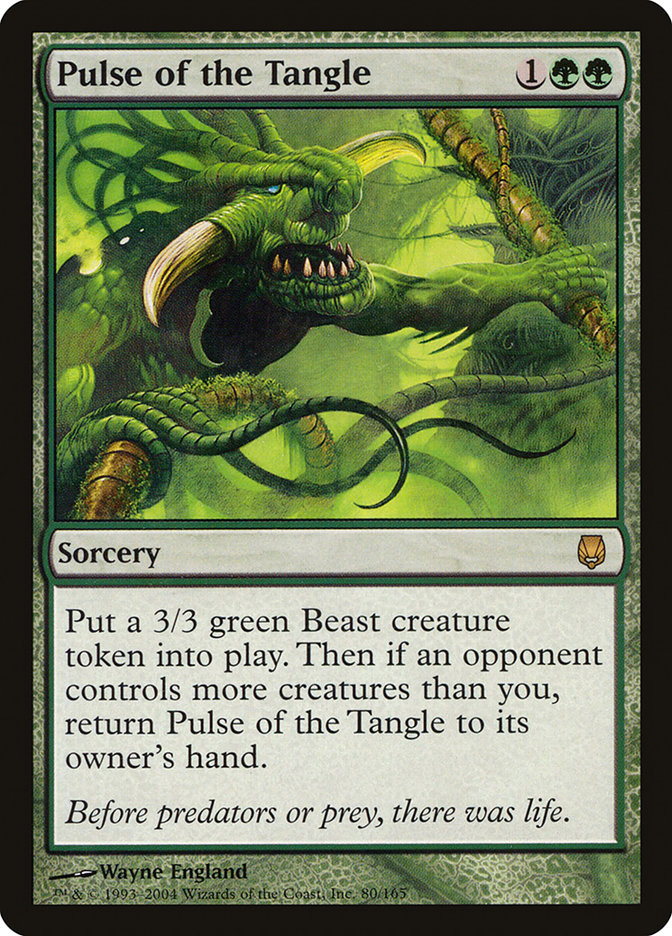
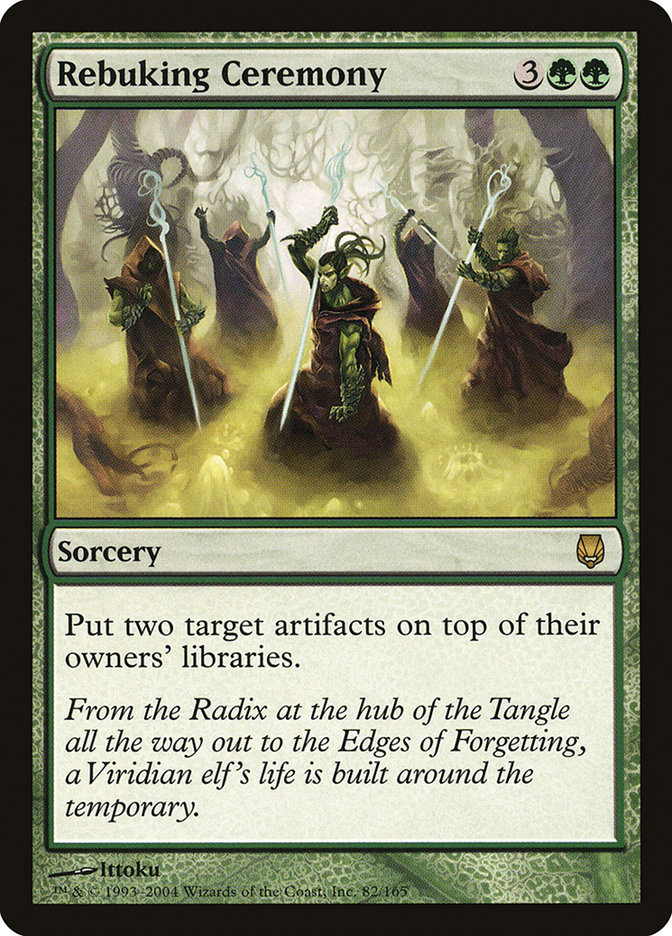

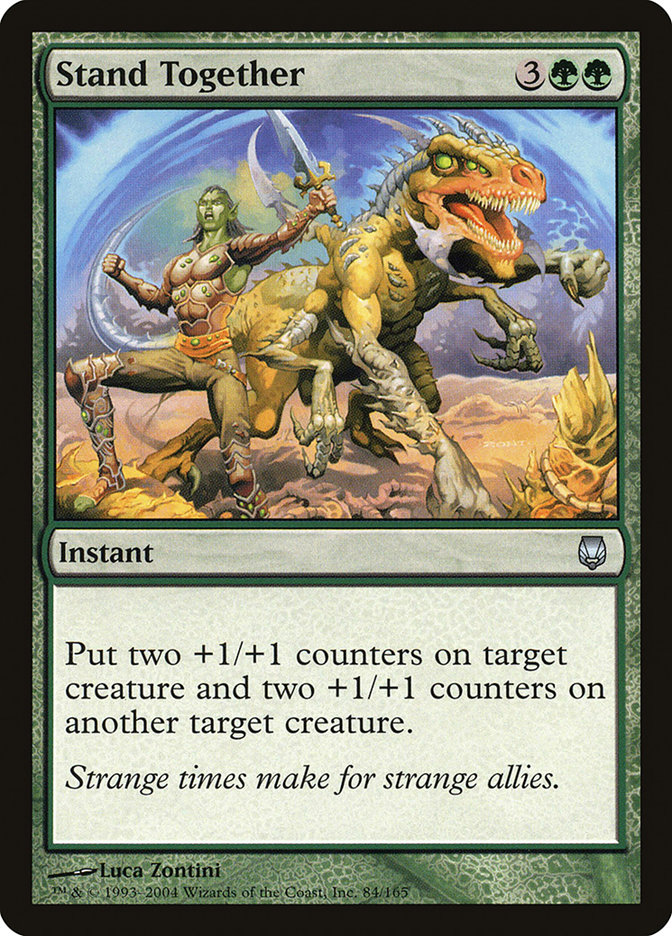
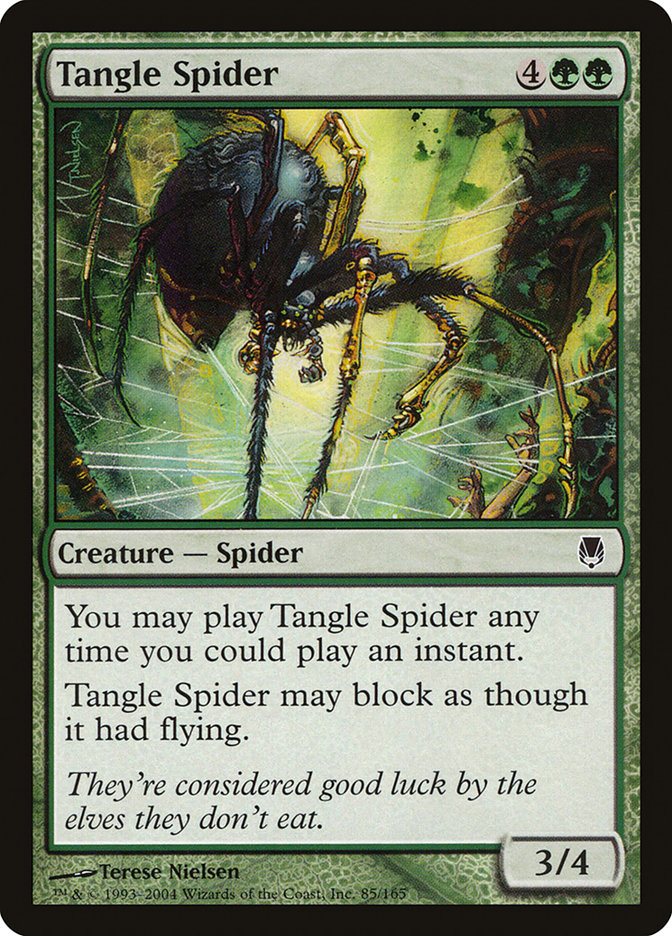

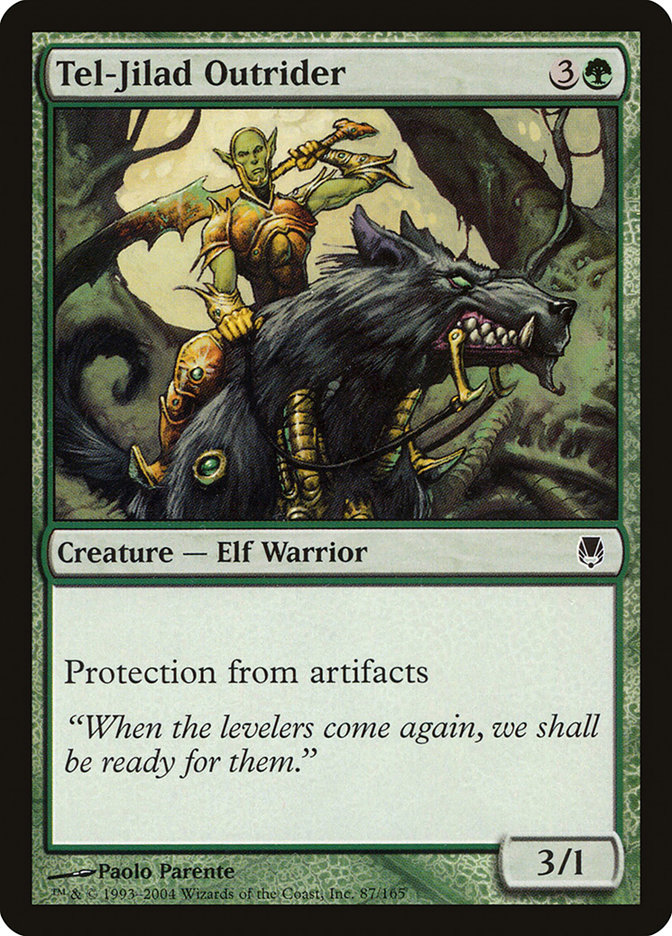
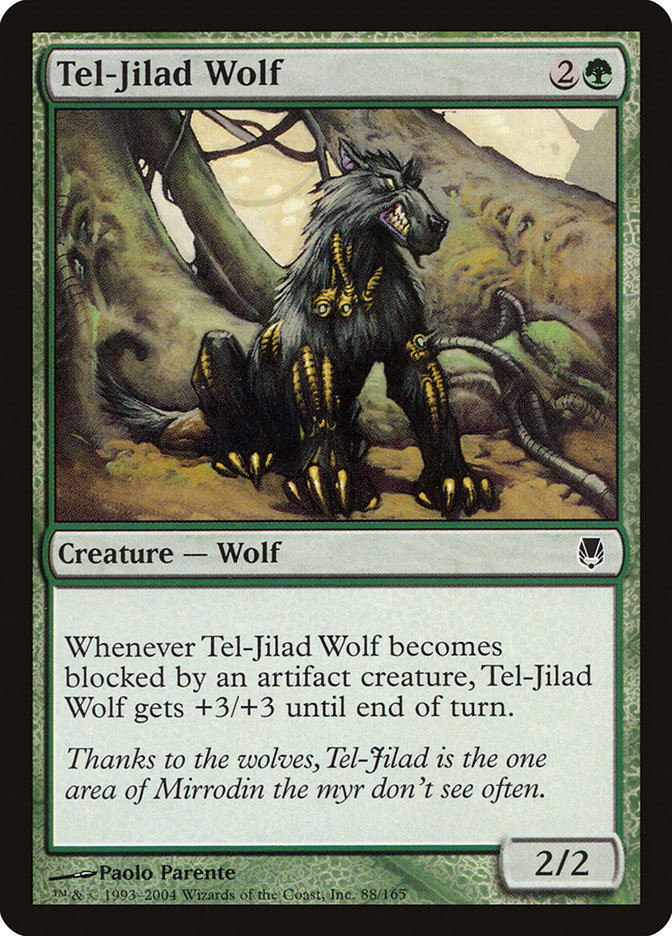
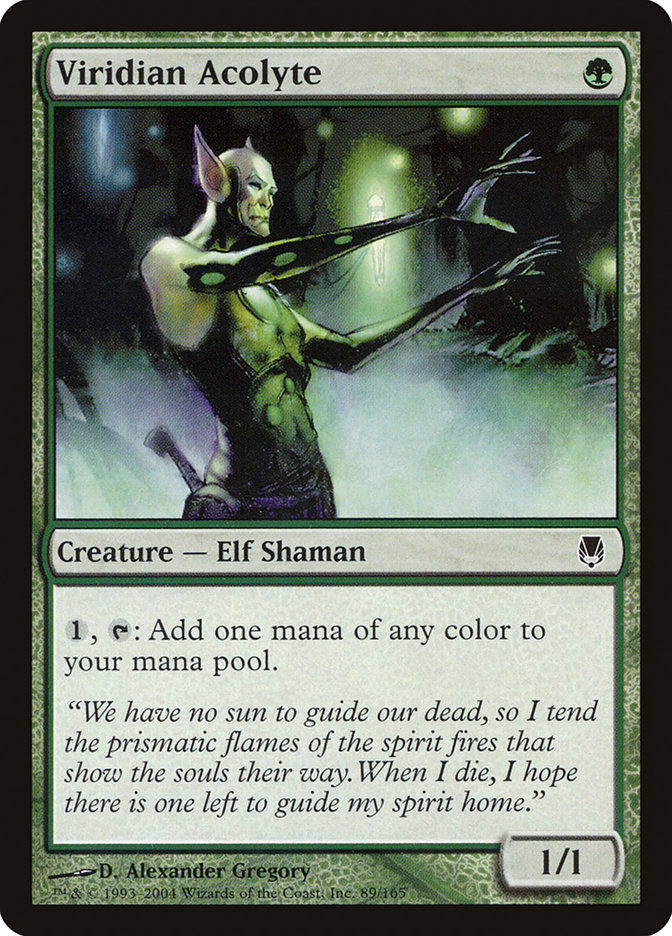

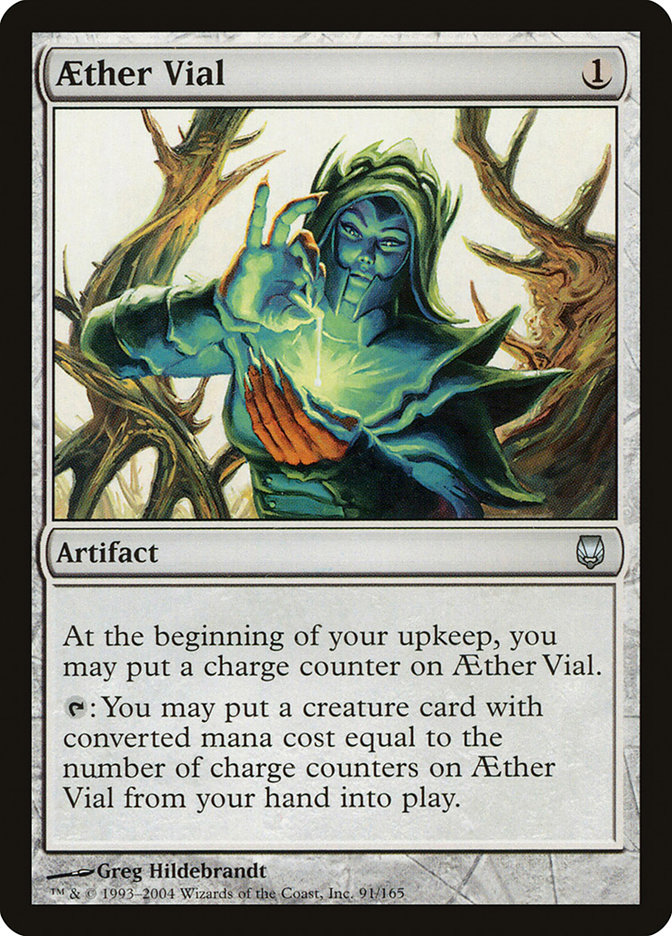
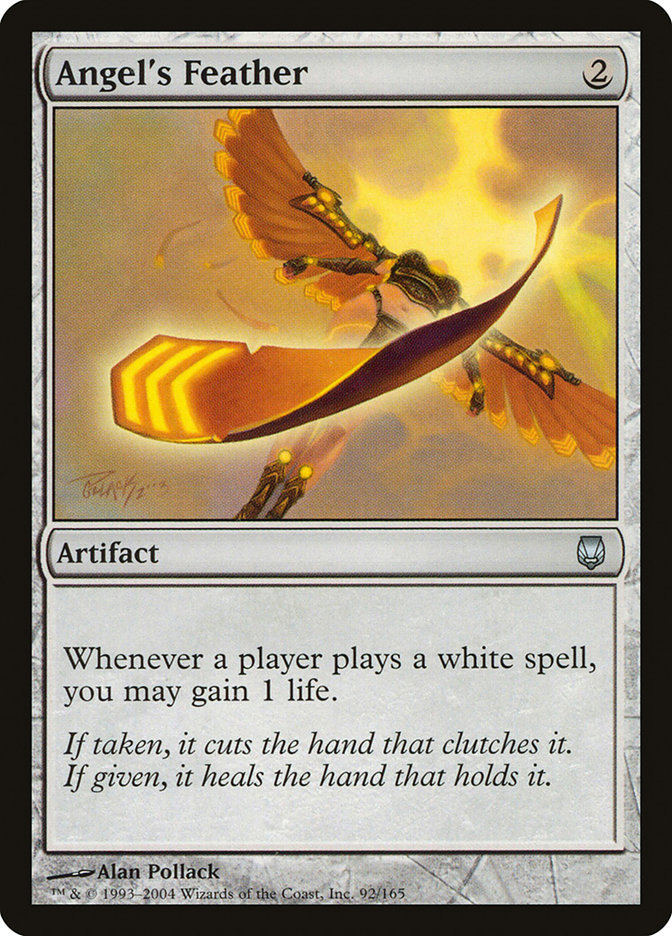
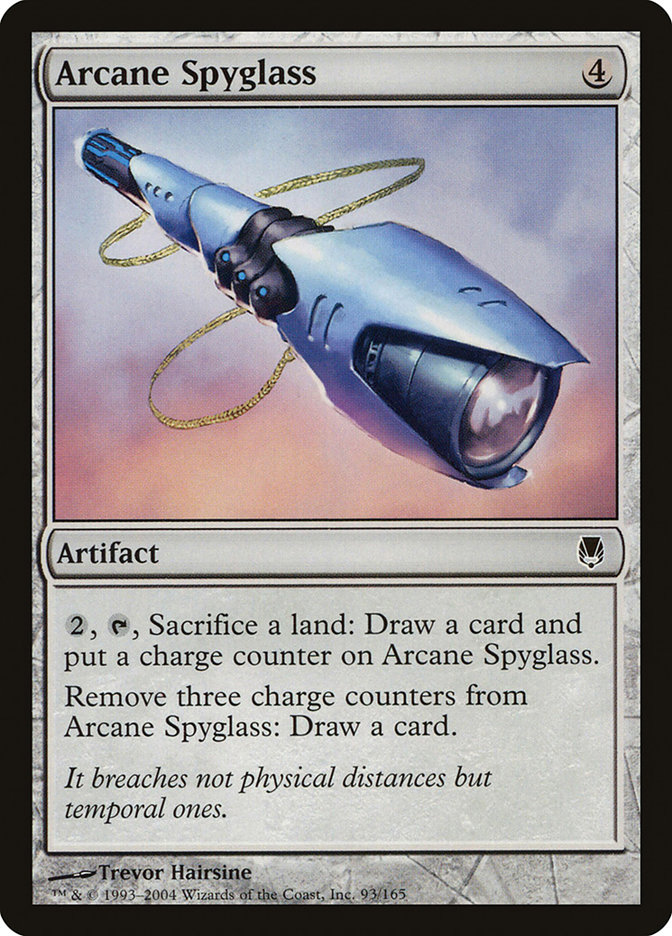
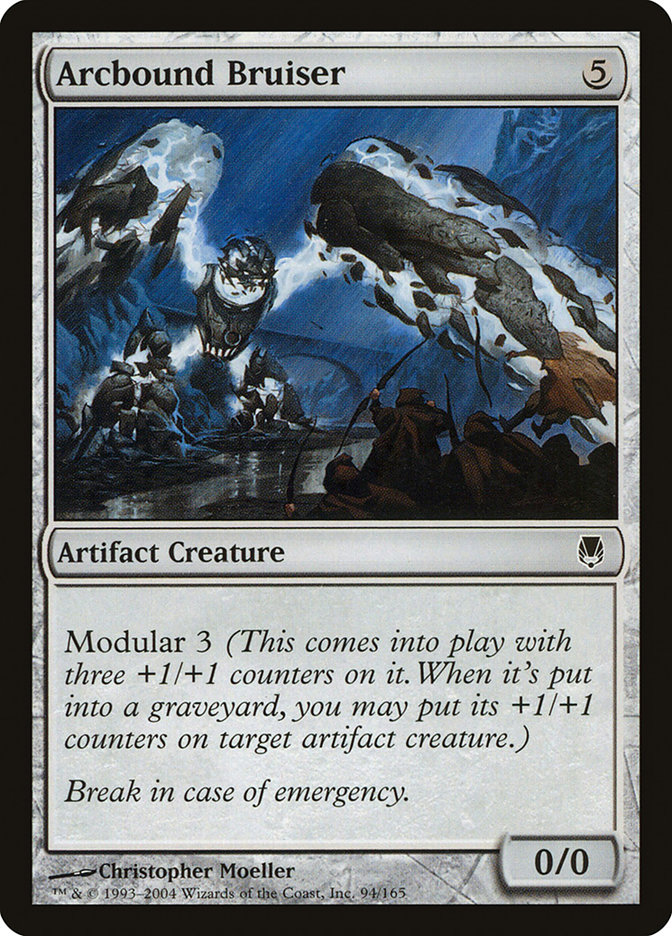
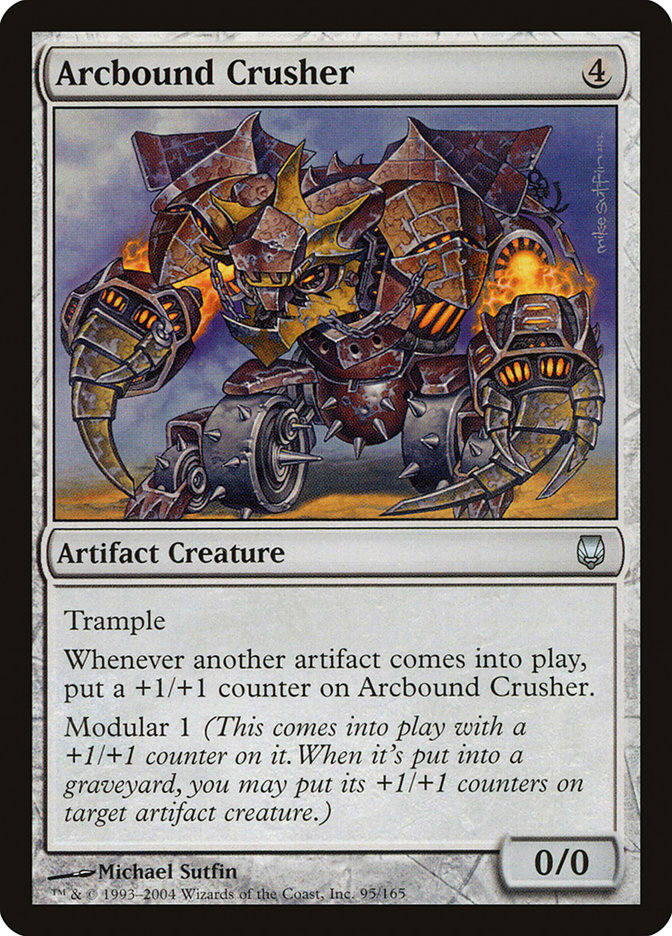
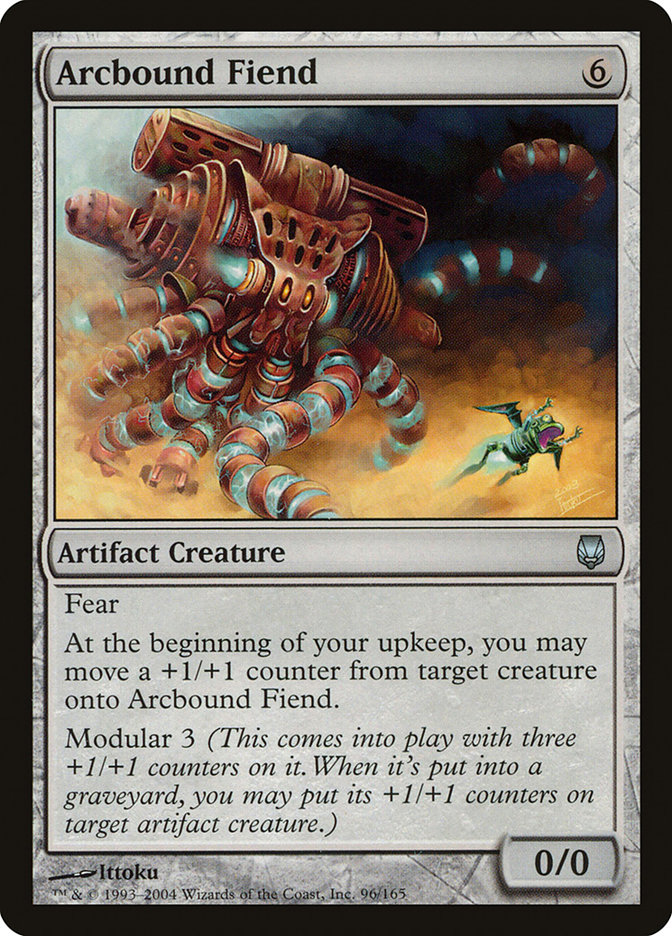

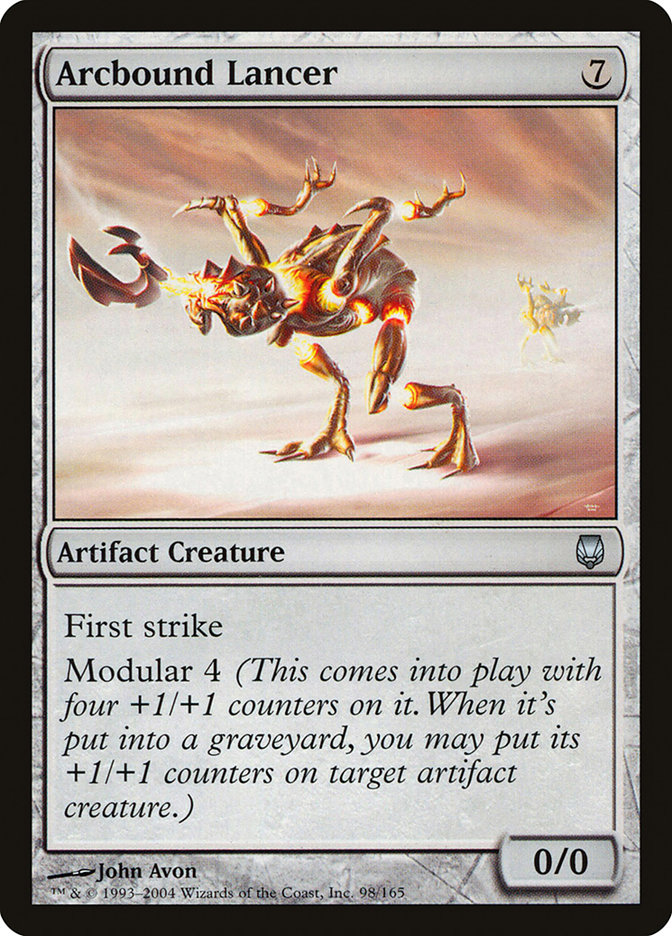
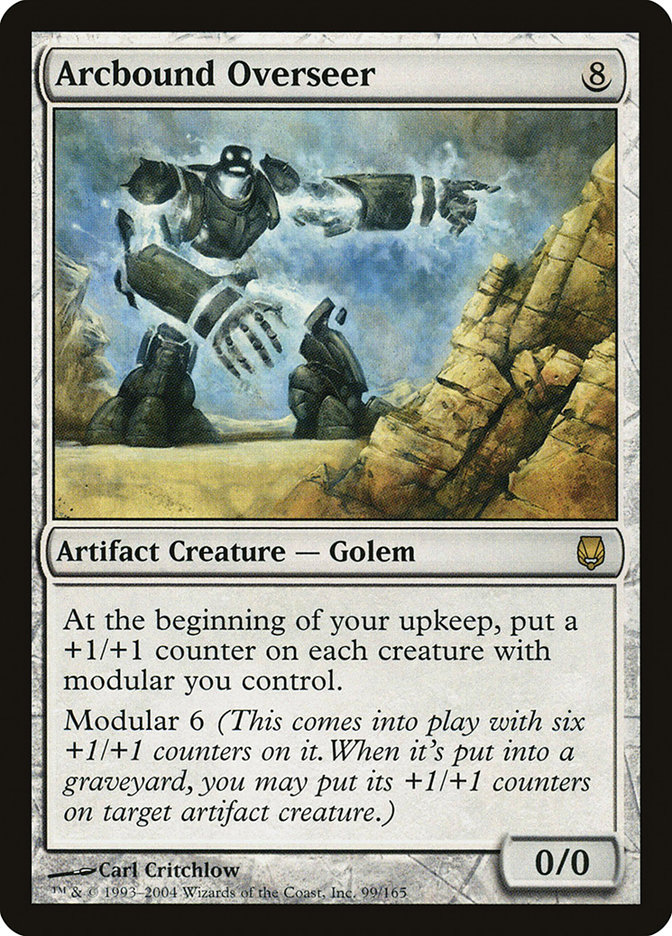
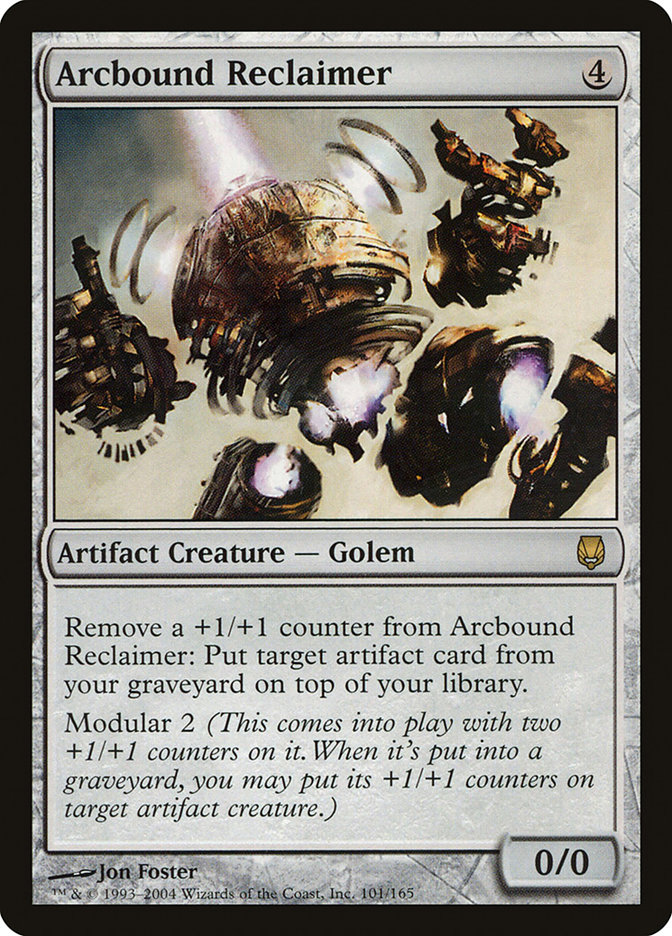
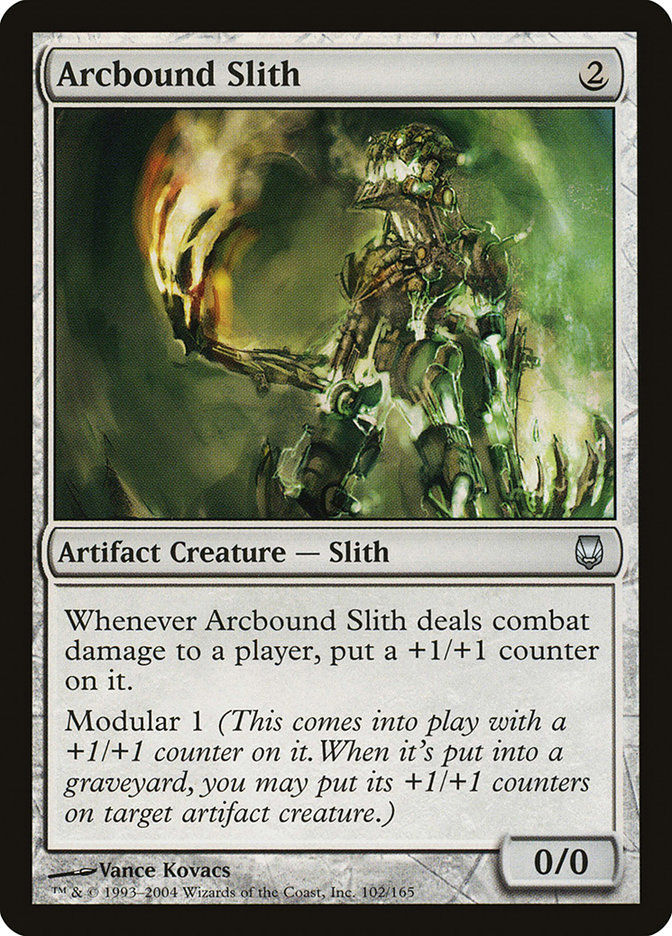
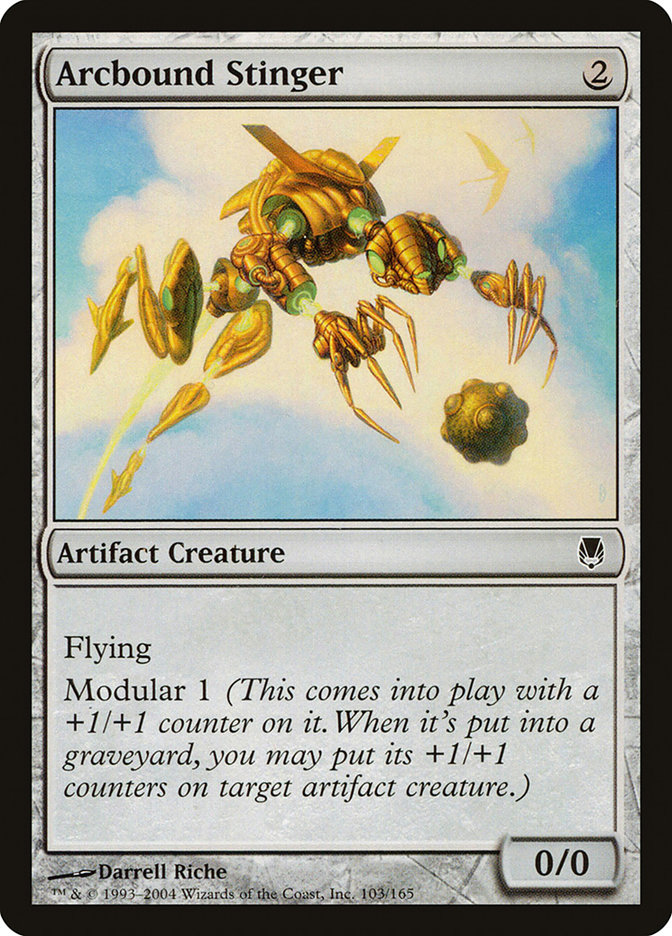
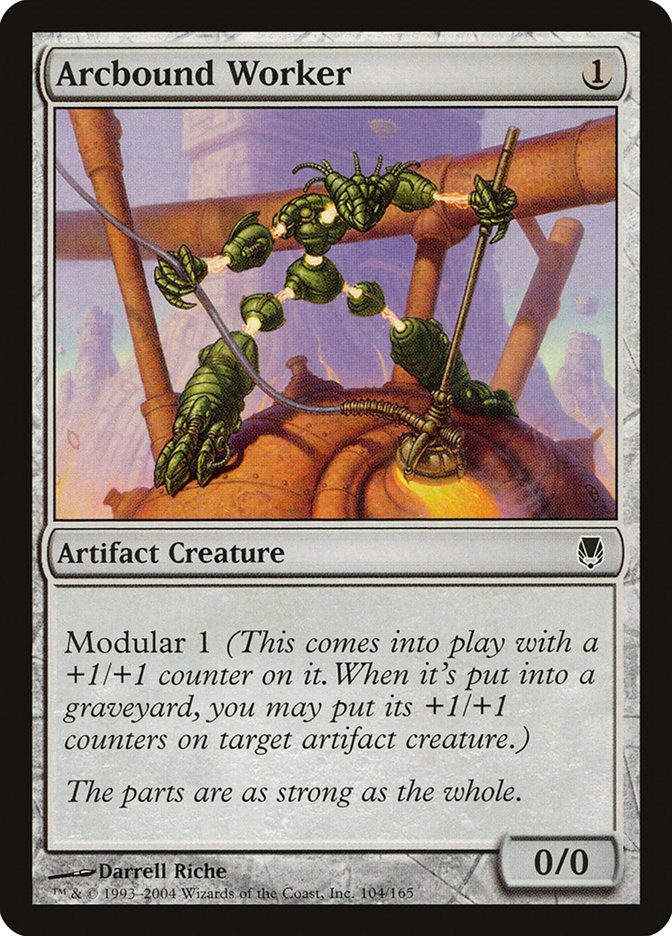
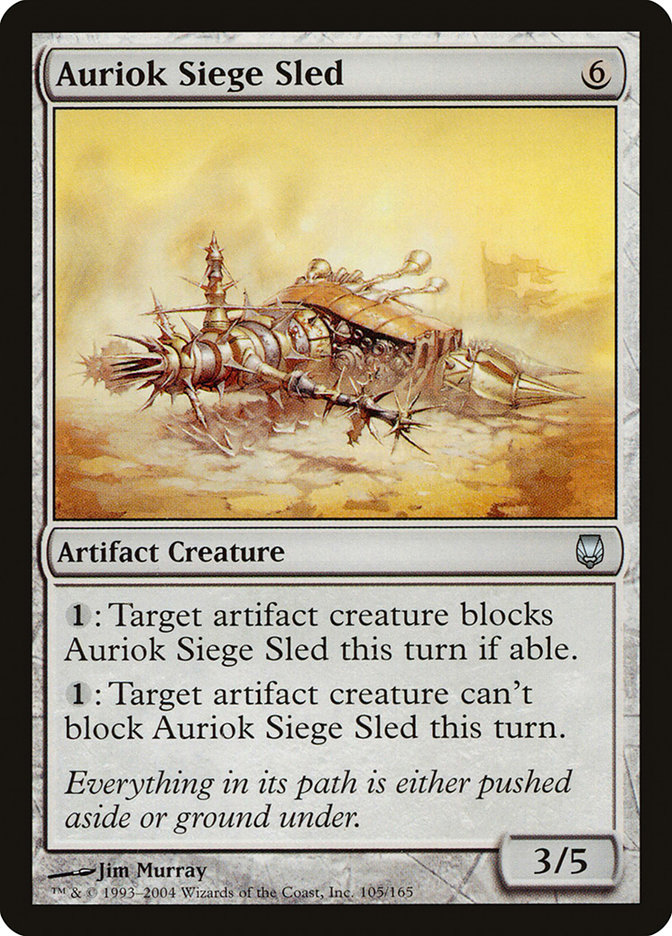
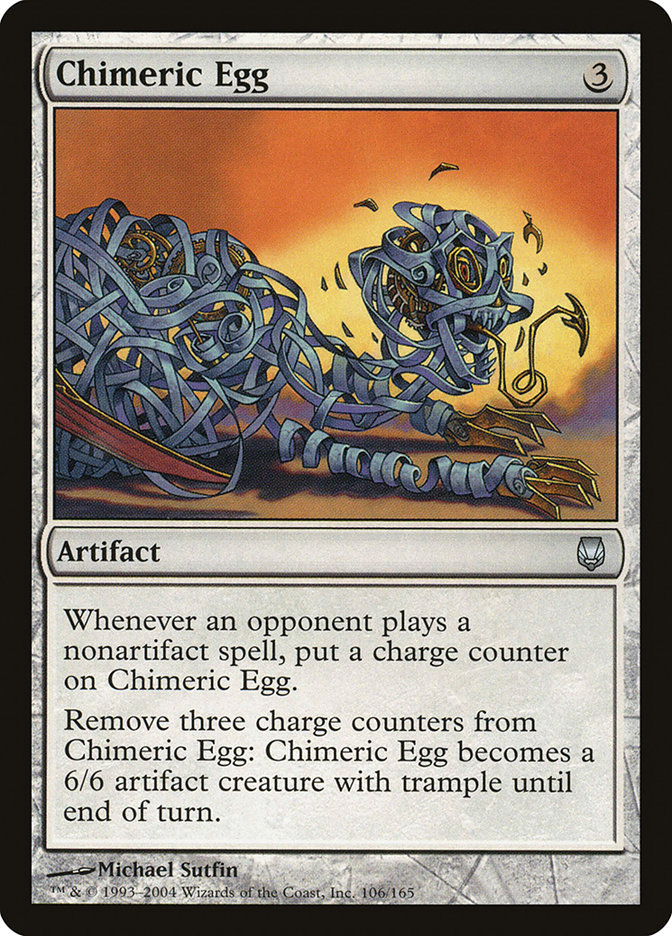
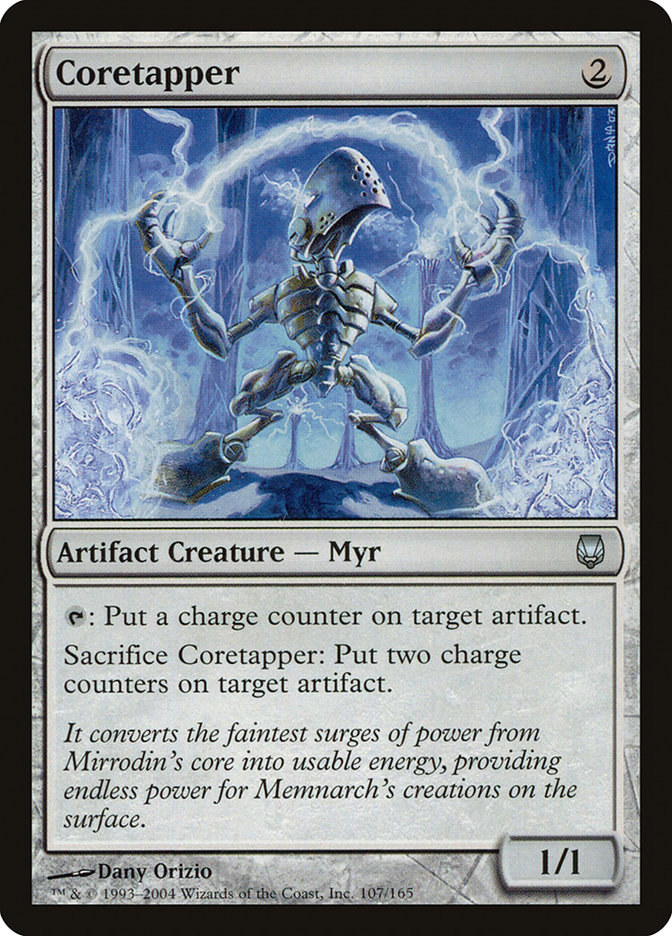
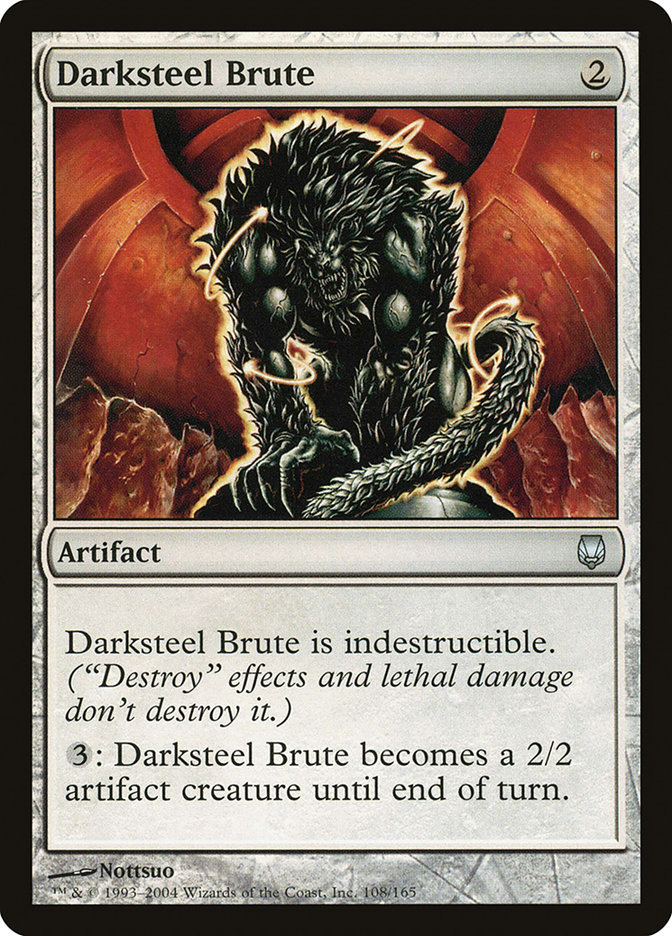



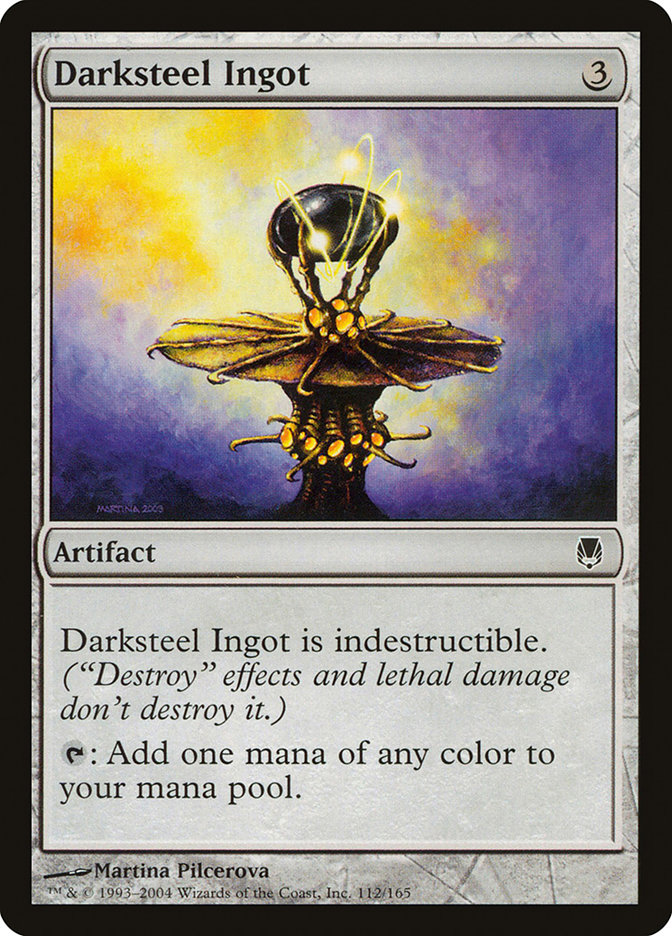
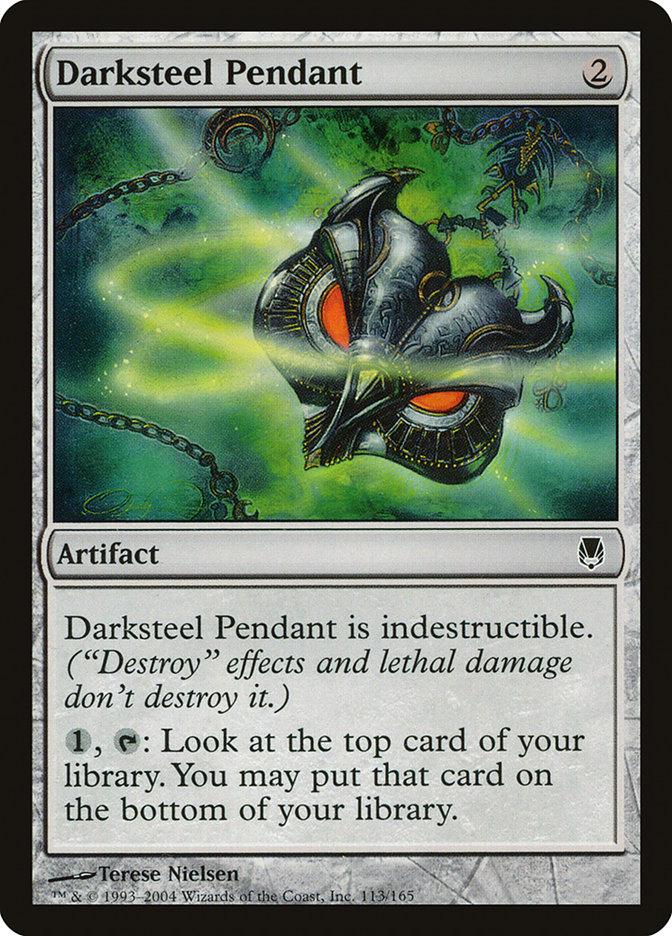
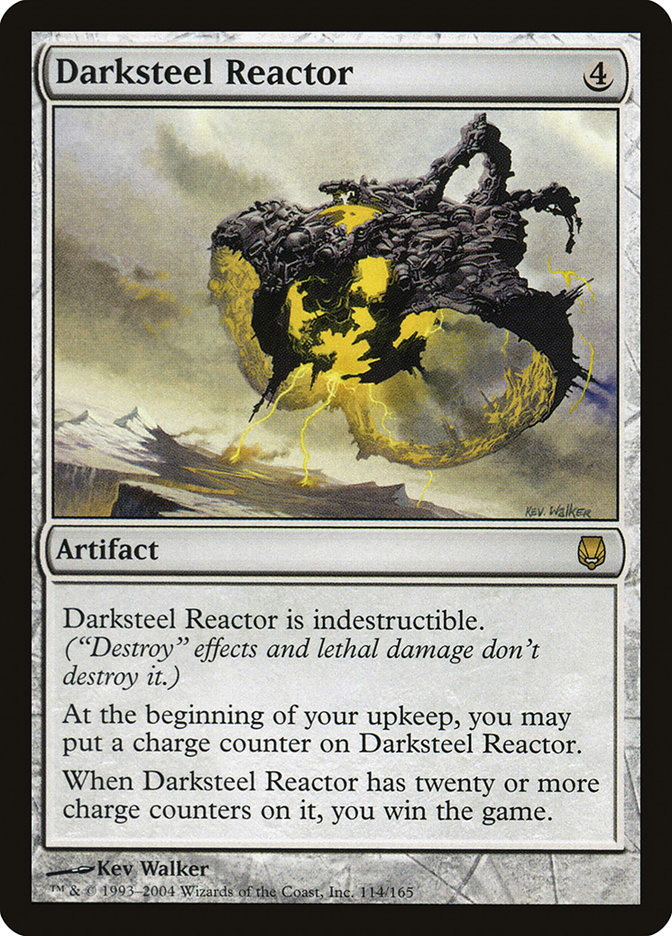
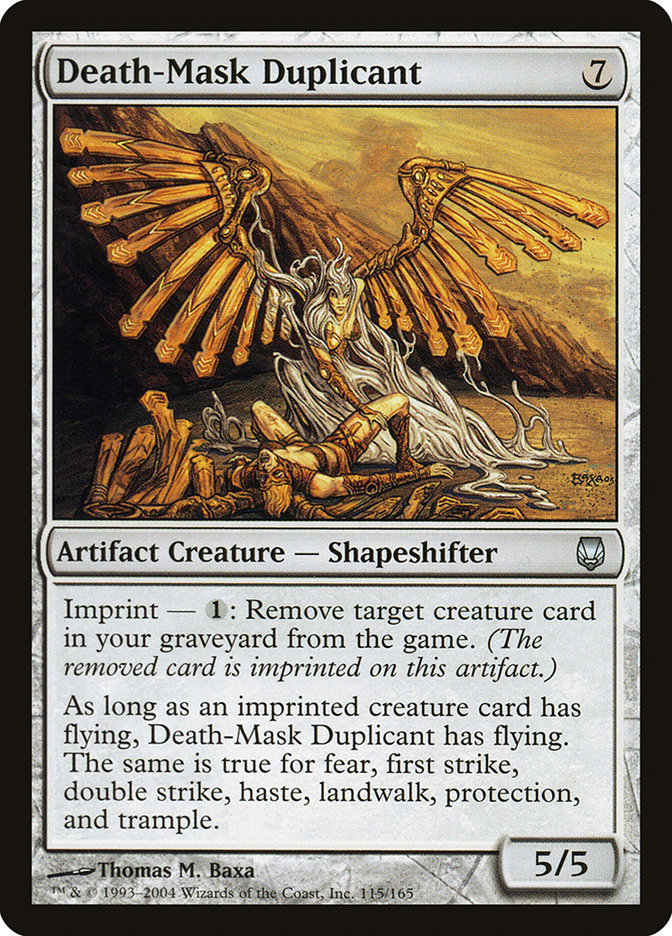
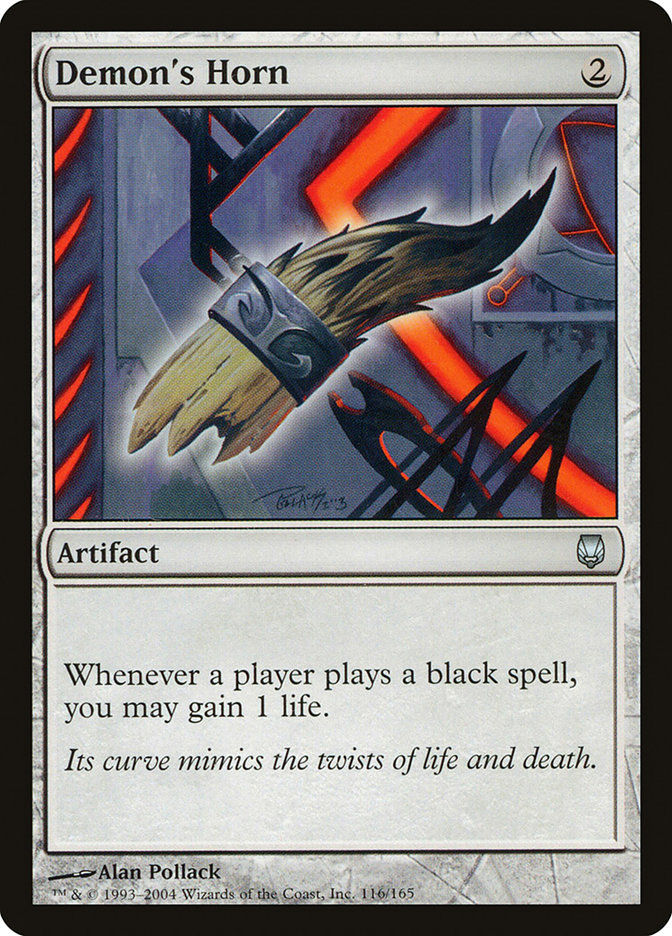
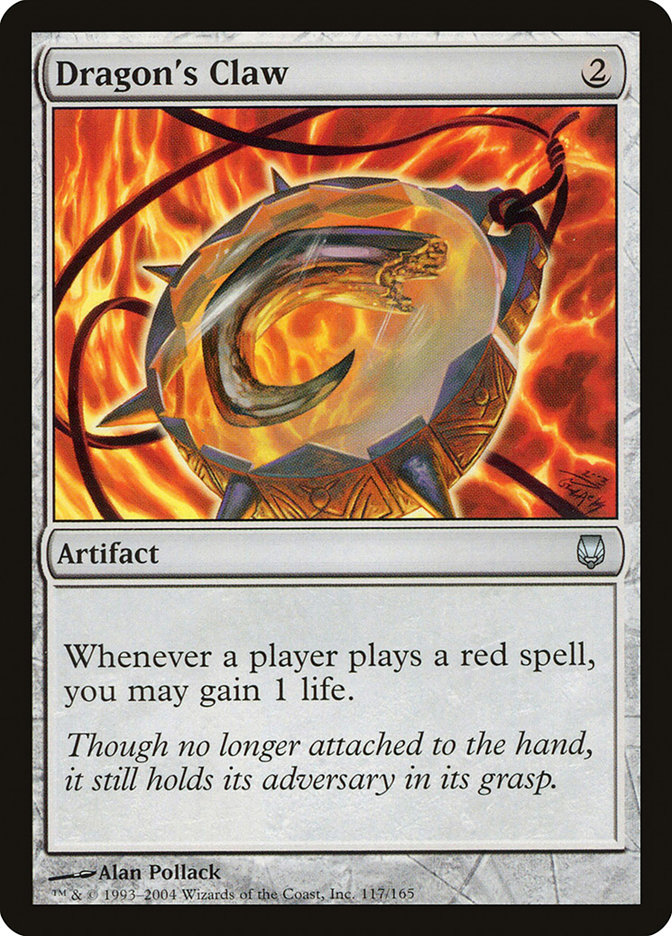

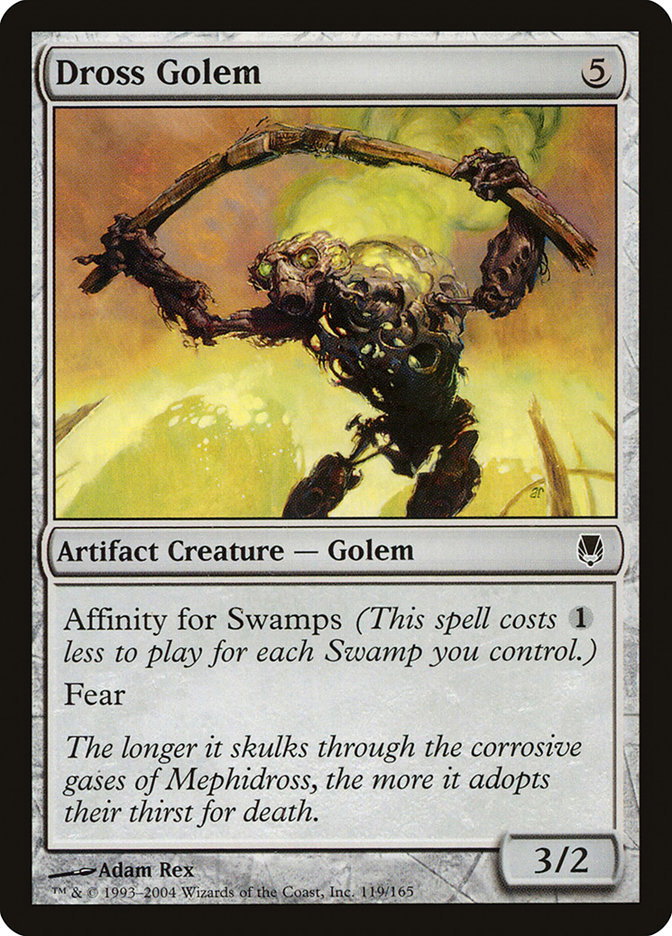
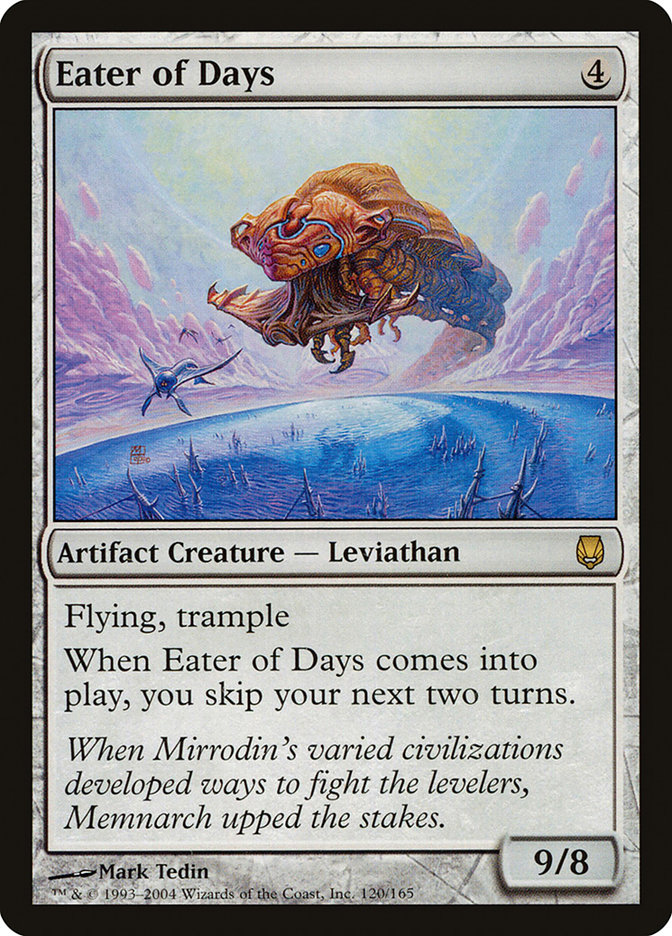
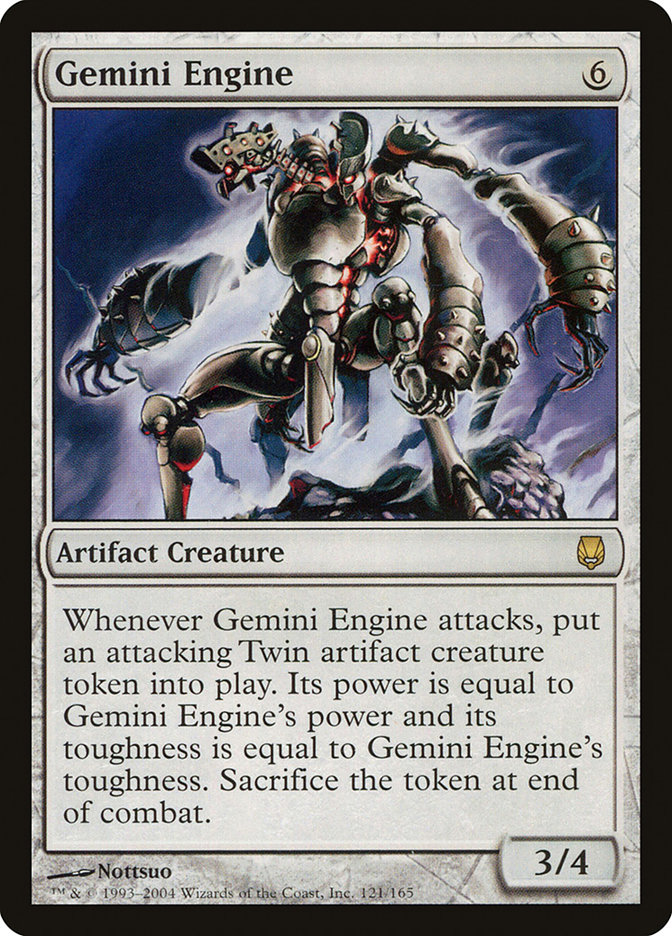



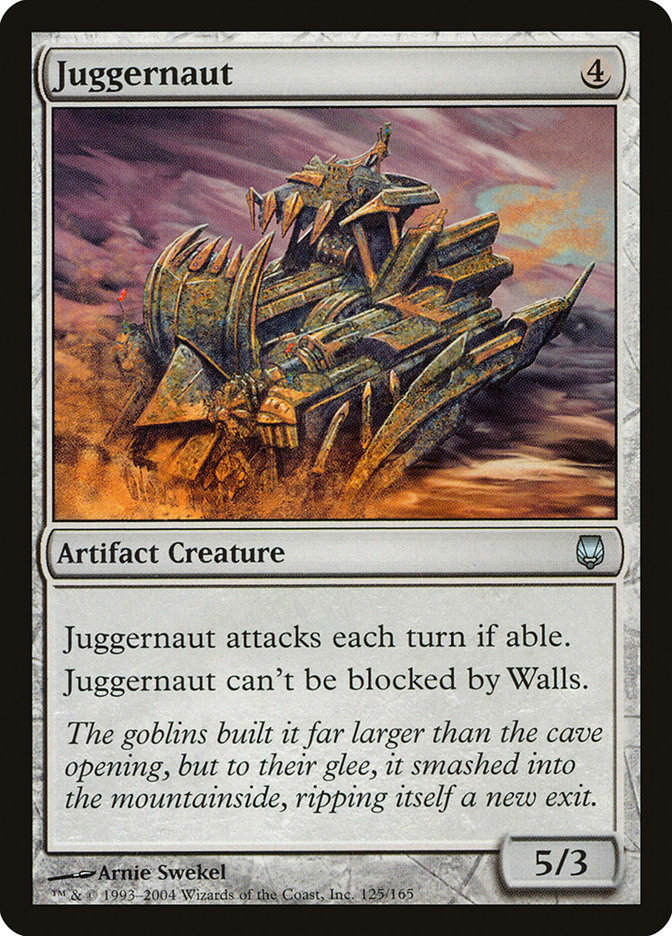
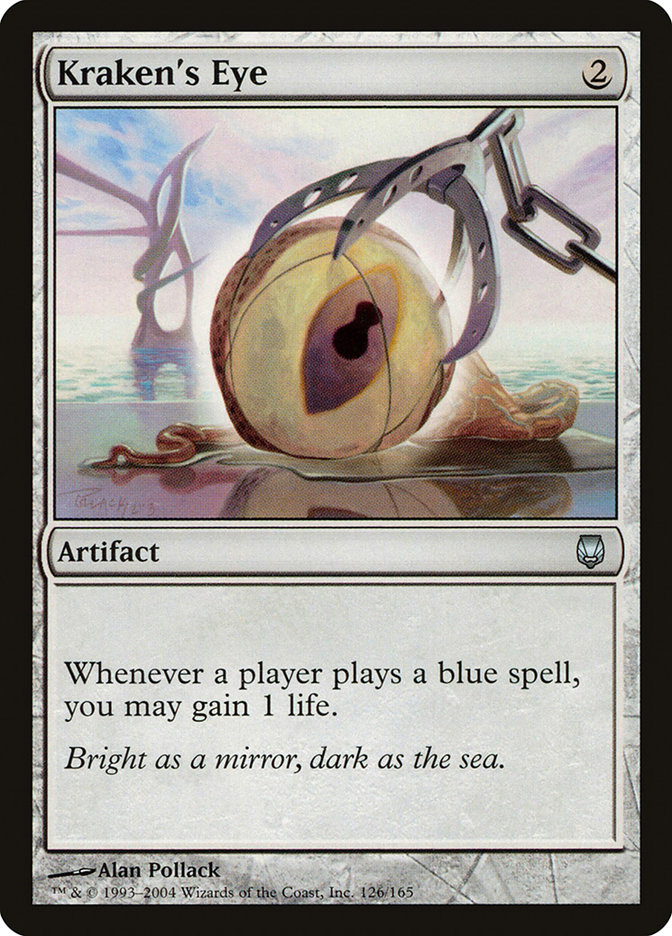
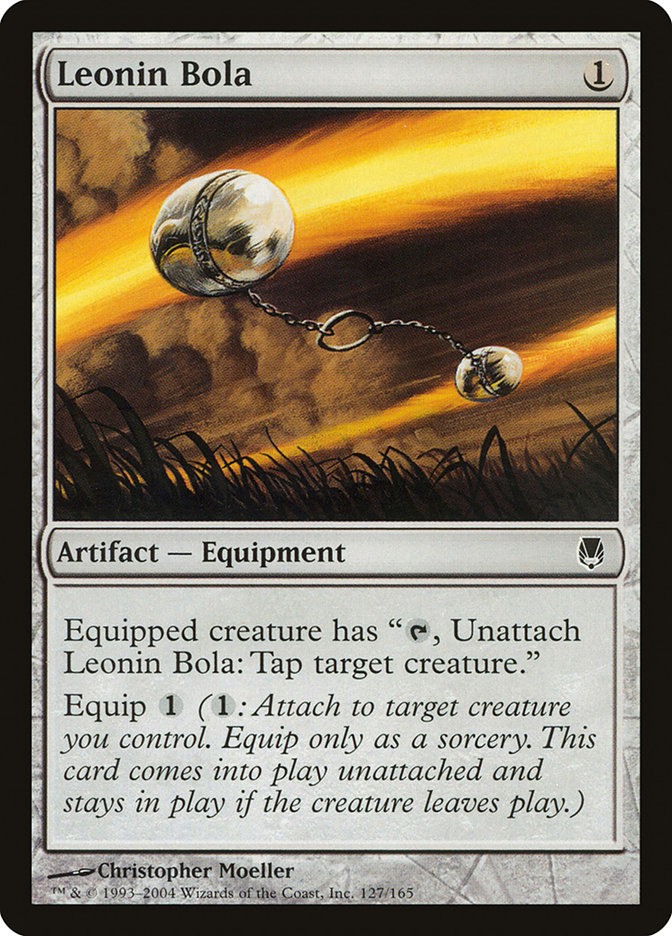
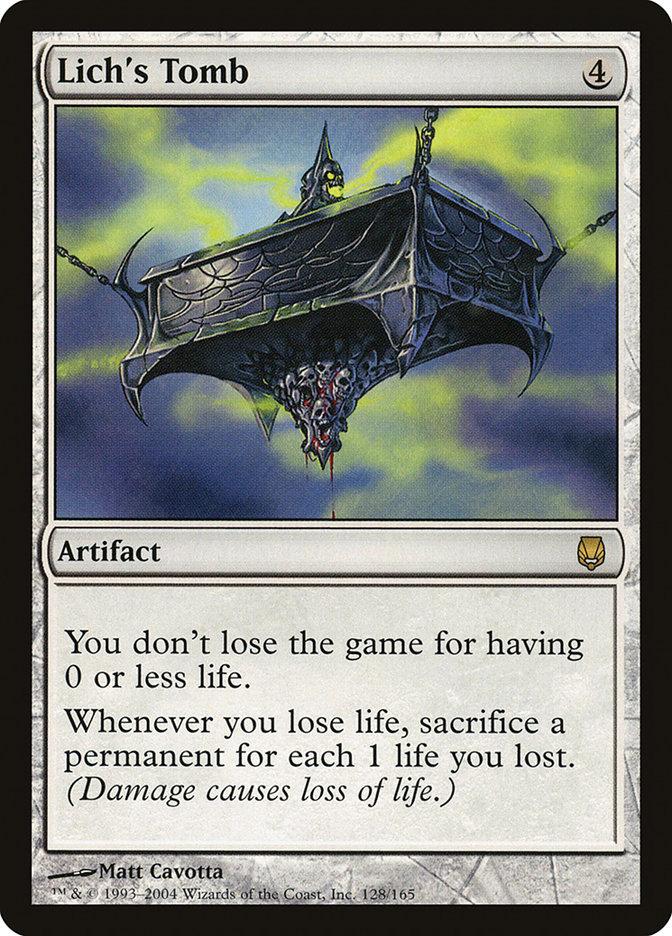

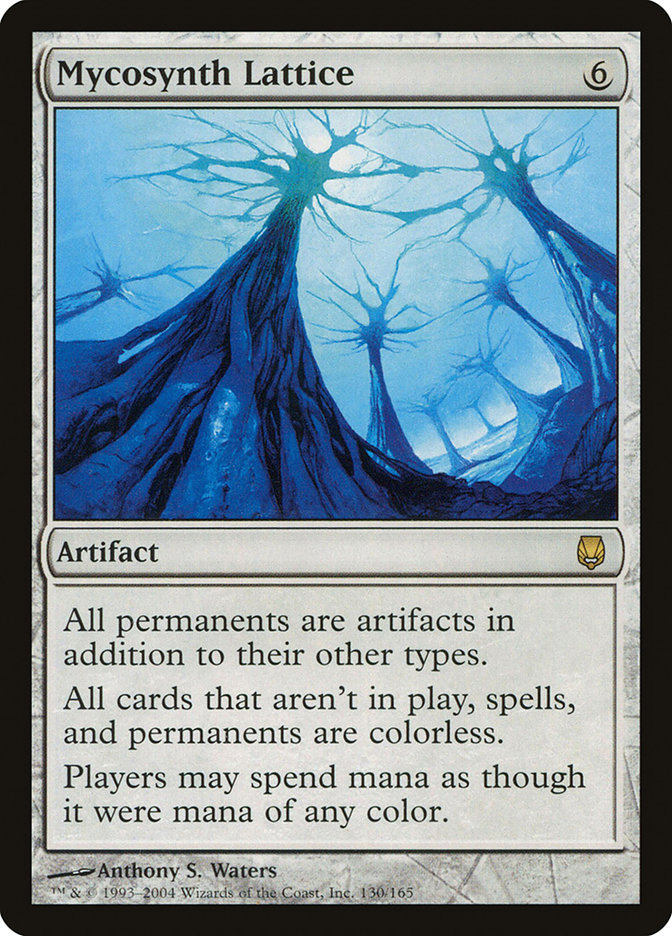
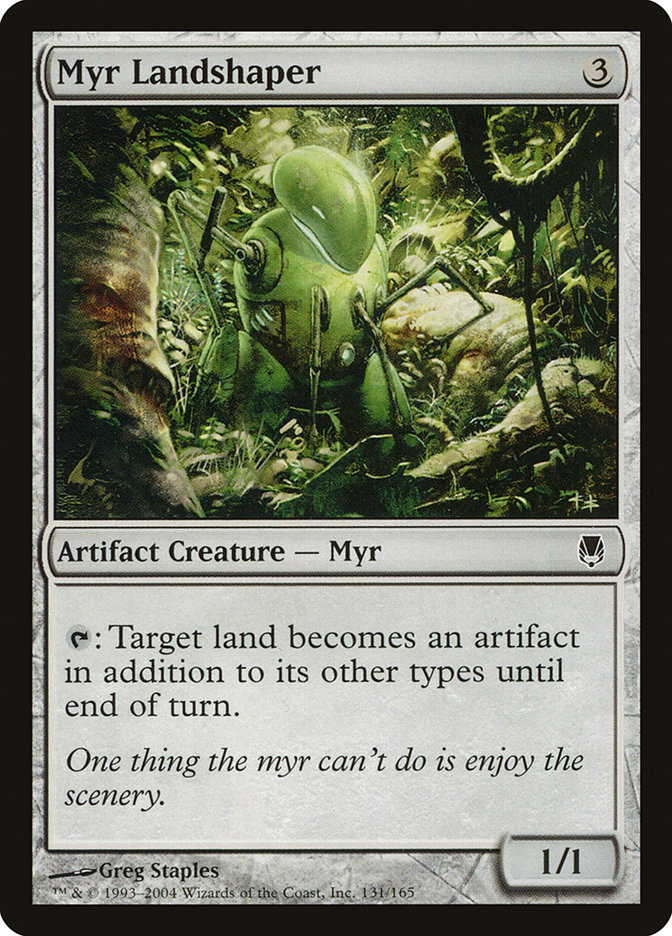


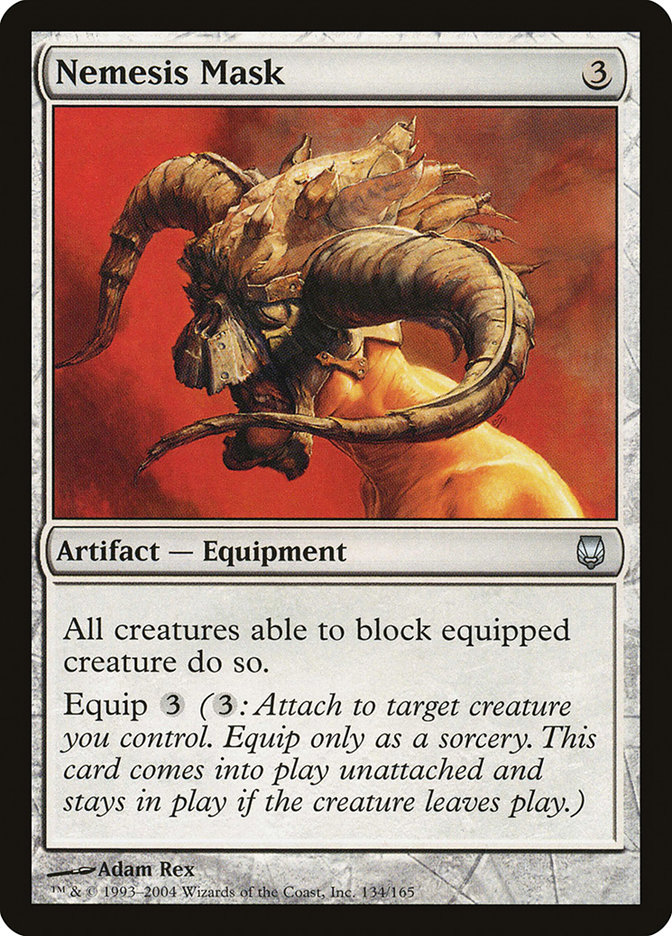
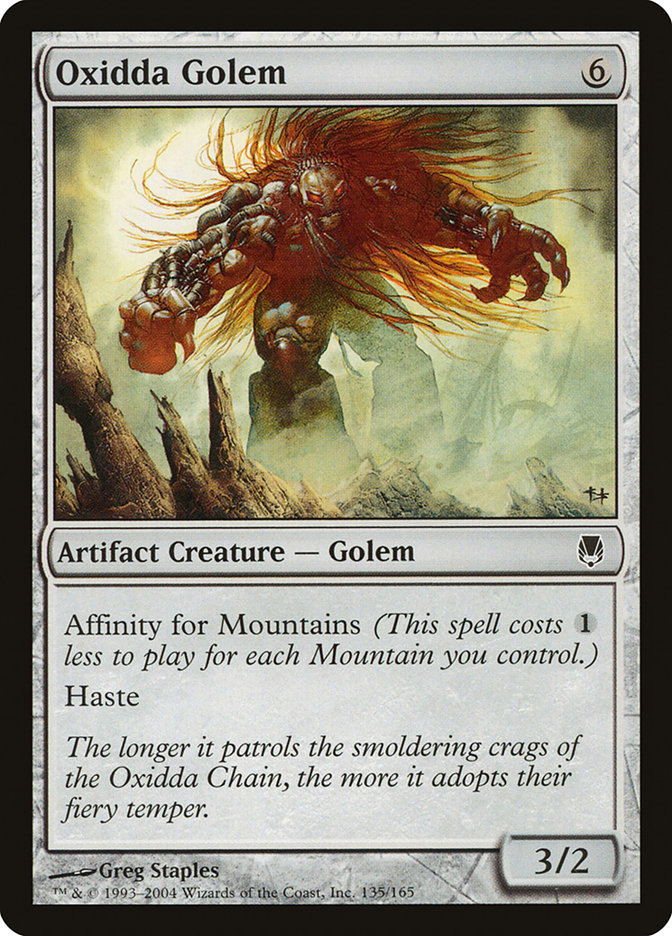
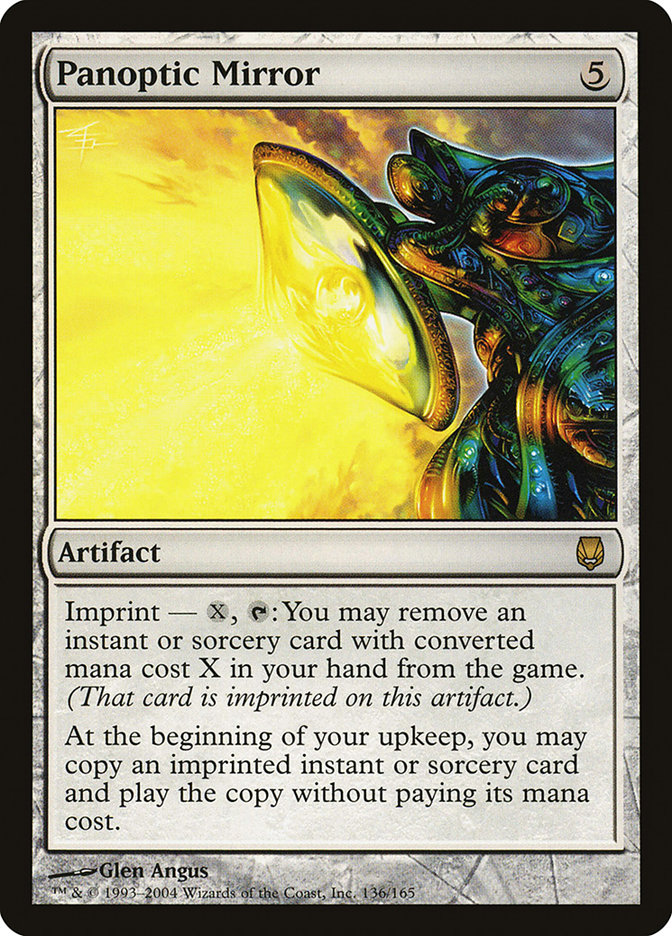
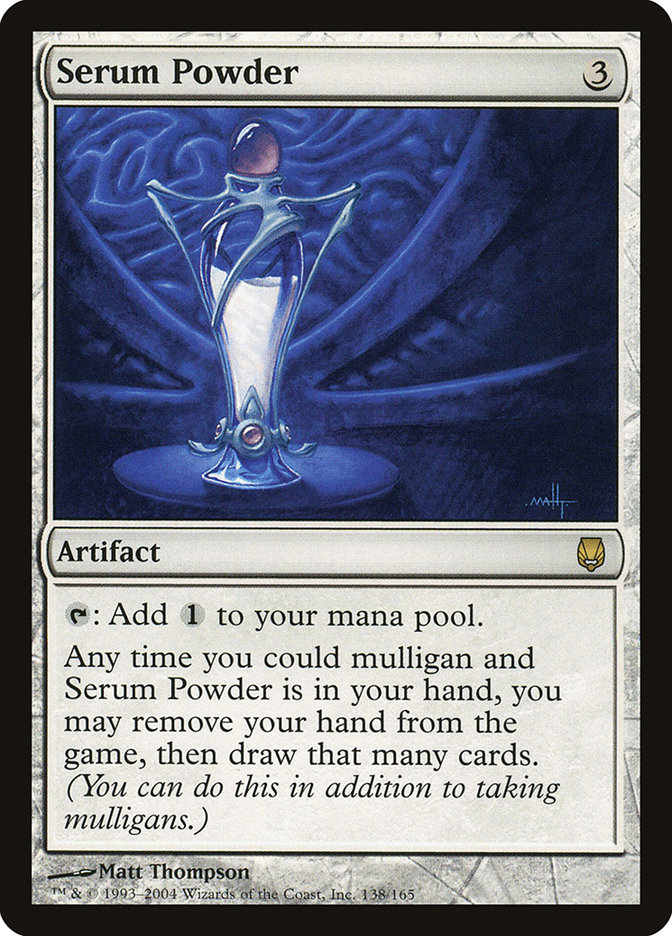
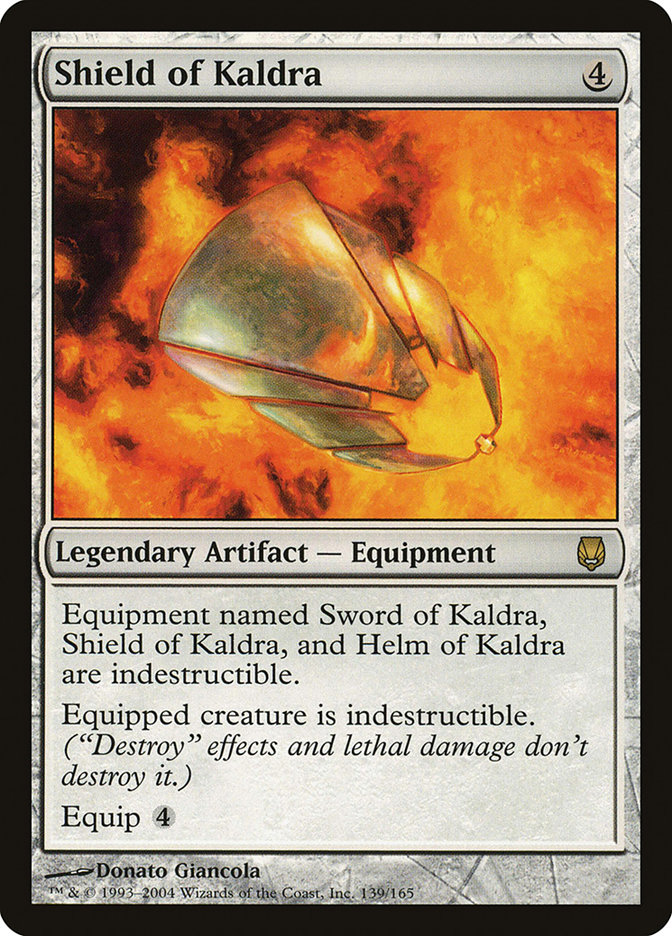


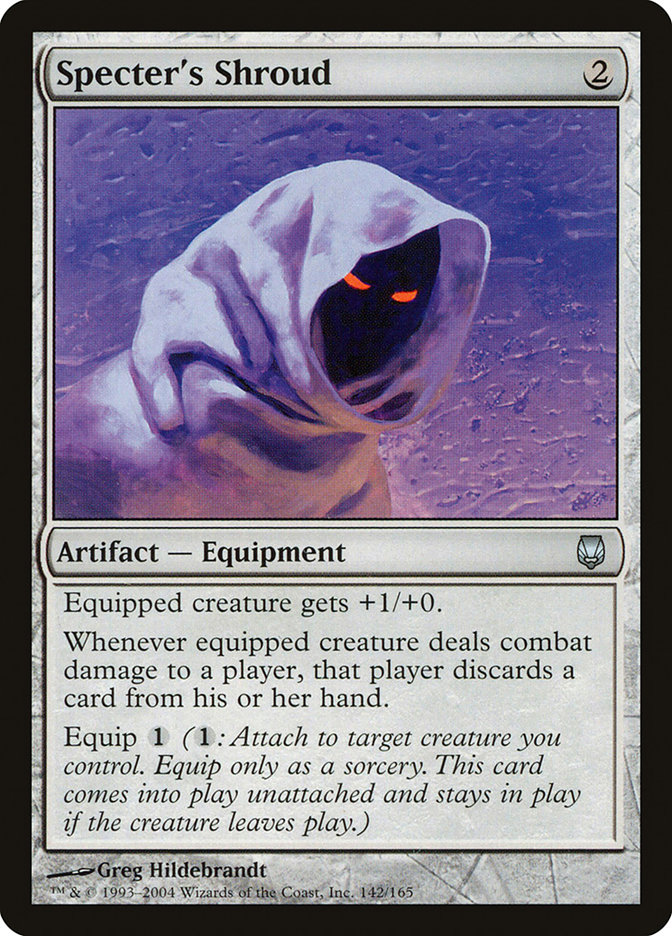

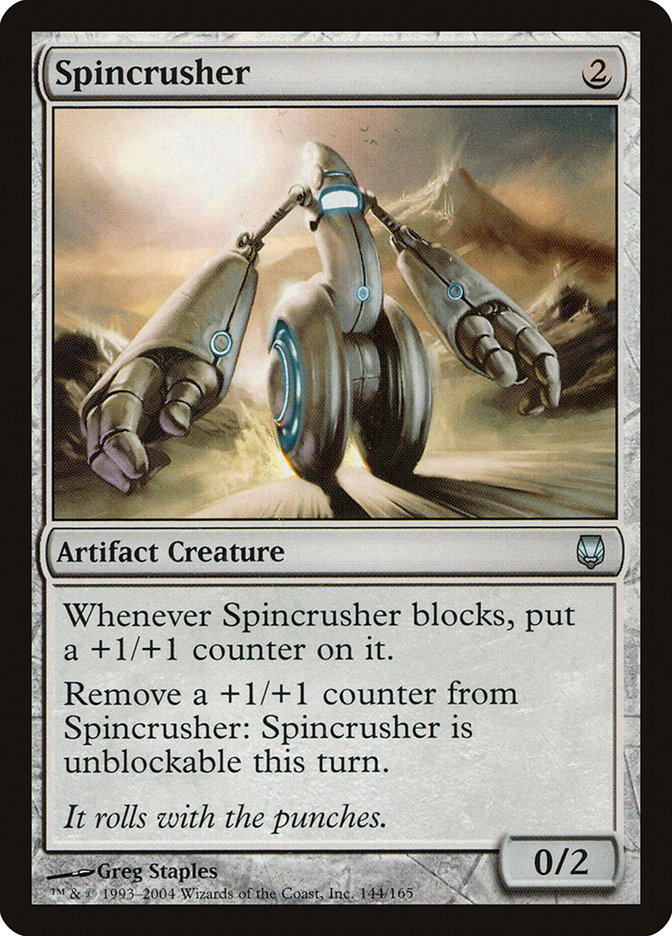
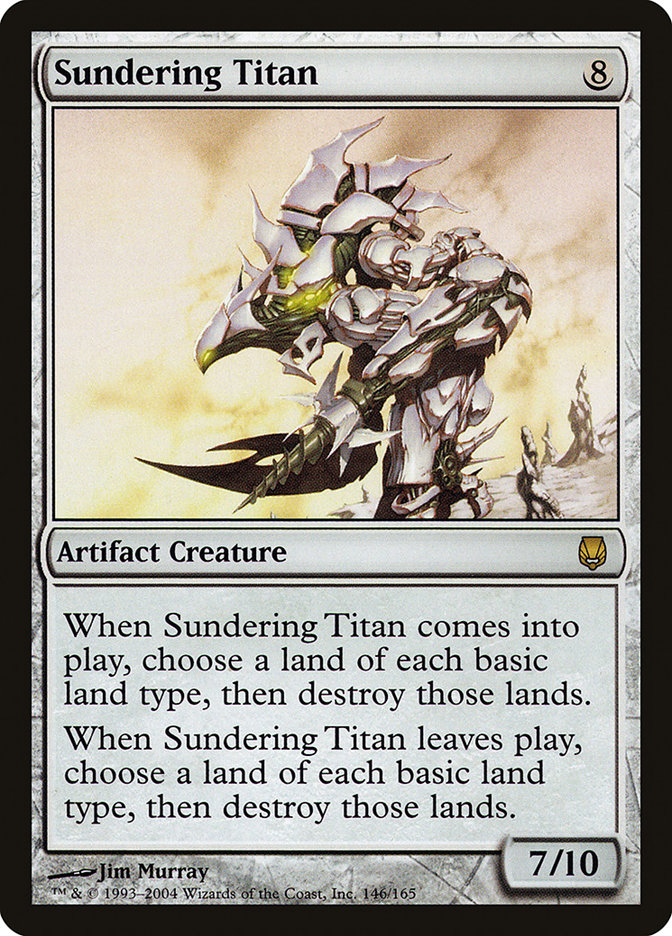

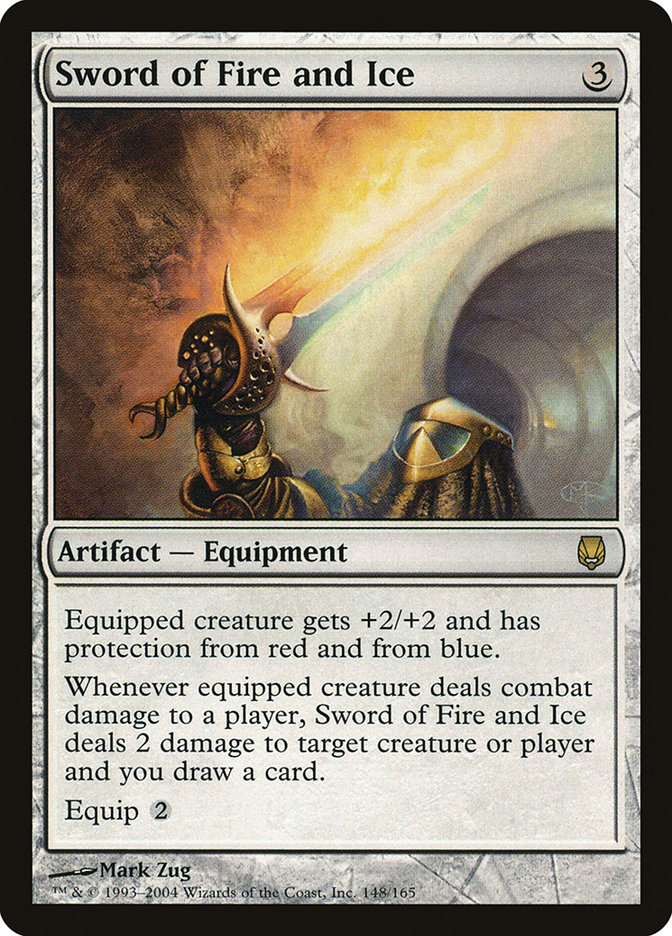

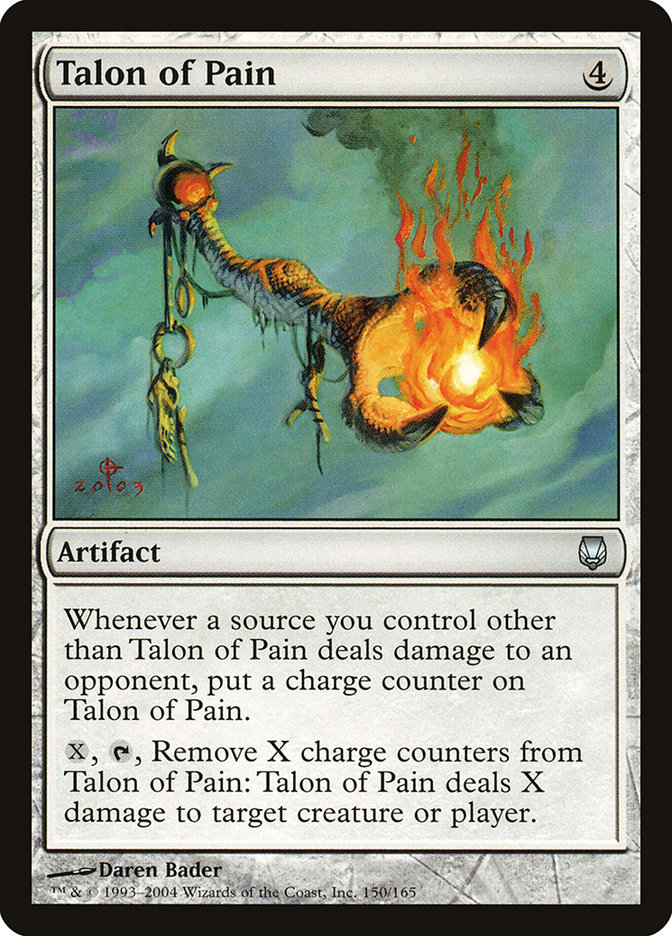
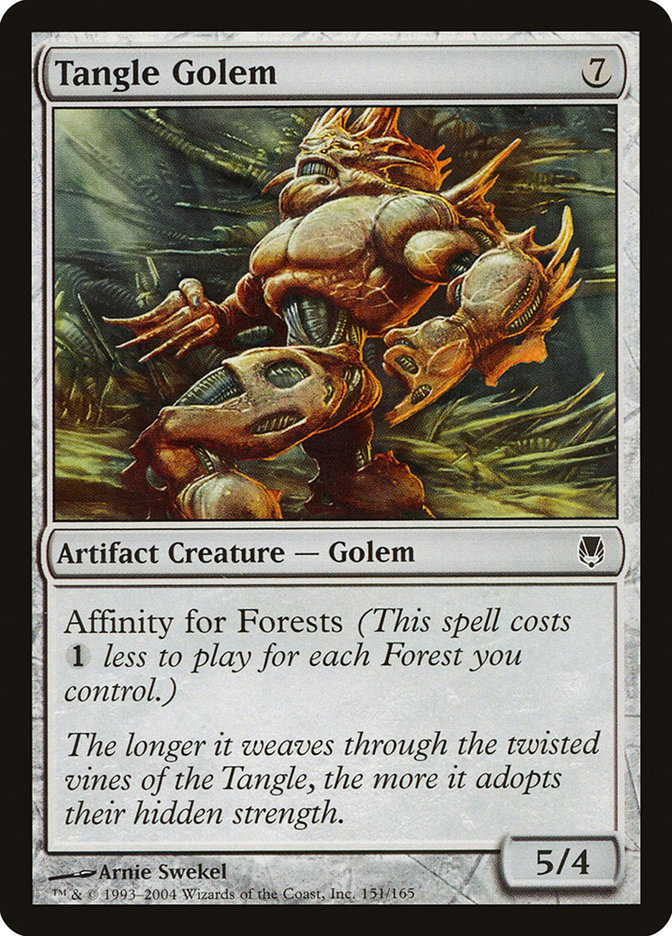



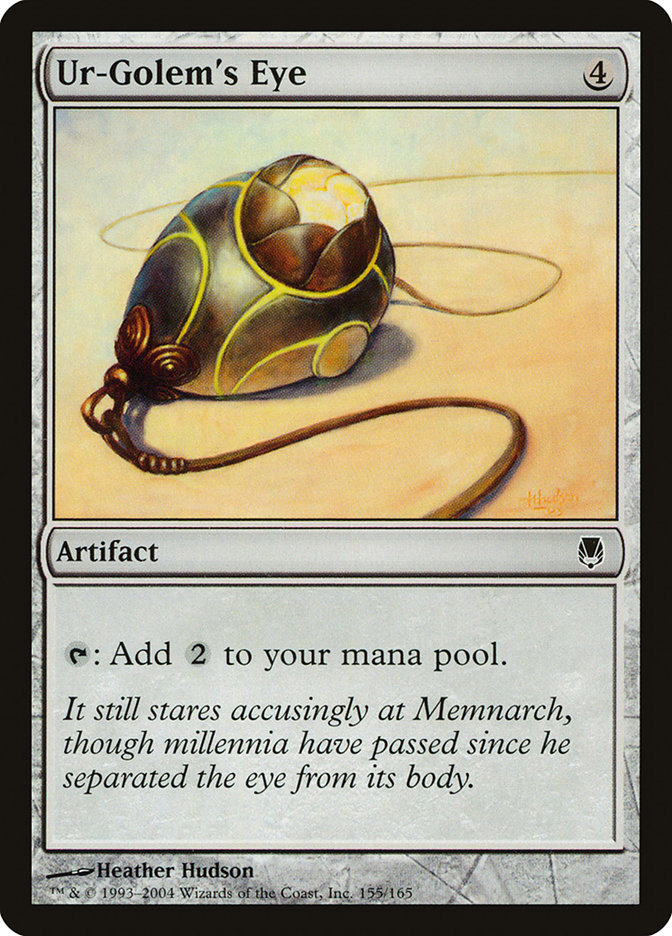
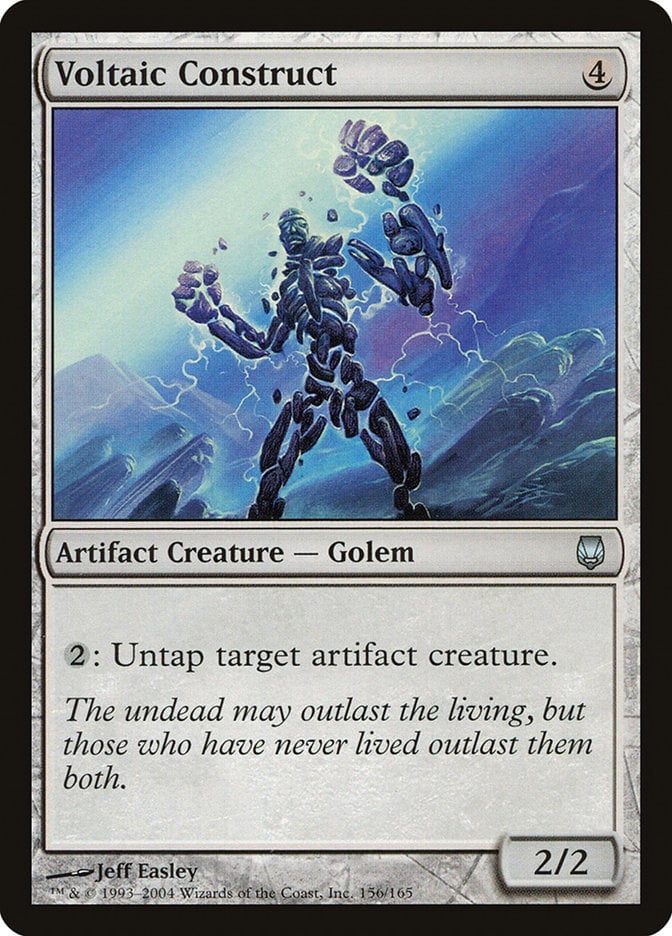
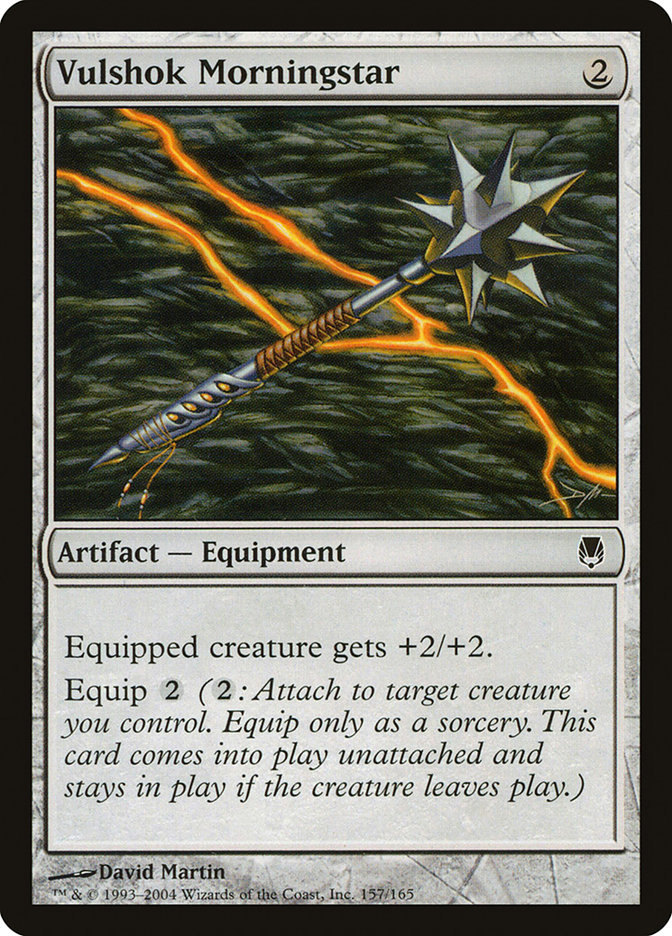
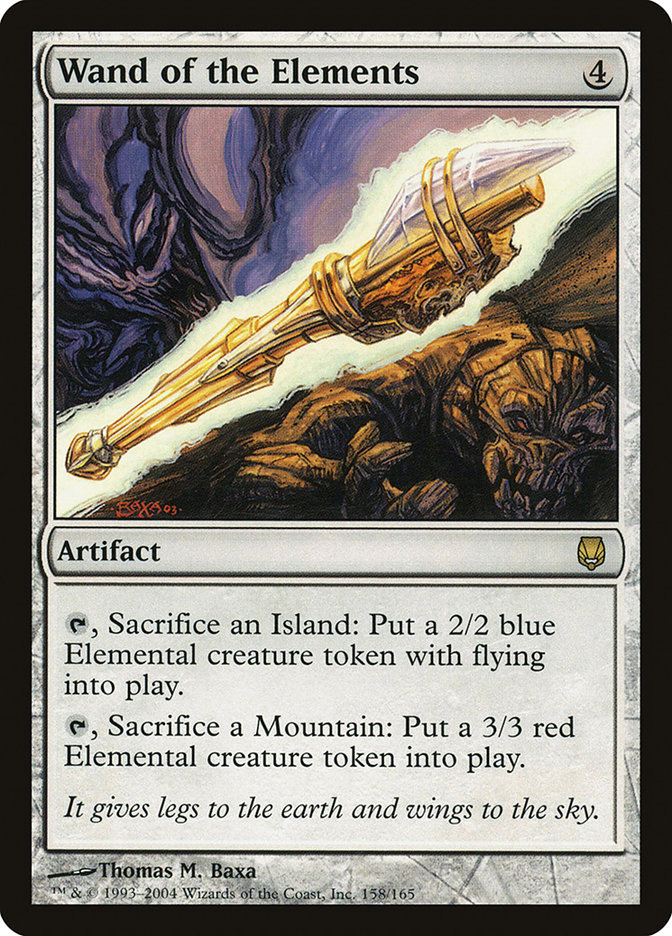
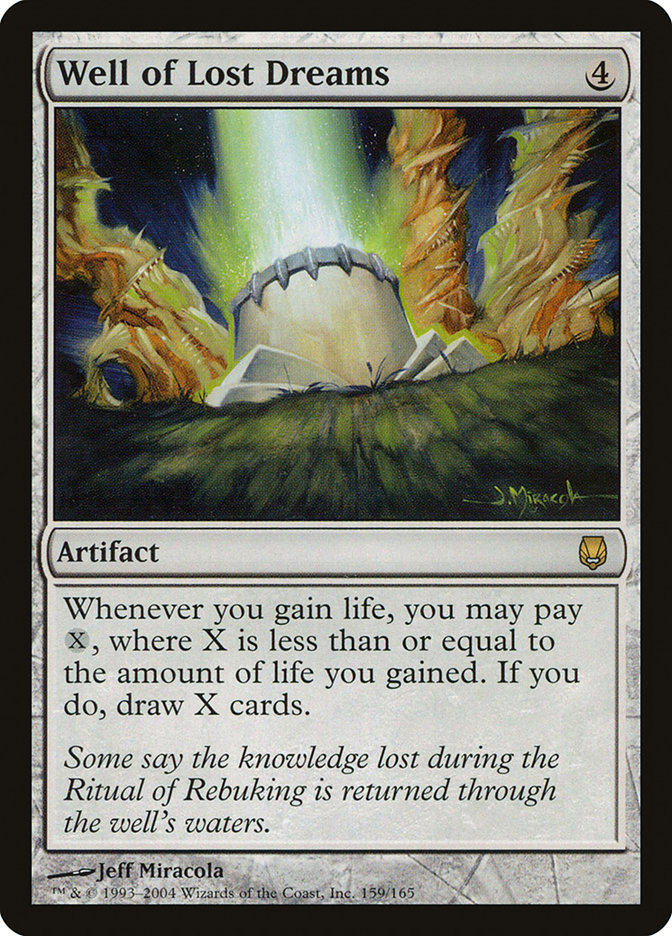
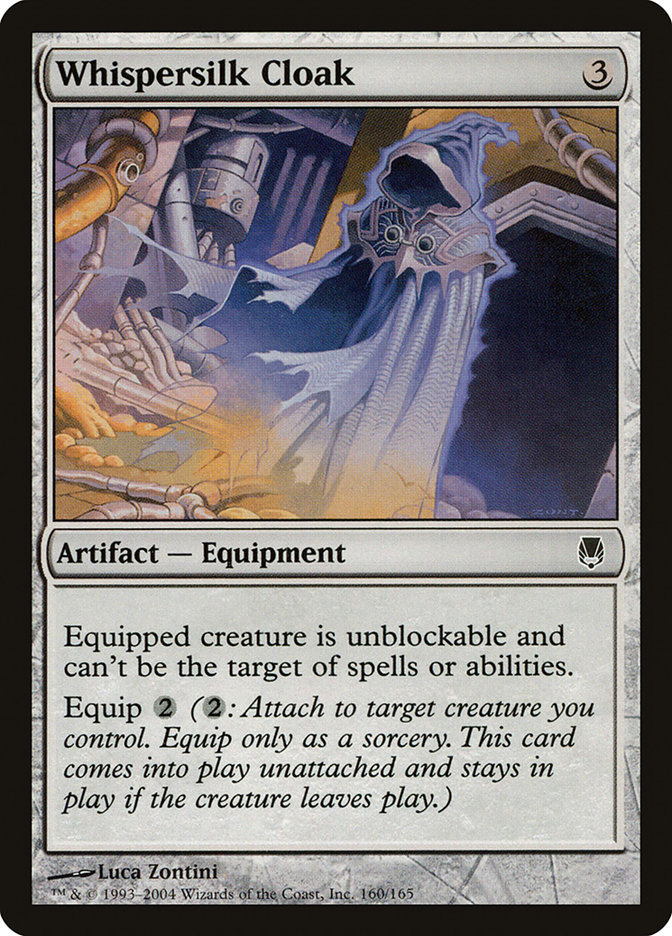
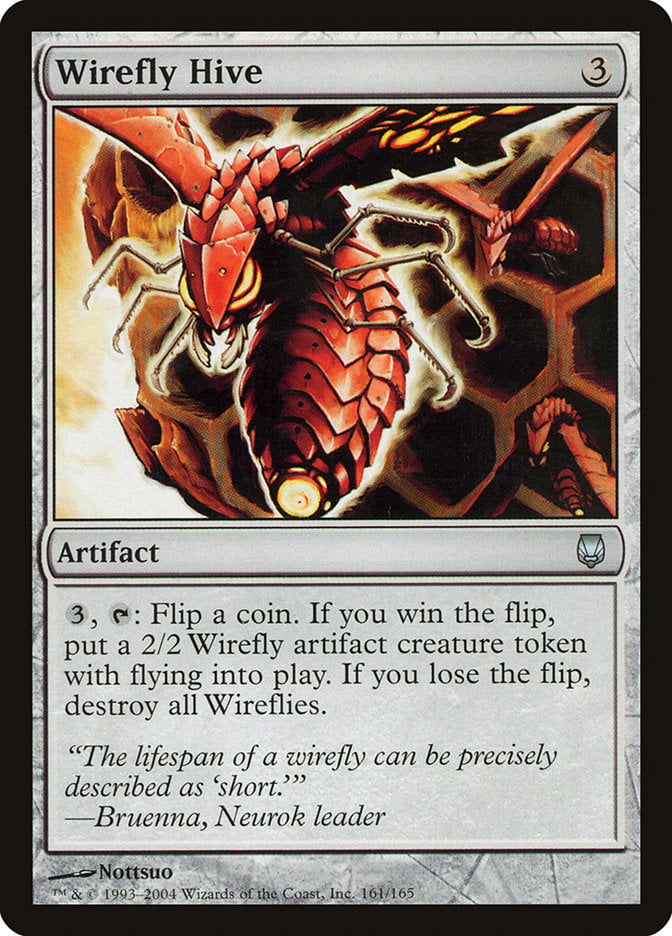
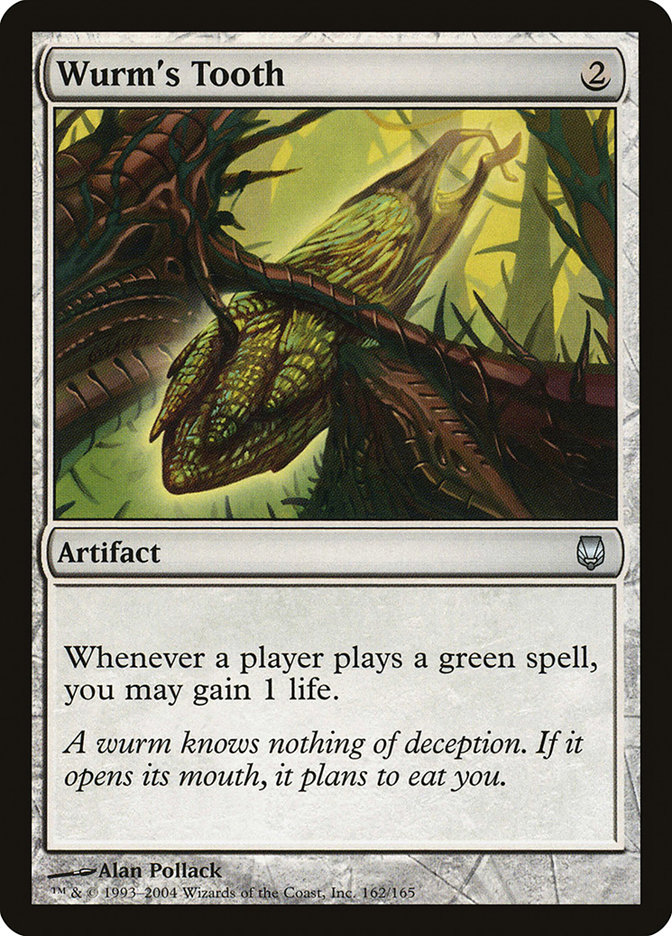
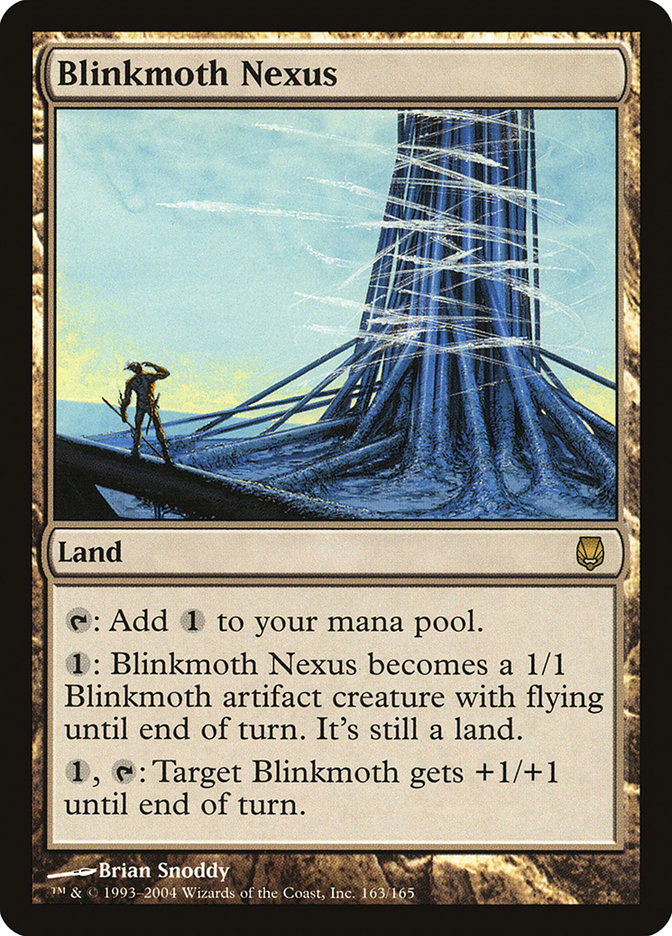
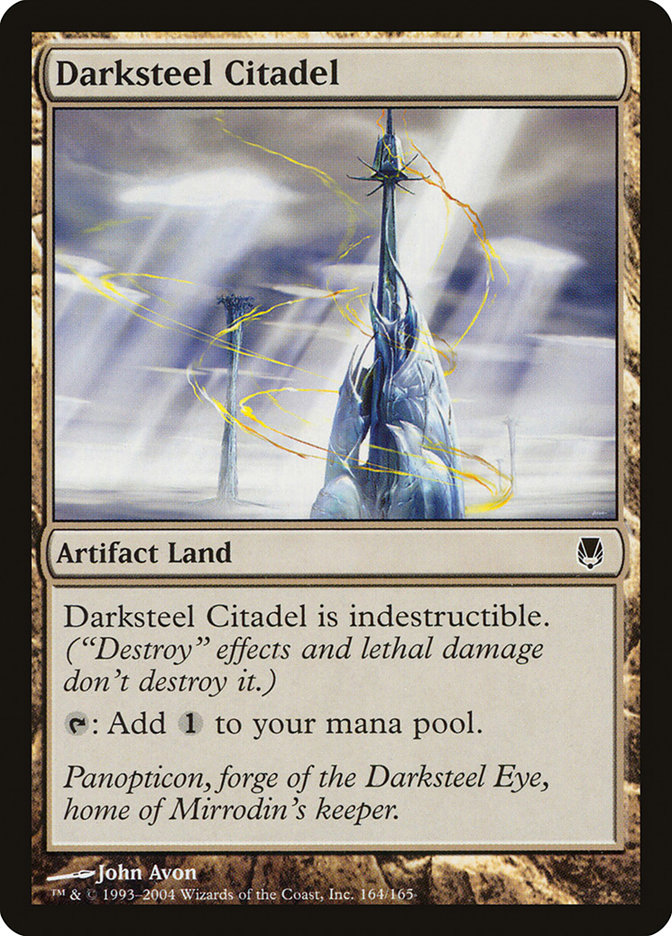

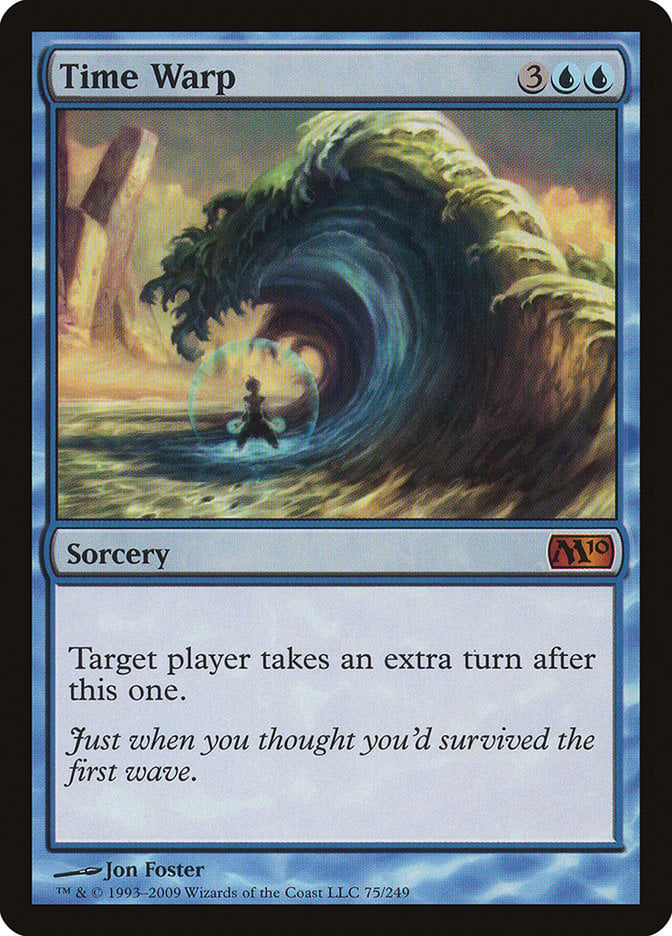

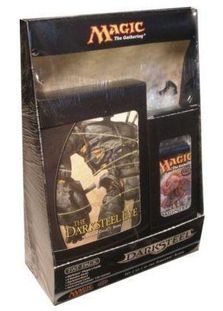
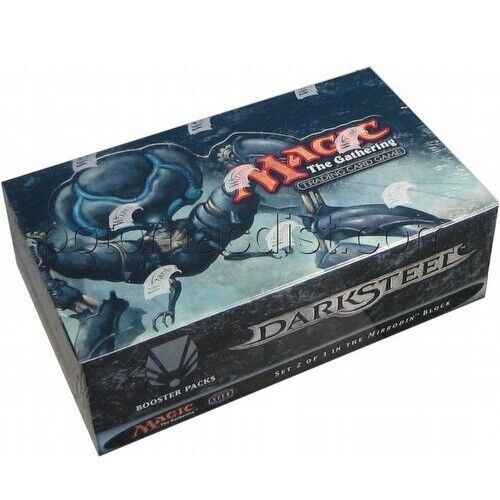
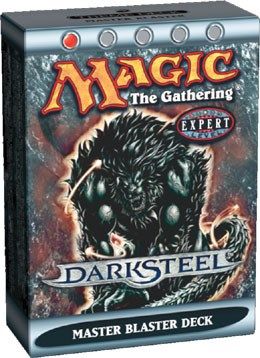




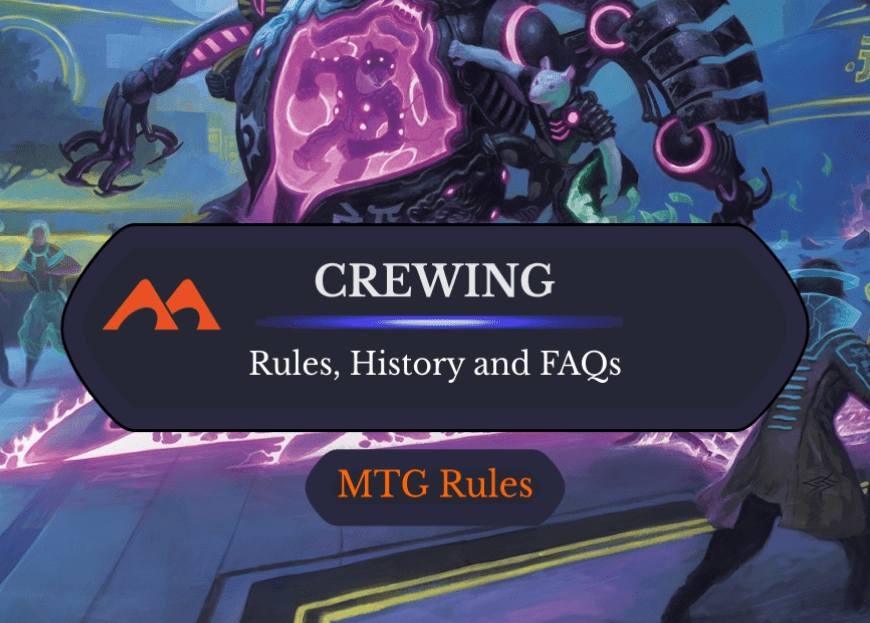
Add Comment